












Bus Stop Sales is delighted to present the latest addition to its already extensive (Australia’s largest) range of electric bus solutions.

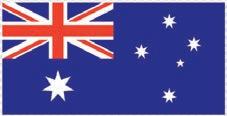

Bus Stop hand selected the best component available globally to assemble the best overall package for Australian operators. The simple and more traditional drivetrain combined with the superior body / chassis build quality means the Bus Stop EVolution is a must inspect for savvy operators looking for world class value. Incredibly best in class, genuine components such as the following are included as standard:





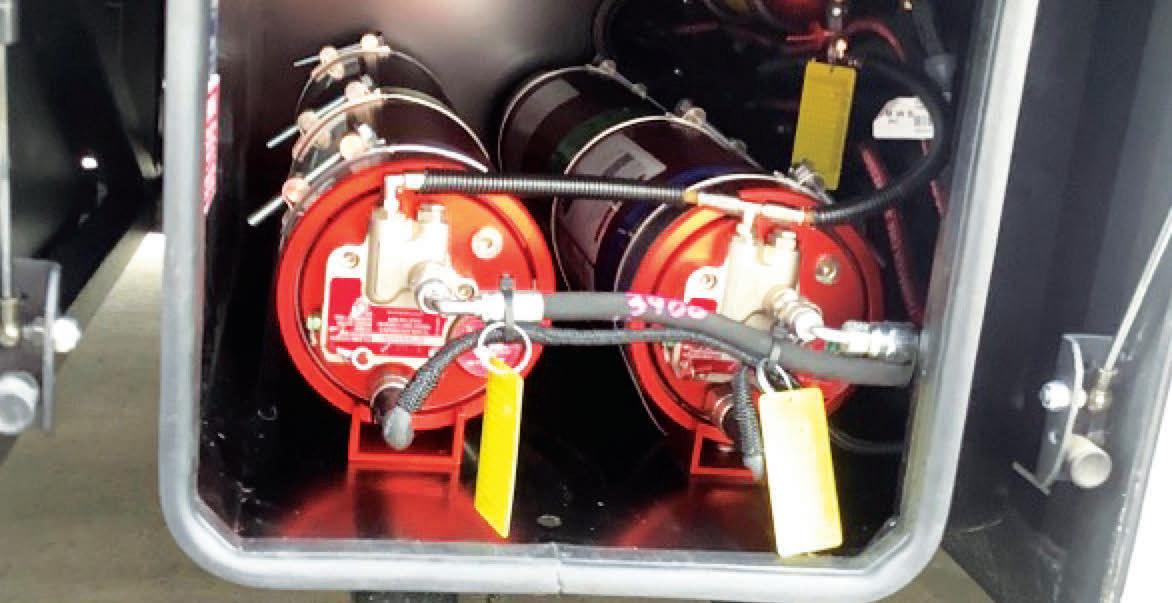


The proven cooling effect and long discharge time of the Fogmaker Water Mist Fire Protection System has a definite advantage regarding battery fires.
Our advanced high-pressure water-wise technology has been tested on lithium-ion battery fires with documented evidence that the long discharge and cooling properties effectively suppress the fire! This in turn, allows the driver crucial time to protect and remove the passengers from immediate danger.
FOGMAKER is tried and tested with over 15,000 installations in Australia. It is the preferred fire suppression in the Australian Bus Industry. No mess, no power, no worries. Fail-Safe and environmentally friendly.

United Safety offers Australia-wide coverage with 24/7 support. You’ll have a dedicated account manager and after sales service with a mobile fleet of technicians ready to roll when required.


United Safety is your complete fire company not only in the transport industry but across all aspects of fire protection.
Other available fire systems from United Safety:
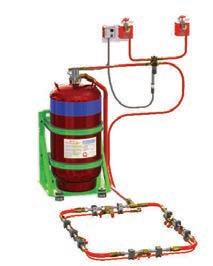




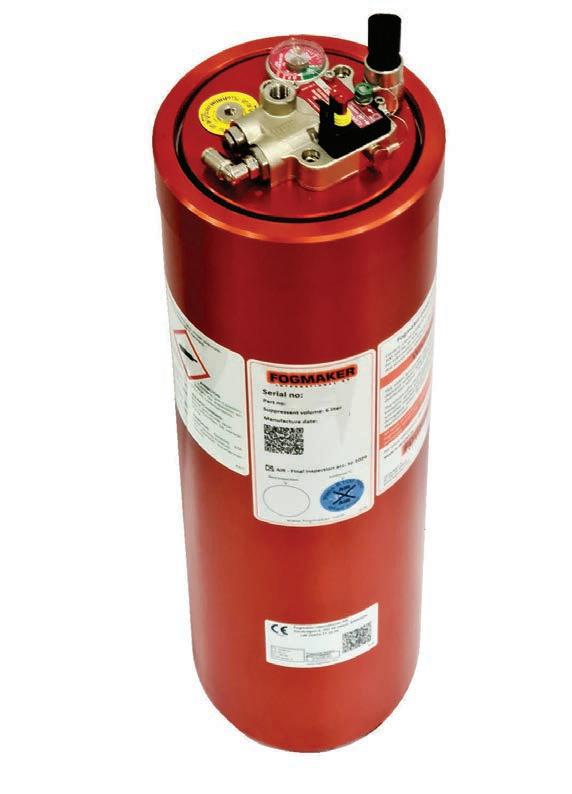

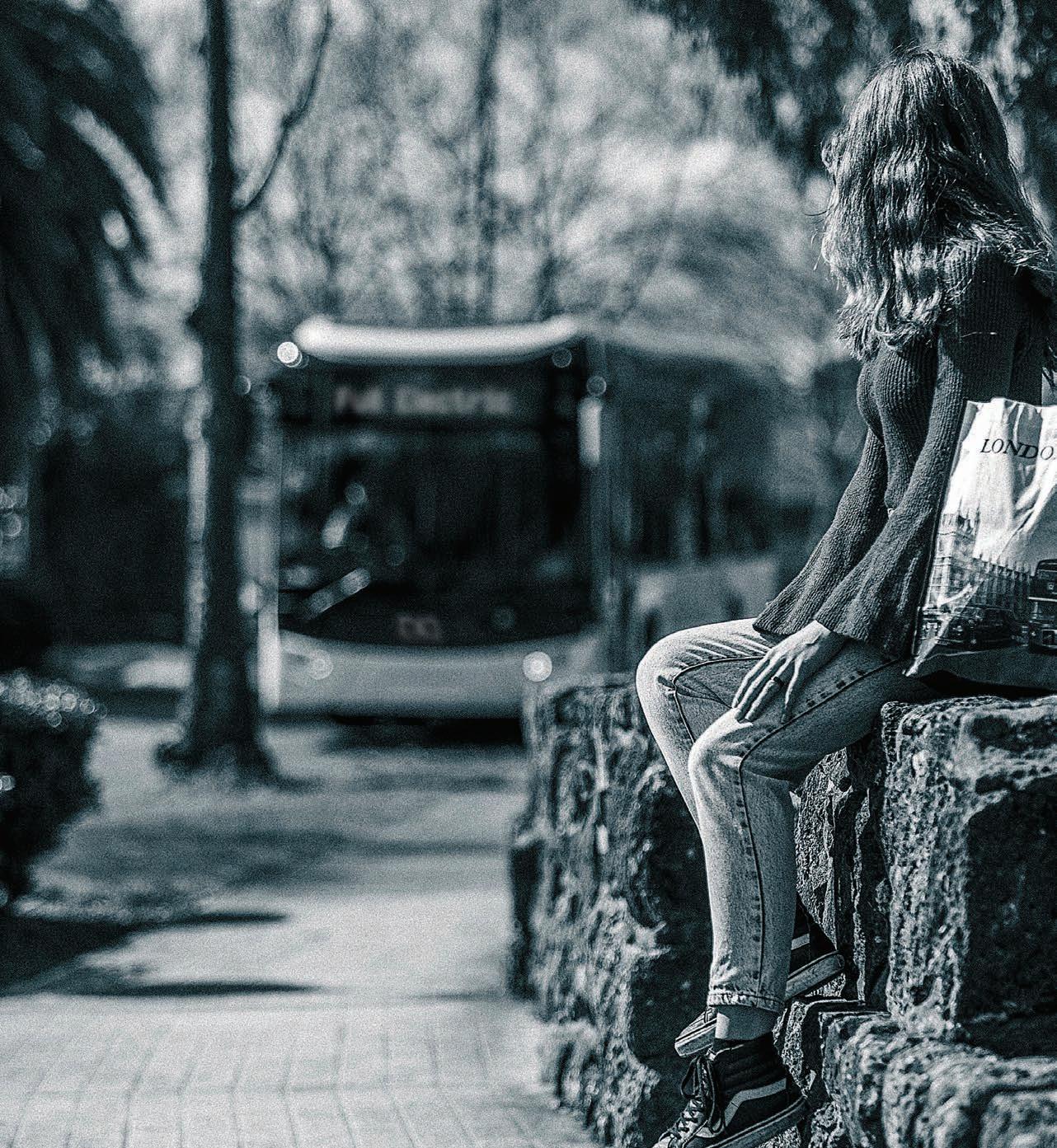

Our buses are an indispensable part of the lives of thousands of Australians. They wait for, travel in and get out of another BCI every day. Their small daily gestures inspire our journey. We are lucky to dedicate ourselves to supply the shell where they occur. They are the reason why we keep going.

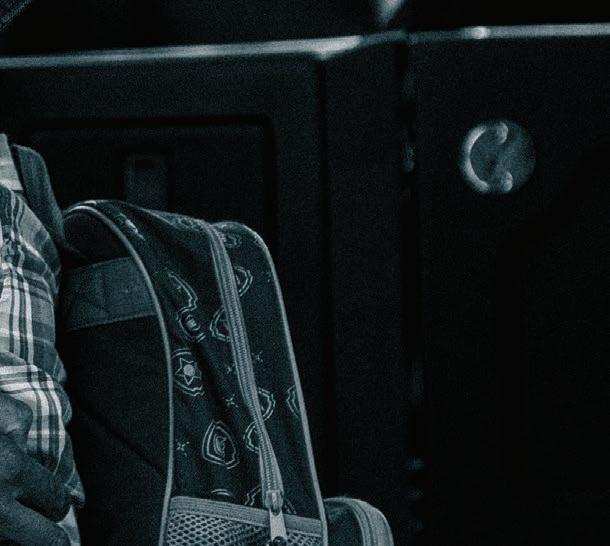

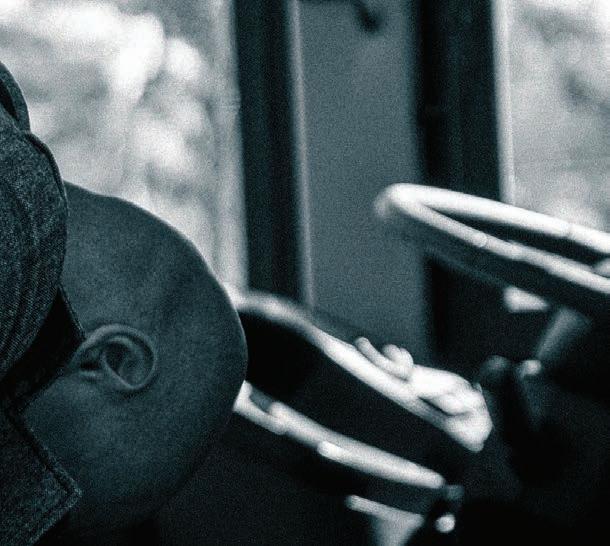

It may not seem like it, but electric vehicles have a long history. The first electric car came long before the Tesla when chemist William Morrison introduced the first successful electric car in 1890. With a top speed of just over 20 kilometres per hour, it wasn’t anything like the technology we see nowadays.
Fast-forward more than 130 years and the slow burn of electric vehicles has broken into a sprint, all because of the latest developments in the bus and coach industry.
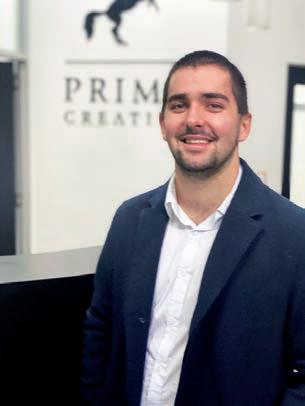
Nowadays, the electric buses we see proliferating global transport ranks can hold more people and travel just a bit faster than Morrison’s six-seat model from the 19th century.
There’s also an amazing amount of technological evolution that is going into these models, particularly when we look at the newest vehicles to grace Australian shores and take on the tough local terrain that our nation is known for.
This February edition of ABC Magazine pays tribute to how far the industry has come in recent years.
Before the COVID-19 hiatus temporarily halted the growth of the industry, diesel buses were still prominent.
Now, not even two years after the last lockdowns were lifted around Australia, electric buses and coaches are dominating global shows and future discussions amongst OEMs and operators alike.
In the space of only a couple of years, electric batteries are now being fitted into the roof of a bus, or even in nifty spaces around axles that allows for luggage storage space.
These innovations are driving down weights of vehicles and increasing the range of battery electric buses to the point that they are ready to tackle the harshest of Australian terrain.
An example comes from Bus Stop Sales. The Brisbane dealer is remaining at the forefront of battery electric bus
technology in Australia through its King Long brand. Its latest electric King Long model graces our cover. From page 22 onwards, enjoy the innovations that are allowing Bus Stop to provide a King Long electric model that can be completely built or partnered with an Australian body.
A full suite of other industry members are also forging forward in the electric bus market, but not just with new vehicles.
As the Australian distributor of Yutong vehicles, VDI has made giant leaps when it comes to electric bus safety through its YESS safety system. As seen on page 30, its groundbreaking layers of safety protect bus batteries. Similarly, United Safety & Survivability Corporation is similarly forward thinking with its safety products for electric buses.
Fire Suppression System can be for electric vehicles.
Electric bus safety is also a leading topic for Volvo Bus Australia. On page 40, the major bus brand is currently making milestone hometown deliveries of its BZL Electric model while still working hard behind the scenes to enhance its battery safety technology.
There are many more clients who discussed electric innovations in this February edition, alongside some interesting insights from the Electric Vehicle Council (EVC) and operator Transit Systems on the state of the electric industry.

This issue shows the rapid development of electric vehicles since Morrison’s first model.
Battery electric buses are the future, but they’re also now very much our
Electric vehicles have more of a history then many might know. The rapid expansion of electric buses in Australia is forming the next chapter and ABC is at the forefront of documenting this innovation as it happens.


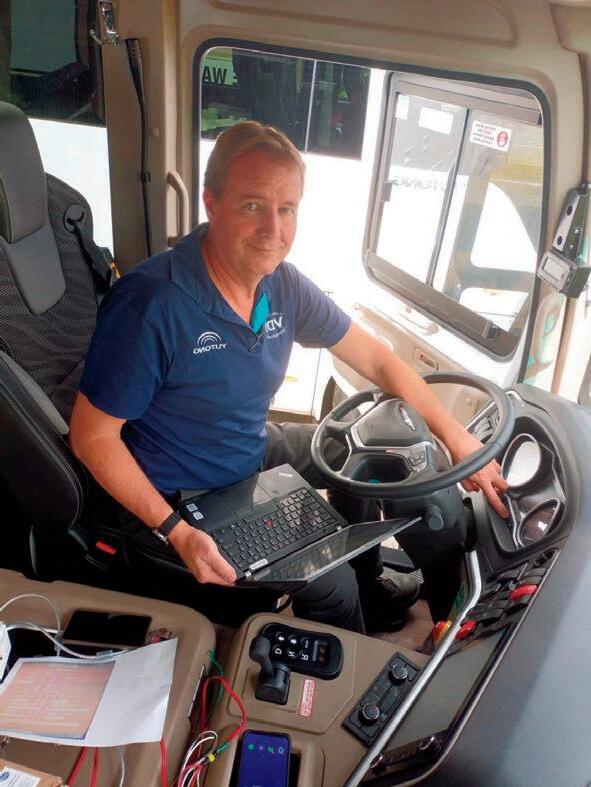

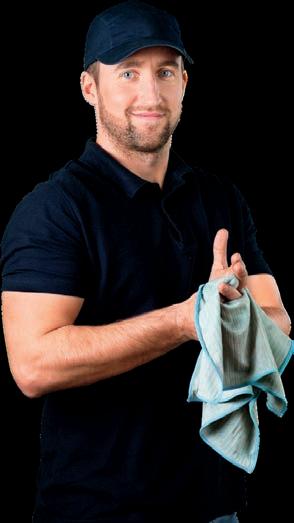
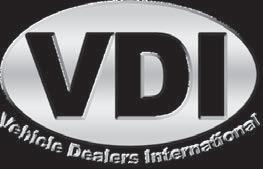



426
Facebook – facebook.com/ABCBusnews YouTube – bit.ly/busandcoachtv Twitter – twitter.com/ABCmag
10. editorial | electric expansion
The rapid expansion of electric buses in Australia is forming the next chapter of electric vehicles.
14. news | all aboard
An overview of the latest Australasian and international bus and coach news that you need to know.
21. bic column BUS INDUSTRY SUMMIT 2023
BIC is focusing on two pressing issues that will be discussed at this year’s Bus Industry Summit.
22. cover story | bus stop sales
KEEPING ELECTRIC FLEXIBLE
With industry veterans on board and an exciting new King Long option in Australia, Bus Stop Sales is at the peak of its electric powers.
26. industry feature | electric bus
snapshot
ACCELERATING ELECTRIC ABC investigates the state of the battery electric bus transition.
30. electric feature | yutong
RAISING THE BAR
VDI Australia has found ways of improving electric battery safety that goes above and beyond global standards.
32. operator | tranzit group
LEADING THE ELECTRIC CHARGE
In 2018, New Zealand family owned operator Tranzit Group introduced its first electric bus to operations. It’s only grown since.
36. electric feature | united safety
FIGHTING ELECTRIC FIRES
United Safety & Survivability Corporation’s Fogmaker is a leading product when it comes to Australian fire suppression.
40. electric feature | volvo
HOMETOWN HEROES
A recent launch proved particularly special for the Queensland-based manufacturer.
44. electric feature | nexport SHARPENING FOCUS
Nexport Chief Commercial Officer Dan Porter sat down with ABC to discuss what the zero-emissions brand has learnt about deploying electric buses in Australia.
48. feature | capral ADVANCING ALUMINIUM
Aluminium extruder and distributor Capral has spent the past two years developing a new low carbon product.
51. electric feature | zenobe RAPID PROGRESSION
In just over two years in Australia, Zenobe has already finished a milestone electric bus depot project.
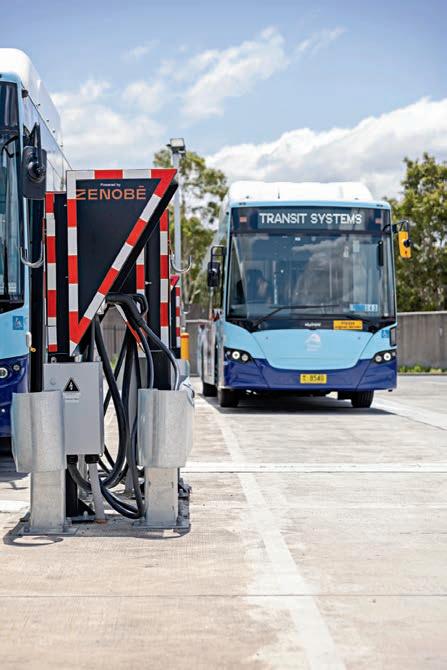
54. electric feature | bci MAKING HISTORY
In early February, BCI delivered the first private commercial electric coaches in Western Australia.
57. event | bus & coach awards EXCITING MOVE
In March 2024, ABC Magazine will proudly support the inaugural Australasian Bus & Coach Transit Awards.
58. electric feature | foton USING ELECTRIC EXPERIENCE
Foton Mobility has used all of its knowledge on its new low floor battery electric city bus.
60. feature | queensland thermo king UNIQUE NETWORK
As a HVAC dealer, Queensland Thermo King is continuing to look for new ways to grow in Australia.
62. feature | irizar EXCELLING EARLY
Irizar Asia Pacific managed to get ahead of the game with its 2023 order book.
64. feature | e-t-a HIGH VOLTAGE
Ricardo Pimenta is one of many at E-T-A’s global headquarters who continue tackling the challenges that bus and coach electrification throws at electrical circuits.
67. bus marketplace | classifieds FOR SALE!
Check out all these great listings from some of the leading bus and coach companies on the planet. Have a look and see what you might find.
69. events INDUSTRY EVENTS FOR 2023
Be sure not to miss out on an opportunity for these fantastic in person events, as well as enjoying a recap of some of 2022’s best events.
70. factory facts | bus deliveries MONTHLY RESULTS
We have all the latest bus and coach supplier sales data collected and recorded for you review, check out how the market has performed in the past month.
74. back seat | news THE BARKING BUS
In Skagway, a unique dog walking business has exploded online after buying a bus to transport its canine clientele.
EDITORIAL
COO: Christine Clancy
ph: (03) 9690 8766
e-mail: Christine.Clancy@primecreative.com.au
Editor: Sean Mortell
e-mail: Sean.Mortell@primecreative.com.au
Trader Transport Managing Editor: Geoff Crockett
e-mail: geoff.crockett@primecreative.com.au
PRODUCTION
Art Director: Bea Barthelson
PRINTING Brougham Press
ADVERTISING
Trader Group Sales Manager: James Rock
ph: 0419 139 941
e-mail: James.Rock@primecreative.com.au
Business Development Manager – Bus: Matt Alexander
ph: 0413 599 669
e-mail: Matt.Alexander@primecreative.com.au
SUBSCRIPTIONS
www.busnews.com.au/subscribe
ph: +61 (0)3 9690 8766 – Mon-Fri 8am-4.30pm (EST)
e-mail: subscriptions@primecreative.com.au
mail: 379 Docklands Drive, Docklands VIC 3008 Australia
Annual subscription rates (12 issues):
Australia: $99* NZ: $A109
Overseas: $A170 (Australian air-mail only)
*price includes GST
EXECUTIVE GROUP
CEO: John Murphy
Head of Customer Experience: Regina Fellner
Trader Group Sales Director: Brad Buchanan
379 Docklands Drive, Docklands VIC 3008
T: 03 9690 8766
www.primecreativemedia.com.au
ISSN 1324-8634
DISTRIBUTION
Distribution within Australia and New Zealand and beyond by paid subscription to the owners and managers of: • route buses • government bus operations • school buses • extended and day tour operations • express coaches • country and charter operations • bus and coach manufacturers • equipment suppliers • tourism attractions • railways management.
Australasian Bus & Coach (ABC) magazine is owned by Prime Creative Media. All material in ABC is copyright and no part may be reproduced or copied in any form or by any means (graphic, electronic or mechanical including information and retrieval systems) without written permission of the publisher.
The Editor welcomes contributions but reserves the right to accept or reject any material. While every effort has been made to ensure the accuracy of information Prime Creative Media will not accept responsibility for errors or omissions or for any consequences arising from reliance on information published. Opinions expressed in ABC are not necessarily the opinions of, or endorsed by the publisher unless otherwise stated.








NSW operator Busways conducted its first test of a European model zero-emissions bus (ZEB) in Coffs Harbour in February while also testing a Nexport ZE-B125 model in Penrith.
The testing of the Volvo and Nexport vehicles follow Busways’ procurement of the Australian made Custom Denning Element vehicles for Western Sydney in 2021 and 2022 and an earlier Busways trial of a Yutong E12
model in Coffs Harbour in 2021.
“It is an important part of Busways’ zero-emissions fleet transition strategy to test and benchmark different makes and models in Australian conditions, as electric bus technology is constantly evolving,” Busways Chief Operating Officer Chris Wolf says.
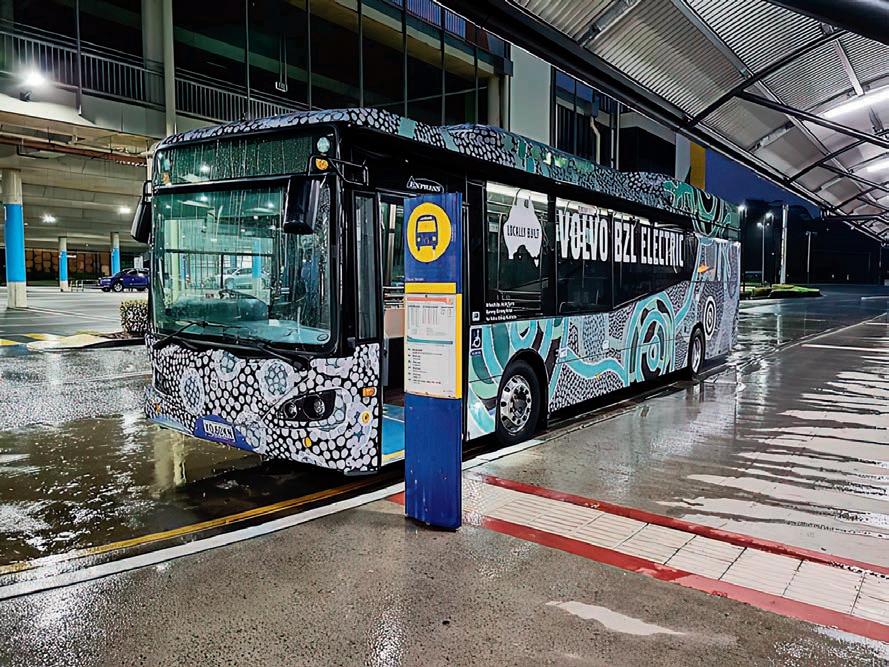
“We are looking to evaluate different buses to assess which deliver a comfortable and reliable service while
ComfortDelGro Corporation
Australia (CDC) commenced operating expanded services in the Queanbeyan region alongside a fresh new look for its Greater Canberra bus lines.
The public transport upgrades, part of extensive network improvements by the NSW government under its 16 Regional Cities Program, were launched in Queanbeyan in by NSW Deputy Premier and regional minister Paul Toole.
“There will be more buses more often working faster on more direct routes alongside new weekend services to connect local communities more reliably to where they need to go, with 90 new
additional weekly bus services in Queanbeyan,” Toole says.
“The new bus network includes better cross-border connections with Canberra and the ACT, as well as improved services to Queanbeyan Station, Canberra Airport, Service NSW and TAFE.
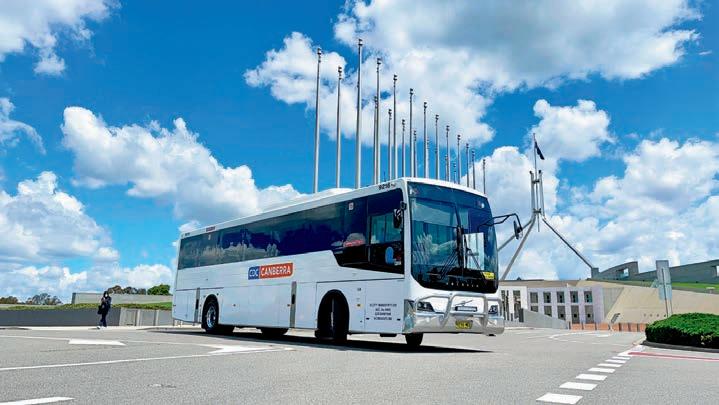
Customers travelling from Jerrabomberra and Googong to Canberra will save up to an hour under the new changes and residents in Tralee will receive town bus services for the first time.
“We are pleased to partner with CDC in delivering these major improvements to public transport services across the region.”
The upgrades coincide with the rebranding of CDC’s Qcity Transit and Transborder Express services to
also offering good value for money over the whole life of the asset.”
Busways zero-emissions bus and innovation manager Joe Kotevich says that each bus has the ability to capture a wide range of data to help with assessing these factors.
“In addition to electricity consumption, we assess time taken to charge, demand from air conditioning, power regenerated through braking and more,” Kotevich says.
“It is important to look at components such as suspension, doors, driveline, air conditioning, manufacturer support and additional training needed for drivers or maintenance teams.”
In Coffs Harbour, Kotevich says Busways was keen to see how a European engineered electric bus compares to other models in a regional environment.
“We will be testing the bus in summer conditions when higher air-con demand impacts power consumption,” Kotevich says.
“We’ll also see how it manages the terrain in and around the region, to help inform us how electric buses will integrate with the existing regional fleet
new branding, CDC Canberra.
The combined fleet of more than 145 buses will now display the distinctive orange and blue livery of parent company CDC that operates in six states and territories.
CDC Regional Australia division CEO Tony Hopkins says the service expansions in partnership with the NSW government will be fruitful for the communities it serves.
Operating across the Greater Canberra region, CDC employs more than 220 local staff at its Queanbeyan and Canberra depots.
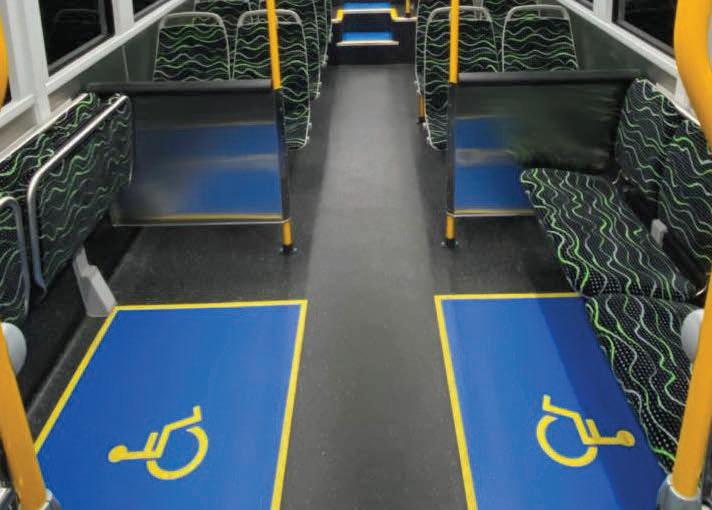
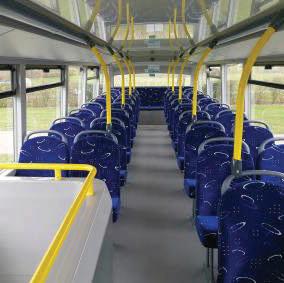

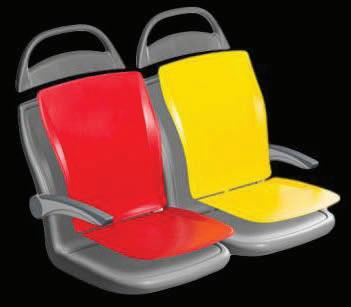
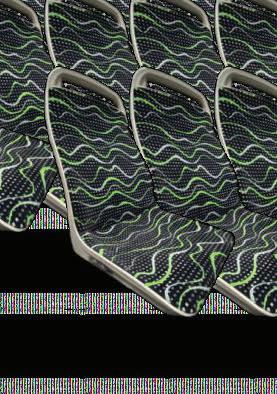


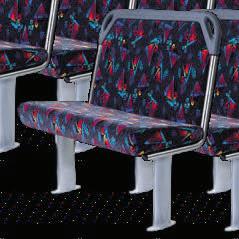


Queensland’s public transport network is powering on to a greener future with the addition of 17 electric buses to Transdev’s fleet.
Translink has worked with Transdev to order the buses, with the first scheduled to start services in February before the other 16 buses progressively join the network.
Locally-sourced solar at Transdev’s Capalaba depot will help power the buses, which will service Brisbane’s eastern suburbs.
Transport and Main Roads Minister Mark Bailey says the buses were being built locally at Volgren’s Eagle Farm manufacturing facility on Brisbane’s northside, with each bus built supporting five jobs at Volgren.

“These 17 new electric buses will play a key role in helping us hit our emissions reduction targets, so it’s great to see the rollout is about to begin,” Bailey says.
“While these buses are making public transport more sustainable, they’re also supporting good, secure jobs in Brisbane.
“We’re not stopping here either – from 2025, all new buses on the South East
Queensland urban network will be zero-emissions buses, while regional implementation will begin between 2025 and 2030. We’re delivering better services throughout the state, helping Queenslanders move around in a sustainable, safe and efficient way.”
Minister for Manufacturing Glenn Butcher says the announcement is more evidence that the Queensland manufacturing sector is a nation and world-leader.
“Manufacturing contributes more than $20 billion a year to the Queensland economy and moves like this mean that number will only grow,” Butcher says.
“Queensland manufacturers are the best of the best and I’ve always said if we can make it here at home, then we should. I’m really looking forward to seeing these Transdev buses on Queensland roads.”
Transdev Queensland Managing Director Mark McKenzie says he’s proud to be working with the Queensland government and suppliers to deliver a
greener bus fleet.
“These new buses are quieter and fully featured vehicles which I hope our Redlands customers will enjoy,” McKenzie says.
“Major depot work is underway now including cabling, utilities and new vehicle chargers to set us up for our electric and hydrogen-based future.
“This is also about upskilling our local workforce in this renewable energy space with technical skills that will be transferrable to other industries.”
Translink has cut three bus routes short as services won’t travel to two stations after dark following safety issues.
In Brisbane, operator Translink has made major changes to three bus routes over safety concerns.
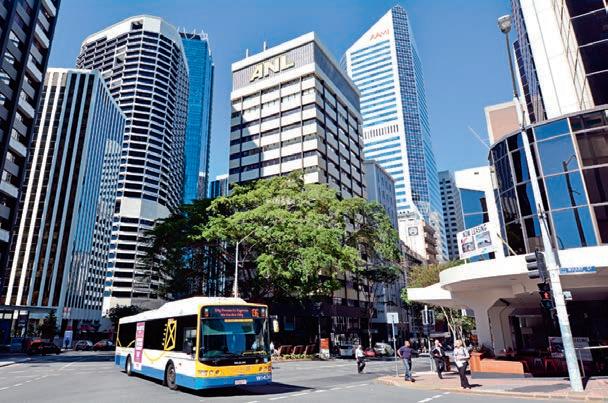
From 6.30PM until the last service every night until further notice, changes to routes 100, 110 and N100 will be in place to keep passengers and drivers safe.
For the route 100 bus travelling towards Forest Lake, the service will end at Blunder Road stop 67 and not continue to Forest Lake shops, while the nightlink
route N100 travelling towards Richlands station ends at the same stop and won’t go on to Richlands station for the near future.
For the route 110 bus travelling towards Inala Plaza, the bus will terminate at Mortime Road stop 59, Acacia Ridge North and continue to Inala Plaza station.
Translink advises passengers to instead catch the route 111, 555, 115 or 117 buses to transfer and arrive at Inala Plaza station.
ABC Radio Brisbane initially heard from an anonymous bus driver who said drivers didn’t want to go through the Forest Lake or Inala area anymore. However, Tom Brown from
the Rail, Tram and Bus Union (RTBU) later told ABC that the route was changed after a rock was thrown into a bus window, terrifying two female passengers who vowed to never catch a bus again.
Above: Certain Brisbane bus routes have been changed due to safety concerns
Bus operator Kinetic Group has unveiled new electrification and infrastructure upgrades at its Sunshine West and Heatherton depots in Melbourne, under its partnership with the Victorian government to deliver a bus network that’s cleaner, greener and more reliable.
The infrastructure milestone is part of Kinetic’s partnership with the Victorian government to introduce 36 battery electric buses to Melbourne by mid-2025, with an average of one new BEB joining the network each month.
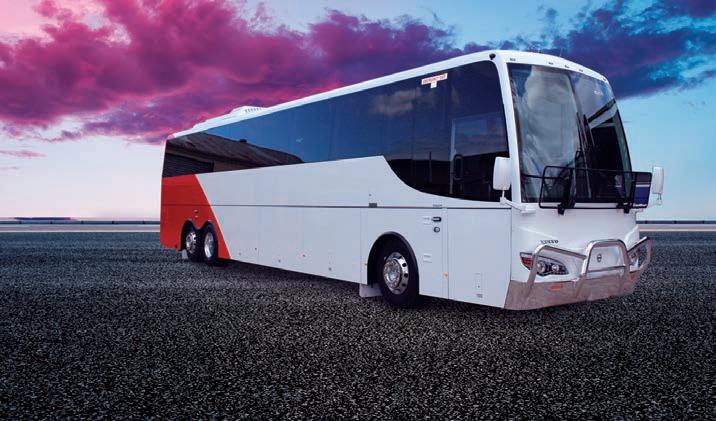
Kinetic Co CEO Michael Sewards joined Victorian public transport minister Ben Carroll to showcase the refurbished Sunshine West depot.
The Sunshine West upgrades include new undercover bays to provide weather protection and charging infrastructure for the buses. More than 300 solar panels have also been installed to reduce the depot’s carbon footprint and electricity to power the buses is 100 per cent green via a carbon offset program.
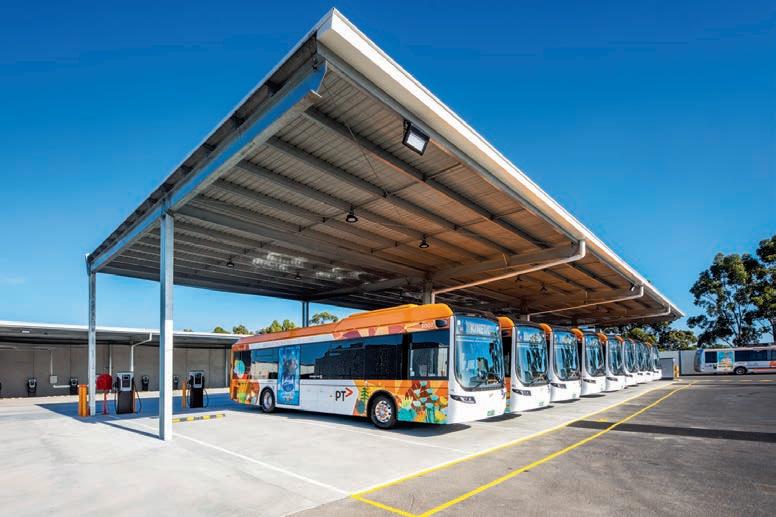
At Heatherton, electrical infrastructure upgrades have been completed and undercover bays and 84 solar panels installed. Twelve charging dispensers have also been installed to power the electric buses operating from the depot.
Kinetic operates a third of Melbourne’s public bus network after it was selected by the Victorian government to operate the $2.3 billion Metropolitan Bus Franchise in 2021. Kinetic’s commitment to introducing a zero and low emissions bus network includes replacing 163 diesel buses with 36 BEBs and 127 hybrid buses by mid-2025.
buses already operating out of the Sunshine West and Heatherton depots support 16 metropolitan routes and have saved more than 216 tonnes of CO2 emissions over more than 200,000 collective kilometres travelled.
This data and further learnings from the initial deployment of BEBs by Kinetic will supplement the findings of the Victorian government’s $20 million Zero Emissions Bus (ZEB) trial. The three-year ZEB trial will inform the transition of around 4,000 diesel buses in the state’s public fleet, including around 2,200 in regional Victoria, to zero emissions. From 2025, all new buses on Victoria’s public transport routes will be zero emissions.
Kinetic is targeting 100 per cent zero emissions vehicles across its fleet by 2035 and partners with governments across Australia and New Zealand to help meet their own local, state and
improvements are an important milestone in our pathway to deliver 36 battery electric buses to the city’s public transit fleet in partnership with the Victorian government – and we are proud to deliver them in our first year of operating the Metropolitan Bus Franchise,” Sewards says.
“The Sunshine West and Heatherton depots are an investment in a safe, reliable, and sustainable network that will encourage more Victorians to get out of their cars and onto our buses, which is ultimately better for local communities and the environment.”
Carroll says: “Tackling emissions in the bus industry is critical to Victoria meeting its new commitment of net zero emissions by 2045.
“We’re investing in greener technologies, supporting local manufacturing to transform our state’s transport system.”
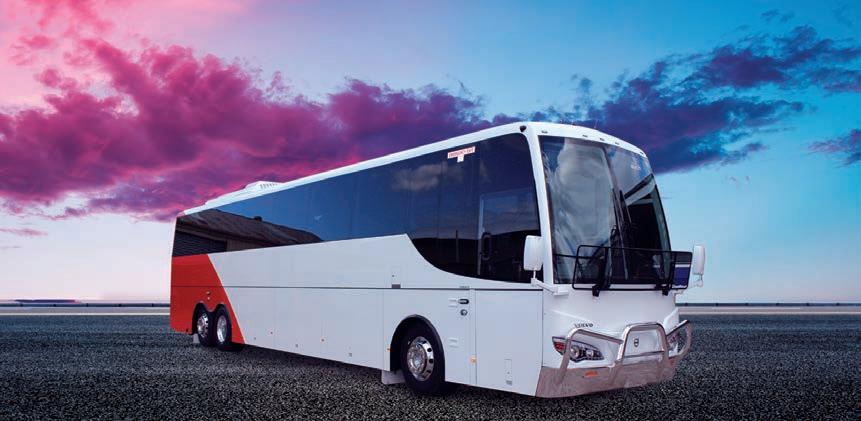
There is no single solution to sustainable transport but it’s clear that renewable energy and hybrid technology play an important role. In fact, on some types of routes with frequent stops, hybrid buses simply can’t be beaten when it comes to both carbon and overall emission reductions, as well as fuel economy.
Our Euro 6 diesel electric hybrid is a multi-purpose solution that lets you run the same high-capacity buses on suburban and suburb-to-city routes alike – even in the most challenging terrain.

And increasingly available locally produced biodiesel enables you to combine hybrid technology with renewable fuels, safeguarding your fuel supply whilst also reducing CO2 emissions by a staggering 80%.
Scania Hybrid, your commercially sustainable bridge to a zero emissions future.
For more information contact:
Jamie Atkinson: 0408 059 501
Ian Clarke: 0438 482 492

www.scania.com.au youtube.com/ScaniaAustralia
Scania currently have vacancies for diesel technicians, please go to our website to find out more.
Bus operator Kinetic is helping Auckland Transport (AT) power ahead with its plans to decarbonise urban buses after unveiling a fully electric bus depot in Panmure, East Auckland.
The NZ bus depot has the latest technology to reduce burden on the grid and improve the environmental impact of Auckland’s battery electric bus fleet without putting Auckland’s energy supply at risk.

The depot is home to 35 electric buses, with each one charged overnight via its own individual direct current charger. They are part of a total order of 152 electric buses that were agreed between AT and Kinetic’s NZ Bus in November 2021.
The Panmure site marks Kinetic’s fifth electric bus depot in New Zealand and its second fully dedicated electric bus depot across Australasia after unveiling an all-electric bus depot powered by 100 per cent renewable energy at Currumbin on Queensland’s Gold Coast in 2022.
AT’s Interim Chief Executive Mark Lambert says this is a significant step forward in implementing the Low Emission Bus Roadmap to decarbonise Auckland’s public transport.
“It aligns with the government’s 2035 mandate for the full decarbonisation of urban buses in New Zealand,” Lambert says.
“These buses are the first tranche of electric buses, with more coming over the next two years. It’s been exciting to witness the transition to electric buses recently and we know our customers are enjoying the cleaner, quieter travel.”
ZF is making waves in the US as it launches a new autonomous shuttle alongside a mobility company.
In a major move, ZF has unveiled its next generation shuttle for autonomous driving in urban environments and mixed traffic.
ZF will partner with mobility provider Beep to help bring the new-generation Level 4 shuttle to the US market.
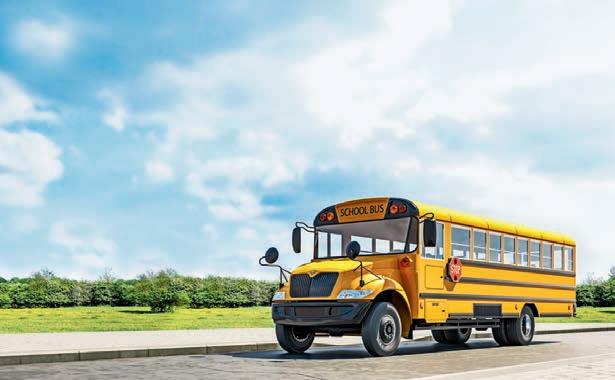
The pair have signed an agreement to potentially supply 7,000 new-generation shuttles, with the vehicle being launched at the 2023 Consumer Electronics Show (CES) in Las Vegas earlier this month.
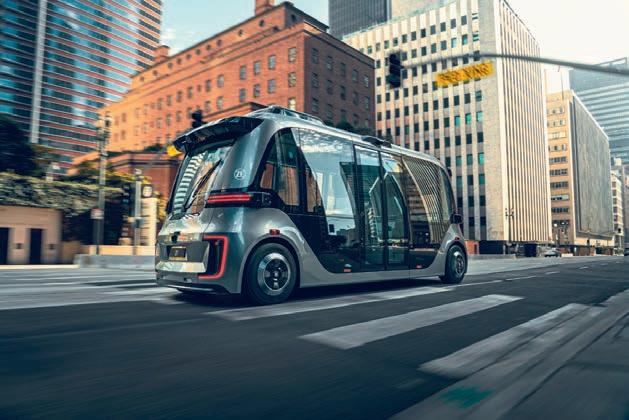
ZF says the shuttle complements the established model designed for use in segregated lanes.
The shuttle will be combined with Beep’s mobility services and service management platform into
“In order to reduce traffic-related emissions in metropolitan areas, a reduction in motorised individual transport and a simultaneous expansion of more sustainable, efficient, comfortable and affordable mobility options are required,” ZF executive vice president of autonomous mobility systems Torsten Gollewski says.
If a town was announcing free transit to its citizens, you’d expect the mayor to be the first person to know. But in the Canadian city of Whitehorse, the government set free bus services for citizens without the city’s
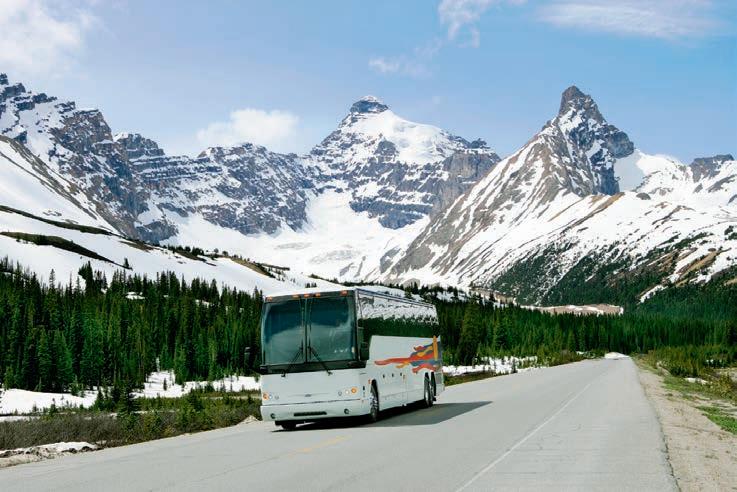
Still up north and in North Idaho, a cool bus is taking the area by storm. Native Jayson Frank recently set the town alight by turning a shorter school bus, known as a Type-A bus, into a date night vehicle for he and his wife. He then added cool horns, lights and a stereo to make the bus cool. The bus was transformed so Frank could take locals on a group date, with the first outing being to a local Japanese restaurant. As bus lovers, we all know nothing screams cool quite like a
Across the world and in the Pakistan city of Karachi, the Pink People’s Bus Service was launched on February 1. The service is designed specifically for women of Karachi who face immense challenges on the city’s public transport network. The women-only service is a belated announcement from the Sindh government, who is now focusing on implementing more of these pink buses onto Karachi roads to help women travel around the city safer and more comfortably.

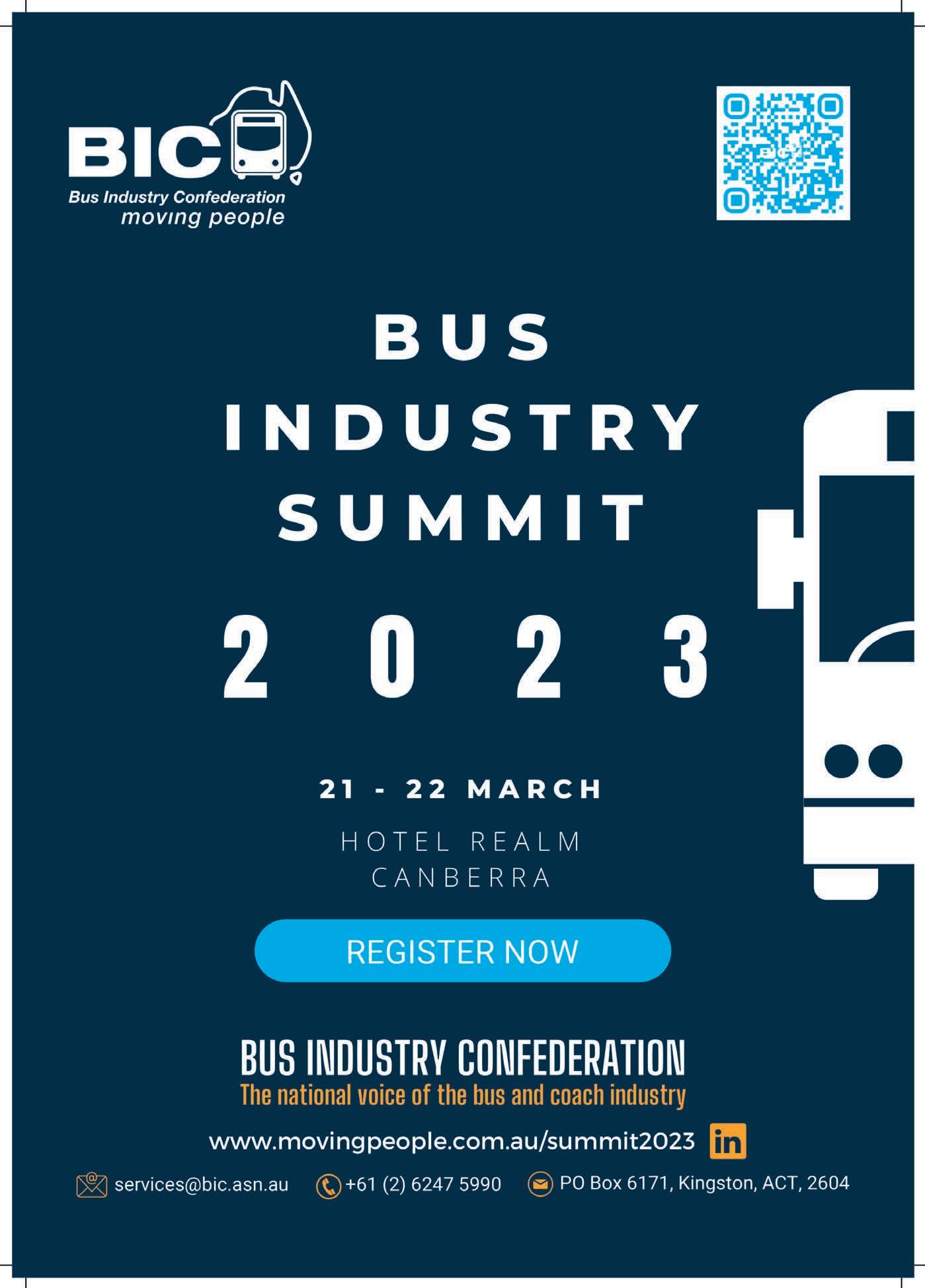
On December 5, 2022, assistant treasurer and minister for financial services
Stephen Jones called for submissions from individuals, businesses and community groups on their views regarding priorities for the 2023‐24 Federal Budget.
Submissions were open from that day to January 27, 2023. The Bus Industry Confederation (BIC) put forward a submission focusing on two pressing industry topics: the transition to zero initiatives and the skills shortages.
The bus and coach industry in Australia is ideally placed to transition to zero-emissions operation. Lack of enabling policy, charging and refuelling infrastructure and uncertainty around the supply and cost of green energy from the grid pose significant challenges. BIC’s recommendations include co-developing a National Zero Emission Bus Roadmap, implementing a 10-year national bus procurement plan, prioritising investment in heavy vehicle recharging and refuelling infrastructure, funding a campaign to encourage people to use public transport and investing in high-capacity bus service infrastructure.
Skill shortages have been increasing in the bus and coach industry. There has been a sustained fall in the nation’s unemployment rate, exacerbating an already existing nationwide shortage of bus and coach drivers. BIC is advocating for a national

and implementing industrial relations laws to accommodate the industry’s needs, particularly related to school bus drivers.
Behind employment in construction and mining, the transport industry is the third most male dominated sector in Australia. According to the federal government’s Department of Infrastructure, Transport, Regional Development, Communications and the Arts, women account for around 27.4 per cent of the transport industry workforce. This disparity is even more pronounced in senior leadership positions, where only 4.5 per cent of chief executive roles are held by women and amongst drivers, while only 14 per cent of bus and coach drivers are female.
There is a growing recognition of the importance of diversity and inclusion in the bus and coach industry and attracting, retaining and promoting women. BIC executive director Roz Chivers will facilitate a Women’s Panel on attraction, retention and promotion of women in the industry at the Bus Industry Summit 2023. The Summit will be held on the 21st and 22nd of March in Canberra at the National Ballroom, Hotel Realm. The Women’s Panel will be an important step towards identifying ways to addressing the challenge.
The panel will feature a diverse range of women including Managing Director at Transdev John Holland, Rachel Spencer, Director of eMobility, Connected Services and Partnerships at Volvo Busses APAC, Sarah Forbes, General Manager at QLD CDC, Anna Tyben and Manager of Business Services at Red Bus Services, Leanne Griffiths.
These influential women in the industry will come together to discuss the challenges and opportunities facing women in the sector. The panel will shed light on the current state of women in the industry and increase the representation and advancement of women in the field.
approach to address this crisis and has made several recommendations to the government, including recognising passenger transport as essential services such as bus and coach drivers on the ANZSCO level 3 skills list, temporarily waiving the requirement for drivers to have a valid Australian license for 12 months before being eligible for a bus drivers authority, extending the $4000 income bank credit for pensioners and contributing $4 million to support an industrywide advertising campaign, as well as designing
The Bus Industry Summit 2023 provides an exciting opportunity for BIC members, government representatives and the greater industry with a platform to network, discuss current industry issues and explore solutions.
We would like to remind readers registrations are now open for the Bus Industry Summit 2023, (registrations close midnight, March 3, 2023). To find out more about the Summit, visit the Summit website (https://movingpeople.com.au/ summit2023/) or email events@bic.asn.au and keep an eye on our website events calendar and our LinkedIn for updated messaging.
In a recent submission about this year’s Federal Budget, BIC is focusing on two pressing issues that will be discussed at this year’s Bus Industry Summit.
“The Bus Industry Summit 2023 provides an exciting opportunity for BIC members, government representatives and the greater industry with a platform to network, discuss current industry issues and explore solutions. “
Since the successful launch of the company’s full electric high floor bus last year, the Bus Stop team has accelerated its range. It now includes a highly specified EVolution low floor bus chassis as well as a Volgren fully built body product.
This push for more zero-emissions innovation saw the recent appointment of industry veteran Stephen Long as Bus Stop’s general manager of national fleets.
“Since I’ve returned to retailing King Long product, I’ve noticed the focus of the Bus Stop group to define quality, develop tailored customer solutions and a definite
focus on leading electric bus options,” Long told ABC.
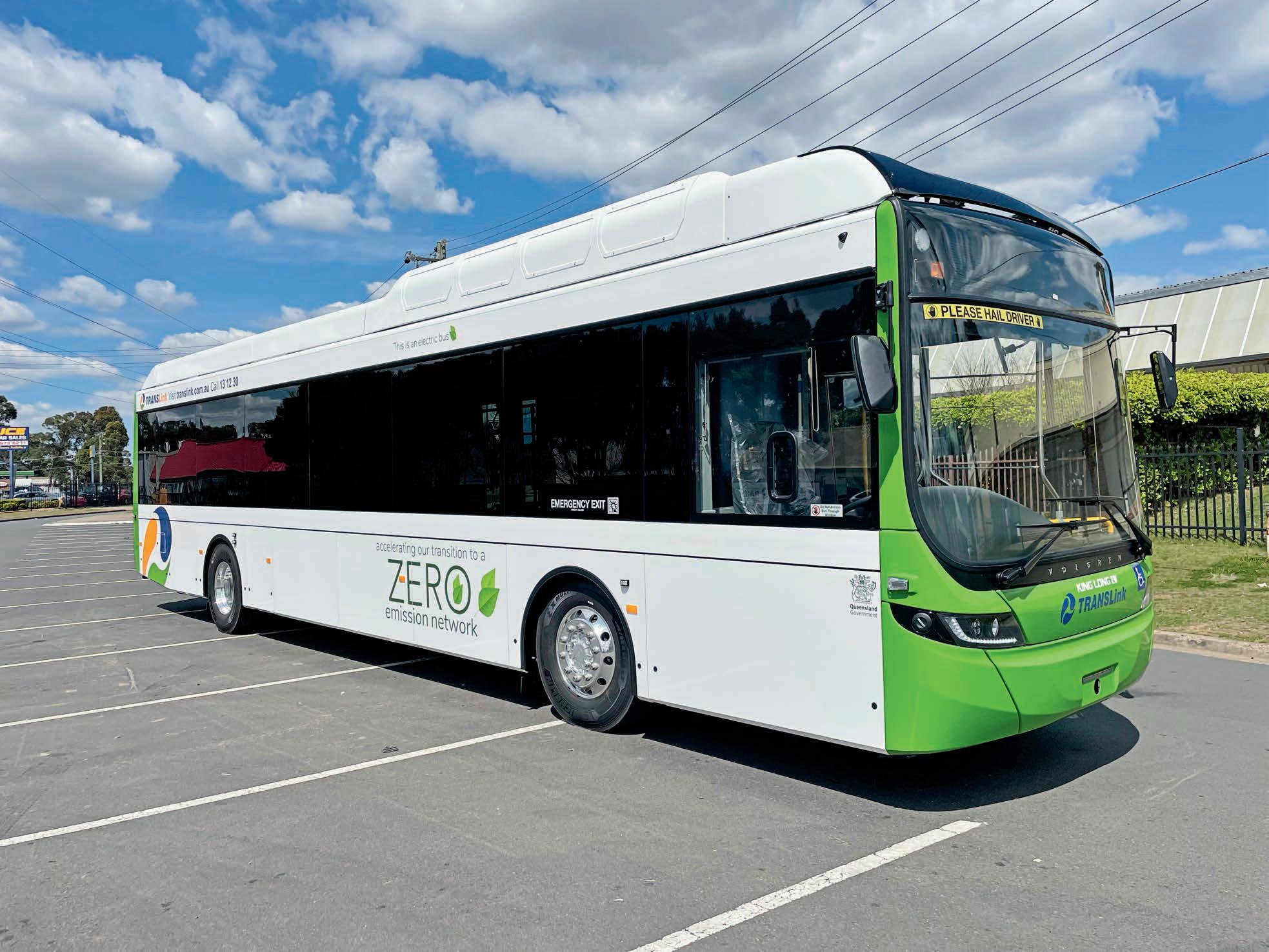
“Bus Stop has invested a great deal to create the highest specification e-chassis, helping us deliver an electric low floor chassis that is the standout among its peers.”
“We know that local and state
WORDS SEAN MORTELL IMAGES BUS STOP SALES
The team at Bus Stop Sales continues to forge new paths in the zero-emissions sphere. With industry veterans on board and the largest range of electric buses in the market, Bus Stop is set to become a market leader in the new energy field.
company’s historical experience of developing and bringing Chinese-built buses to market has assisted the group to focus on the best customer solution with the best quality components.

Long says King Long has been an exceptional partner that is very focused on customising the most innovative and highest quality products for the market.
When it comes to the nitty gritty of the new King Long model, it boasts German made ZF steering, axles and differential, as well as a
Below: The latest King Long model provides an interactive dash for drivers
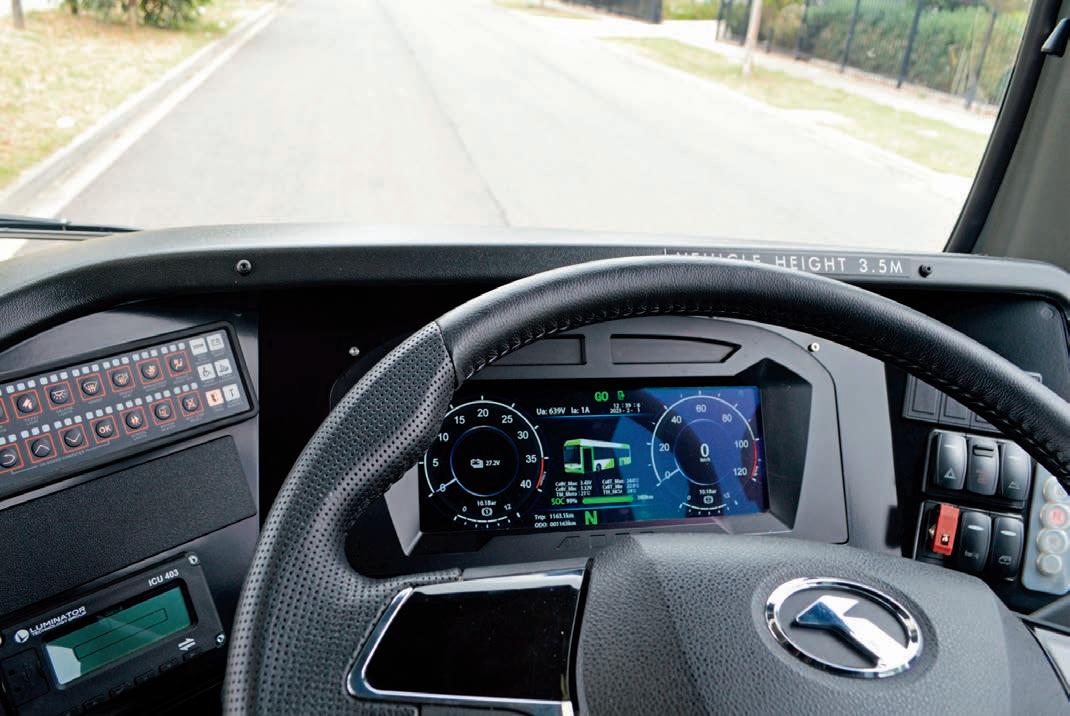
Opposite, Top: Bus Stop is going green with its shiny new King Long electric model
product features either the 350kw or 422 kilowatt CATL battery pack to give excellent range depending on the application.
Long says Bus Stop also worked with King Long to introduce an additional retarder type mechanism as an option on the new bus models, giving skilled drivers a greater chance to regeneratively brake.
It is believed that this was a world first initiative developed by the product’s Queensland support team.
A retarder is a well-known application to diesel vehicles for years. Now, the introduction of it to King Long’s electric chassis means operators can use the engine brake rather than the foot brake to create regenerative energy and increase the vehicle’s range.
Despite the building crescendo of excitement towards the new low floor products, Long is adamant Bus Stop’s electric range isn’t limited to the low floor bus. Bus Stop also distributes a King Long high floor school vehicle which is already fully compliant and operating with a customer on the Gold Coast in addition to the 12-14 seat Joylong mini bus.
“We’ve been having great results with our electric school bus customer in Queensland regarding our school electric bus,” Long says. “Alongside this delivery, we have worked with the school

Rocklea super site to include how best to reduce emissions through the use of solar panels and a complete environmental impact focus.”
On the smaller side of electric vehicles, Bus Stop also has the mini Joylong bus in the market. The fully electric 12 to 14 seat mini bus is fully Disability Discrimination Act (DDA) compliant and can be fitted with a wheelchair lift.
With a range of 260 to 300 kilometres from a single charge lasting roughly four hours, Long says the Joylong has been made as a smaller and simple electric option for local garages and


first public charge point through a partnership with Tritium that allows Bus Stop to share its super charger to the general public.
Currently, the novel piece of charging infrastructure is seeing a stream of public electric cars flocking to it to charge each day.
When asked about hydrogen developments, White’s strategy is clearly focused on electric as opposed to alternative fuels such as hydrogen.
“Alternative fuels are exciting, however we believe that the focus is on electric buses for the foreseeable future,” White told ABC.
Long says his start to life with Bus Stop has been dynamic and exciting as he continues to dream of expanding Bus Stop’s electric range even further with White and the team.
Since he last sold King Long buses, Long says the historical
road around the world, the highly refined vehicles and solutions on offer are far beyond early trial.
Long says he’ll continue forging his path at Bus Stop by fulfilling market requirements and keeping stock available for King Long’s growing range of Australian electric buses. For example, the group has invested in more than 10 full electric bus options that are available now in stock.
Long knows that Bus Stop’s new energy venture won’t stop at the new King Long low floor product.
“Pete and his family have been in the bus industry for a long time and Bus Stop is a terrific family business,” Long says. “It’s safe to say that Pete has brought Bus Stop’s electric range to a point where it keeps improving by the month.
“Pete has great vision with new exciting projects in the pipeline, so there’s more coming soon.”
Choosing lower-carbon aluminium in your next project can reduce the embodied energy of your aluminium products by up to 75%* LocAl® Green (8kg CO2e/1kg AL) and LocAl® SuperGreen (4kg CO2e/1kg AL) are the responsible choice for a locally extruded, lower-carbon option in your next project.
FOR MORE INFORMATION VISIT lowcarbonaluminium.com.au
Over the past five years, Transit Systems have been a part of the massive change in the Australian bus and coach industry. Transit Systems CEO Michael McGee says the operator now oversees a growing green fleet. As Australia’s largest operator of zero-emissions bus and coach assets, McGee says Transit Systems has developed an industry blueprint for the successful transition to zero-emissions technology for the Australian market.
Transit Systems has seen an accelerated development in the past couple of years as the industry moves quickly towards a greener future.
“There has been significant innovation and government policy change when it comes to procuring and integrating zero-emissions technology, especially over the past two years,” McGee told ABC. “Most state governments have moved from making small commitments to trials of zero-emissions buses and making subtle changes with the green fleet preferences and commitments to publicly stating their declaration to procure only zero-emissions buses from a set date.
“As data on the technology and infrastructure emerges and industry can present best practice options, governments now have the option to start confidently purchasing low or zero-emissions buses that make an immediate impact.”
Yet it wasn’t all a constant dash to buying new zero-emissions buses. McGee says the Australian technology uptake has developed through pilot programs leveraging global collaboration and research, local area trials, data analysis and the exploration of funding options.
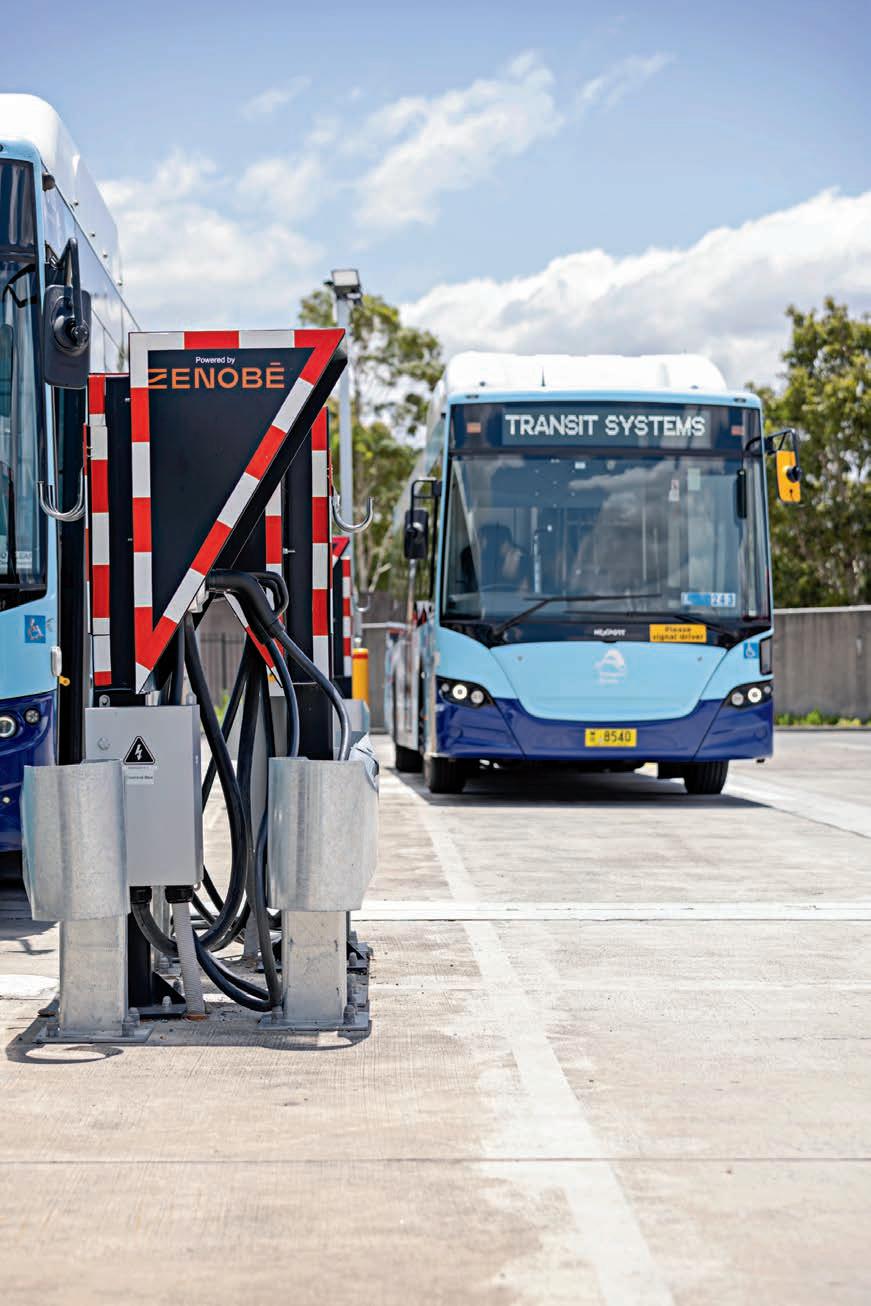
The energy transition needed detailed data analysis and research from the type of bus and battery chemistry to the depot infrastructure and charging design to the impact on the local electrical grid and funding options with federal and state government grants all considered to support the transition to zero-emissions.
“Governments are trying to secure funding for the upfront capital investment when it comes to electric buses and charging infrastructure, while manufacturers are working with
In Australia, the bus and coach industry is quickly finding ways to integrate battery electric technology into national networks. But are we doing it fast enough? ABC investigates the state of the battery electric bus transition.
emerging technology,” McGee says. “Operators are collecting data to calculate the ownership benefit of running electric buses, which we’re constantly investing in trialling, testing and capturing data to ensure we are delivering value for money, efficiencies and return on investment.”
As general manager of fleet, innovation and business intelligence at Transit Systems, Mark Peters says depot design also remains a challenge for the industry.
“We can use around 10 to 15 per cent of an existing depot footprint trying to make room for electric battery charging equipment,” Peters told ABC. “It’s a complex retrofit, so we’re collaborating with all levels of government and industry partners to establish a blueprint and best practice approach.”

For congested depots, finding new sites to expand to is a difficult task and if these depots are city-based, traffic congestion, electrical supply and the lack of parking adds to the space issue. Transit Systems has spent considerable time researching and finding new ways to maximise depot space for large-scale charging infrastructure.
a number of options to consider when examining their depot design and layout limitations,” Peters says. “This includes charging centres with dispensers on site to pantograph charging designs and gantry drop down plug in chargers.
“There are benefits and challenges associated with any new technology, so we’ll continue to work with our partners.”
Although this battery electric bus change may seem rapid to those within the industry, electric vehicle experts are frustrated by the pace of the transition. As the head of policy at the Electric Vehicle Council (EVC) Australia, Jake Whitehead is hoping recent developments will help accelerate the bus and coach industry’s zero-emissions journey.
“It’s been a relatively slow start to the electric change over the past few years,” Whitehead told ABC. “However, in the past 12 months we’ve seen some exciting announcements from governments in terms of active support for electrifying public transport bus fleets.
“There’s a lot more work that needs to be done, particularly for governments where more investment is required to
Whitehead expects there to be around 2,000 electric buses operating in Australia by 2030. Currently, he says there are close to 80,000 buses to transition in both the public and private sectors of bus and coach transport. Although the industry is making progress in its electrification journey, Whitehead says transport is the sector lagging behind when it comes to making sustainable change.
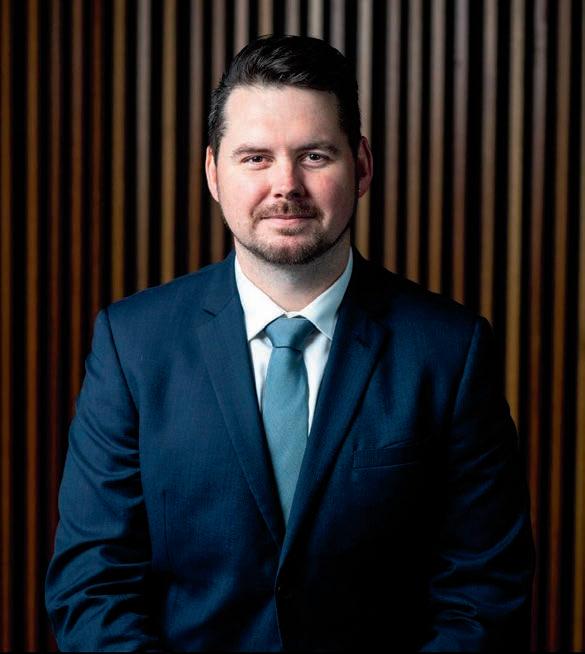
“Realistically, we shouldn’t be buying any new diesel buses from today onwards,” Whitehead says. “That is something that could’ve been implemented already, with some governments heading towards that, but we need to bring it forward.
“Right now, there haven’t been any significant programs to help private bus operators in decarbonising their fleets.”
Whitehead is hopeful these strategies are soon implemented. The EVC head of policy says
and industry can present best practice options, governments now have the option to start confidently purchasing low or zero-emissions buses make an immediate impact.Above: EVCA head of policy Jake Whitehead wants to see a fine balance between local content and imported electric options Left: Transit Systems CEO Michael McGee Opposite: Projects like the Leichhardt depot electrification are helping move the industry forward towards an electric future
many Australians have already experienced these electric vehicles and know the benefits of them, particularly when it comes to removing the carcinogenic fumes that diesel buses emit.
To encourage more operators to incorporate electric buses into their fleets, Whitehead wants to see financial subsidies introduced.
“Electric buses are already cost competitive, but operators need schemes to help reduce the upfront cost barriers of purchasing this technology,” Whitehead says.
“As a small or medium operator, the extra money for an electric bus is significant. It doesn’t have to be a large subsidy, but it needs to give operators financial support to bridge the gap so that over a 10 year period they can see their upfront investment being paid off as the bus becomes cheaper to operate and charge.”
All of these strategies pale in
buses. He says current government mandates on the amount of local content involved in the manufacturing of battery electric buses and coaches is limiting the industry’s ability to mass produce new vehicles.
“There’s an increasing and continued reliance on making all of these new electric buses be manufactured locally,” Whitehead says. “We still want to support the local bus industry, but this transition is on an unprecedented scale.
“We need to be selling around 5,000 electric buses every year for the next 15 years or so to transition to 100 per cent electric buses in time. To do this, we need to have some buses imported fully, some imported chassis and some completely locally built options.”
Whitehead says this system could allow the industry to be solely independent when it comes to manufacturing electric buses by the 2040s. But it all comes down to the ambition of the local market.
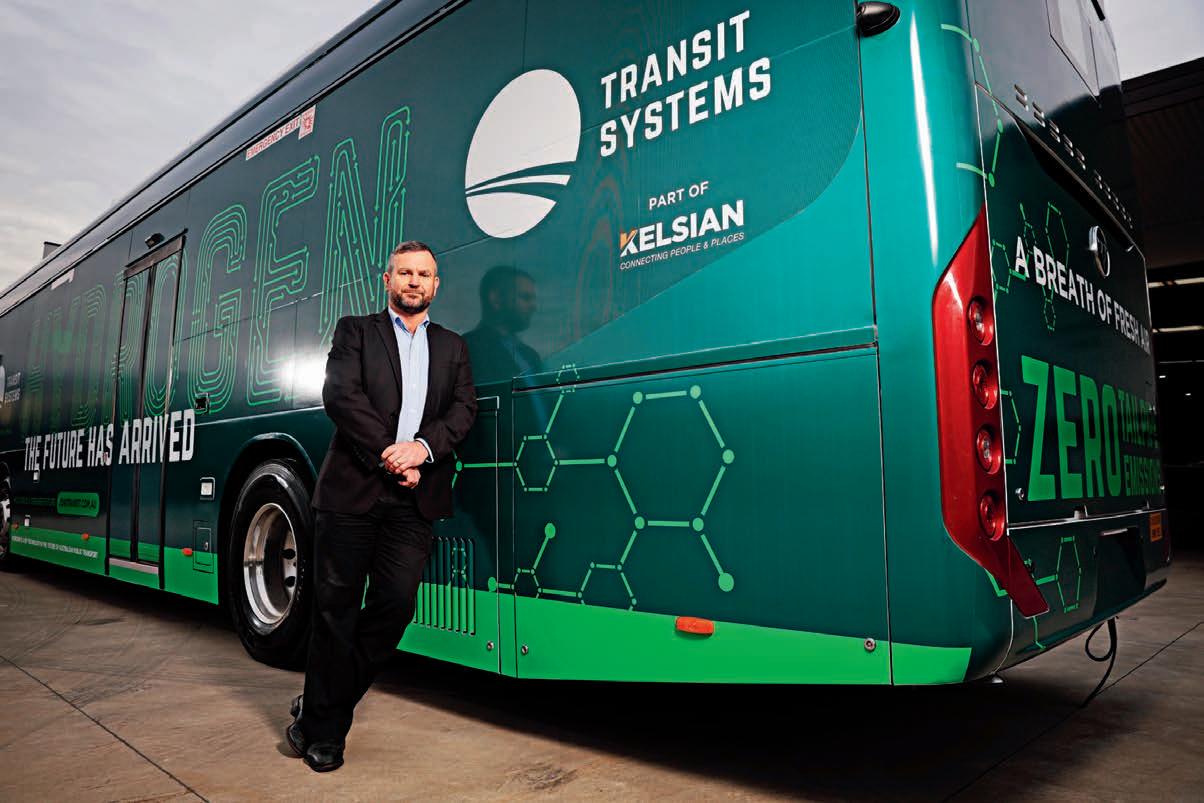
For operators like Transit Systems, finding the right mix when it comes to procuring
is with a shared vision and true collaboration between governments and industry experts. While continuing to refine these strategies with government, Peters wants to see depot design discussions increase while also keeping an open mind about the right technology to take the Australian bus and coach sector forward. Although battery electric technology is currently leading the nation forward in its zero-emissions journey as we speak, McGee says hydrogen will play an important part in the years ahead when it comes to sustainable bus and coach networks.
“Although battery electric technology is incredible, we still have to remain open to the benefits that hydrogen fuel cell buses can provide the industry,” McGee says. “I think it’s an exciting time in the industry and the emerging technology will only continue to improve and provide the industry with more sustainable options that will benefit the local communities and customers we serve.”
Electric buses are already cost competitive, but operators need schemes to help reduce the upfront cost barriers of purchasing this technology.

At Volvo Buses, sustainability is about more than just care for the environment – it also extends to social and ethical responsibility. Our Volvo BZL Electric product is a testament to our broader sustainability commitment, as we work towards the UN Sustainable Development Goals with our trusted global partners, ensuring our electric offering is sustainable in more ways than one. From committing to supply chain audits to uphold responsible material sourcing and ethical labour, to encouraging remanufactured parts and battery circularity, to maintaining stringent data and cyber security, we are striving to ensure our Volvo BZL Electric is sustainable in every sense of the word. So, not only do you get clean, silent and efficient cities when you Go Electric With Volvo, but you contribute to a brighter, more sustainable future for everyone.
 With the Volvo BZL Electric
With the Volvo BZL Electric
There’s no hiding that a major barrier to the initial uptake of electric buses and coaches around the world was the safety side.
With so many new elements being part of a zero-emissions bus compared to diesel technology, the first battery electric buses were met with hesitancy.
As electric vehicles continue to steadily sweep over the transport industry, large global manufacturers have made headway on safety changes. Yutong is one of these leading the way. Its latest YESS (Yutong Electric Safety Standard) safety system, which is now onboard all electric Yutong buses distributed by VDI Australia, makes these buses and coaches safer than ever before.
“The YESS system has been in our buses for 18 months now,” VDI Australia Product, ZEB & New Technologies Manager Luke Edwards told ABC. “Overseas there were issues with electric vehicles when it came to collisions.
“To increase the safety for customers and passengers, we identified the major factors involved in vehicle impacts and introduced a safety barrier for our batteries.”
Edwards says protecting electric
batteries is the first priority when it comes to safety. By keeping batteries safe, thermal events and passenger dangers can be averted in the event of a vehicle collision.
This safety barrier comes in the form of the YESS safety system. VDI Australia distributed the first vehicles to include the revolutionary battery electric bus system after production began in 2020. Vehicles subsequently delivered in Queensland were the first to include the system that also improves the safety of battery packs.
The YESS safety system starts by reinforcing the areas of the bus that surround where the batteries sit. This stronger material means batteries are much less likely to receive any damage when a collision occurs.
“We started by introducing a safety barrier to our batteries, especially when they’re located low in vehicles and need additional structures to ensure the batteries are harder to damage in a collision,” Edwards says. “Prior to the YESS safety system, you could get a car travelling at 50 kilometres per hour to hit the vehicle and the batteries would be damaged. Now, we have tested an 18 tonne truck hitting the bus at 50 kilometres per hour and
there’s no damage to the batteries.”
After this initial addition to Yutong buses, the global brand ventured into increasing its thermal protection.

“Yutong then looked into making the thermal management of the batteries a liquid based system as a second part to the YESS system that was a major step forward in safety,” Edwards says.
After Yutong’s factories improved the structure surrounding the battery, they identified that the electric heating part of thermal management should be removed to keep the battery pack as safe as possible.
From 2021 onwards, Edwards says the improved YESS system relies on a process where liquid is heated to warm

Since Yutong’s YESS safety system was first included in Australian buses in 2020, Yutong has investigated ways of improving electric battery safety that goes above and beyond global standards.
the batteries and cooled down to drop the battery’s temperature, depending on the climate and what the battery requires to remain efficient and safe.
In previous global incidents of electric battery fires, the heating system of a battery system would stick and overheat. Yutong identified that if it took the thermal heating aspect out of the battery then it’s easier to protect against thermal runaway.
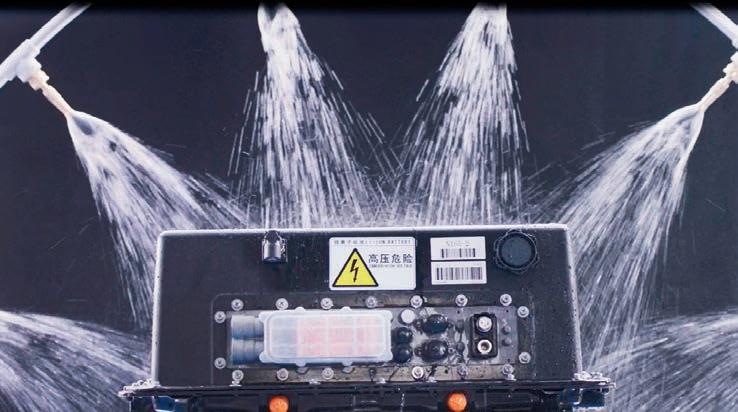
“Our next step after this was to inject nitrogen into every battery pack, which was a truly groundbreaking move inspired by the aviation industry,” Edwards says. “Nitrogen is an inert gas, so if a cell has a thermal runaway issue then it is much harder for it to travel to the next cell within the battery.

“The nitrogen stops the battery from being able to start its own fire and then spread it. As a result of further research and development, Yutong proceeded to install our battery packs so that they have a membrane on top of the battery cell that provides a case that is designed to cater for a fire burning in the battery for two hours at 1300 degrees Celsius before the system and battery can’t contain it within the pack.”
If this thermal protection wasn’t enough, Edwards says Yutong went the extra mile with its YESS system. To complement these precautions, the global bus and coach brand
then added an additional fire blanket on top of the battery packs to create a total system that dramatically reduces the chances of an electric bus battery fire. This four-pronged approach, starting with the collision impact reinforcement and ending with the outer fire blanket, looks at every aspect of the electric bus battery.
Edwards says Yutong’s research and development team put in an immense amount of effort to gradually improve safety systems onboard its electric buses and it isn’t done yet with the innovations.
“The amount of research and development that goes into our products accounts for around five per cent of Yutong’s annual turnover,” Edwards says. “I now see the Yutong electric vehicles as
safety in the future.”
All of these factors make for an electric bus safety system that covers all facets. The YESS system has received global credit from the likes of global bus and coach event organiser BusWorld. Edwards is proud to say that the revolutionary system first proved its abilities in the Australian climate.
He now wants all members of the local bus and coach industry to follow Yutong and VDI Australia’s lead when it comes to lifting the bar with electric bus safety.
being the safest electric buses in the market.

“Yutong is stringent on its temperatures and how it measures them. Our telematics systems run 24/7, not just while the vehicle is on, so Yutong and the operator will be notified in real time if any of the battery cells are outside of the set parameters. The YESS system will continued to be improved upon to provide even higher levels of
“Yutong prides itself on having one of the safest buses in the market,” Edwards says. “We want to keep our systems at the highest level of safety possible and push this through to other manufacturers around Australia.
“We know that some vehicles are well behind. What we’d love to see most at VDI Australia is a level of safety in all electric buses and coaches that is similar to our YESS system so that passenger and operator confidence in electric buses isn’t tarnished by a thermal incident.”
Top: Yutong’s safety systems protect electric batteries

Above: New layers of protection keep Yutong’s electric bus fleet safe
Below: The YESS safety system also mitigates thermal runaway
Opposite: The YESS safety system starts by protecting batteries in collisions
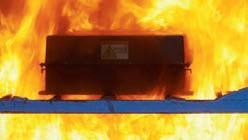
We want to keep our systems at the highest level of safety possible and push this through to other manufacturers around Australia
In 2018, New Zealand family owned operator Tranzit Group introduced its first electric bus to operations. In the years that have followed, Tranzit has cultivated an electric scene that is well ahead of the curve.
In a packed room, James Howard stands in front of the microphone. Howard is the project manager for New Zealand operator Tranzit Group, who has just won the Environmental Excellence Award – one of the top awards at the 2 Degrees Wellington Regional Business Excellence Awards.
“In the cities we operate in, we want to ensure people can travel on clean, quiet and zero-emissions buses, so what we’re doing is investing heavily in electric buses and charging infrastructure to support the journey,” he tells the crowded room at Wellington’s Lower Hutt Events Centre.
It has indeed been quite a journey for Tranzit Group – the operator’s zero-emissions transition hasn’t been an overnight success. The process has taken years of planning, trial, error and frustration to get to this point. Tranzit’s award is a rewarding moment that proves the operator’s risk was worthwhile.
conditions.
Above: Tranzit Group is pushing the boundaries when it comes to electric bus infrastructure
Opposite,
Tranzit Group’s electric turn first started in 2014, when the operator harboured bold plans of introducing the first battery powered electric bus into New Zealand. It started by visiting China and parts of Europe to see how it could build New Zealand’s first battery powered electric bus designed for the nation’s
“We started by simply trying to understand what the technology was,” Howard told ABC. “We thought we needed to be on that zero-emissions journey, as the world was clearly heading that way and we didn’t want to be left behind.”
Four years after research began, Tranzit Group delivered its first battery electric bus in New Zealand in 2018. Two years prior, Tranzit had been awarded around 60 per cent of Wellington’s public transport network to provide a blueprint
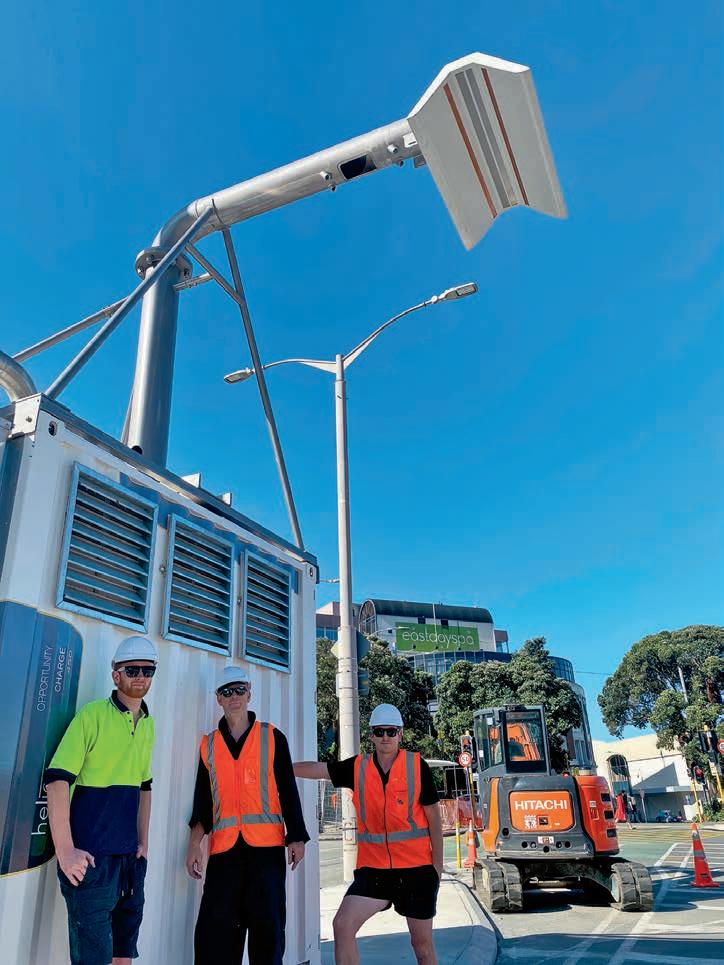
for an electric bus rollout. With this deal came an agreement to deliver 10 electric double decker buses to New Zealand’s capital city, with their success resulting in an order to operate 42 electric double decker buses. The family business prioritises taking a long-term approach when it comes to change within the industry, meaning Tranzit was certain its first electric bus in 2018 was to be the first of many. Howard says Tranzit viewed the initial bus as part of its long-term vision of considering the environmental impact of its fleet.
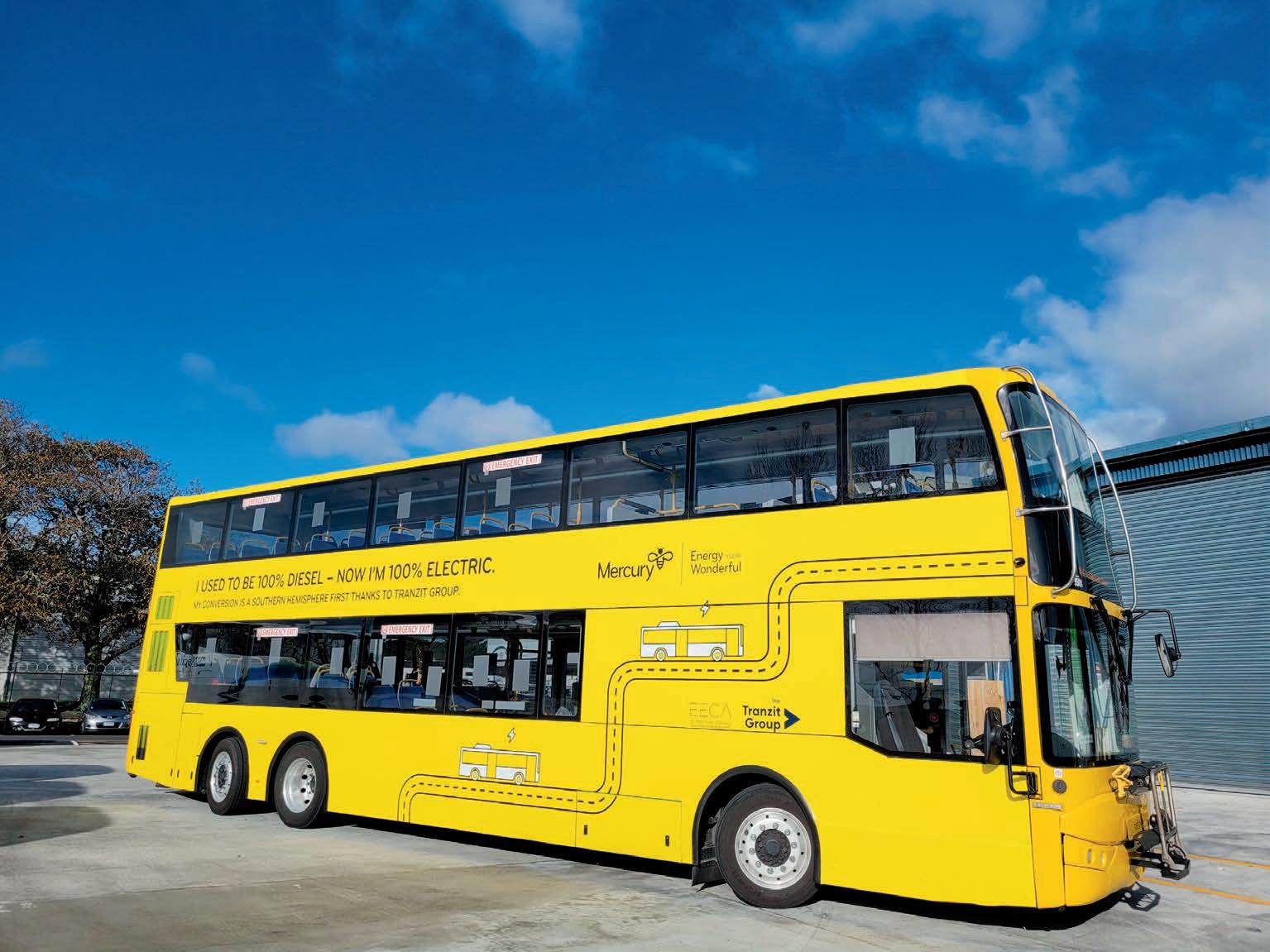
To be able to deliver the first electric bus nearly five years ago, Tranzit partnered with the Auckland University of Technology (AUT), who it already ran shuttle services for. The existing relationship allowed the operator to receive co-funding with the university to fulfil its electric bus dreams.
It was a huge leap for Tranzit to take in its quest for a battery electric bus fleet.
“The first 10 electric buses ordered was a massive risk for Greater Wellington Regional Council to take with us,” Howard says. “Thankfully the order lifted our order size from 32 up to 42 – it was a recognition of how successful the idea of the initial buses were.”
Tranzit continued rolling out the first wave of electric buses into service throughout 2018. Instead of following the manufacturing methods of other international companies, Tranzit went down a novel path. The operator elected to have the electric buses’ chassis and battery built in China, before bringing the base to New Zealand, where the body was added by local manufacturers.
When the first buses of the 42-vehicle order were launched in 2018, it was a milestone moment for Tranzit and New Zealand’s bus industry. Yet Howard knew the most daunting challenge lay in front of the operator – it still had to convince the passengers that electric buses were a safe and efficient transport option.
“There’s no doubt that we took a calculated risk,” Howard says. “We initially
had a lot of pushback and naysayers. We had people from mobility scooter companies telling us we wouldn’t get our electric buses up Wellington’s hills. But we were quietly confident and took the time and effort to dispel myths.
“When the first two buses launched in front of parliament in Wellington, that was the moment where we proved that the product could work in New Zealand.”
Fast-forward to 2023 and Tranzit has now convinced New Zealand passengers that electric buses are the way of the future. Howard says the general public now appreciates the benefits that electric buses bring.
“People are now almost used to them and they expect electric buses on some routes,” Howard says. “I’ve driven lots of electric buses and it’s amazing to hear the passengers comment on the vehicles.”
Once the buses launched, Tranzit’s electric transition increased at a rapid pace. Before long, the operator introduced an electric bus into the northern island city of Palmerston North. But it wasn’t enough for Tranzit’s owners, who wanted to find other ways of increasing its electric bus
fleet. The operator took on the audacious challenge of converting a Euro 6 diesel double decker bus into a fully electric vehicle as part of its first Repower bus contract.

Howard says the Repower bus was converted fully in house by Tranzit workers. The family owned operator started by upskilling its diesel mechanics to electrical engineers, with some workers completing the highest certificate available in New Zealand. The idea came from Tranzit’s transport and operations director. When Tranzit received funding from the Energy Efficiency & Conservation Authority (EECA) to convert two Repower buses, the operator soon began the building process in its Masterton workshop.
The first Repower bus was launched in Wellington in January last year and has already completed more than 80,000 kilometres in just one year.
“We’ve proven that repowering diesel vehicles is a viable alternative,” Howard says. “In New Zealand, when an urban bus is retired, it becomes a school bus and continues emitting into the atmosphere for another 10-15 years.
In the cities we operate in, we want to ensure people can travel on clean, quiet and zeroemissions buses, so what we’re doing is investing heavily in electric buses and charging infrastructure to support the journey.
Above: The Tranzit team accepting its award at the 2 Degrees Wellington Regional Business Excellence Awards

Below: Tranzit Group continues redefining its infrastructure to cater for electric buses
“We figured if we could cut these emissions at the knees, then it would be a good way of fixing the problem. It’s not the answer for everything but there’s definitely space for it in the market to reduce emissions.”
The second Repower bus will be a single deck vehicle rather than the double decker that was first converted. Following this project, Tranzit is also in the process of introducing New Zealand’s smallest electric bus in a 20-seat vehicle into the town of Taupo later this year. Since the New Zealand operator first elected to go down the electric path, it has developed its fleet at a whirlwind pace.
Howard says the biggest challenge Tranzit has faced in its electric transition is adapting to the charging infrastructure needed to keep a growing fleet of zero-emissions buses running. Tranzit has been around for nearly a century, meaning buying new
bought two of the world’s fastest electric bus battery chargers, which can fully charge an electric bus in eight to 10 minutes. Alongside this cutting-edge charging technology, Tranzit also created the largest slice of privately owned charging infrastructure in New Zealand, which currently stands at a total of 2,829kW – enough to power 3,400 homes or approximately the small town of Foxton, north of Wellington city.
“Electric double decker buses in Wellington are light because they only run on two axles, not three,” Howard says. “These smaller battery packs give us cost advantages, but they also mean buses in the area can only run between 120 and 140 kilometres on a single charge, meaning we’ve had to install fast chargers on bus routes.
“We have had a pantograph charger in Island Bay in Wellington for nearly four years now and recently installed another one at the Wellington Bus Interchange as a way of opening more routes. Throughout the country we have chargers ranging from 30 kilowatt to more than a megawatt.”
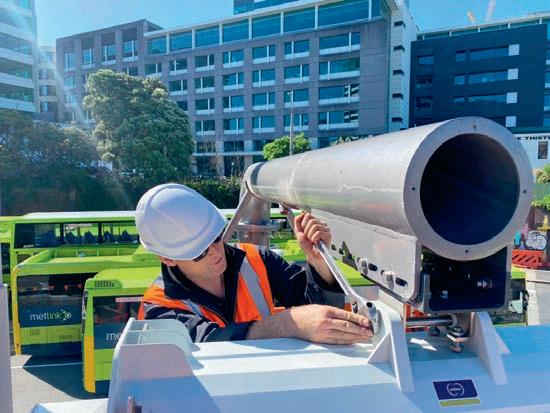
Although Tranzit was initially met with scepticism when it started buying and running electric buses, the operator says the general public has quickly warmed to the zero-emissions
fleet. Howard says Tranzit prides itself on thinking outside of the square when it comes to pouncing on unique opportunities such as zero-emissions buses.
The zero-emissions transition may have been a fever dream for years, but now Tranzit is fully involved in electric vehicles.
Howard says the operator places an expectation on itself to only buy new buses that are electric models. To go one step further, Tranzit has set a goal to never buy another diesel urban bus again.
With 10 buses left in the initial order of 42 to deliver in New Zealand, Tranzit has nearly completed its audacious electric mission. Following this, Tranzit will continue repowering its fleet of diesel buses to meet the nation’s mandate of all new buses bought being zero-emissions from 2025. By 2030, no diesel buses will be allowed to operate.
For other operators considering the zero-emissions move, Howard says Tranzit has provided a blueprint on how to learn from initial efforts and constantly re-develop infrastructure to cater for electric buses.
“We look back at 2018 and we’ve learnt so much since that first electric bus was delivered,” Howard says. “It’s all about understanding where you can improve your operations and fix what you didn’t initially do right.”
Tranzit will continue innovating – Howard says it is currently investigating induction charging and hydrogen fuel cell technology to partner its electric fleet. In the years to come, don’t be surprised if Tranzit can also re-develop its tour and charter side of operations to run in more environmentally friendly ways.
“We encourage people to look at chargers and buses so they can understand the technology for themselves,” Howard says. “We now want to work out what the best product is to provide top quality service to our customers.
“We’ve been on an amazing journey so far and it’s so exciting and rewarding to think about what we can do next in this space.”


United Safety & Survivability Corporation’s Fogmaker Fire Suppression System is a leading product when it comes to Australian fire suppression in buses and coaches. Global testing is proving that the system is also an ideal option when it comes to protecting electric vehicles against thermal runaway.
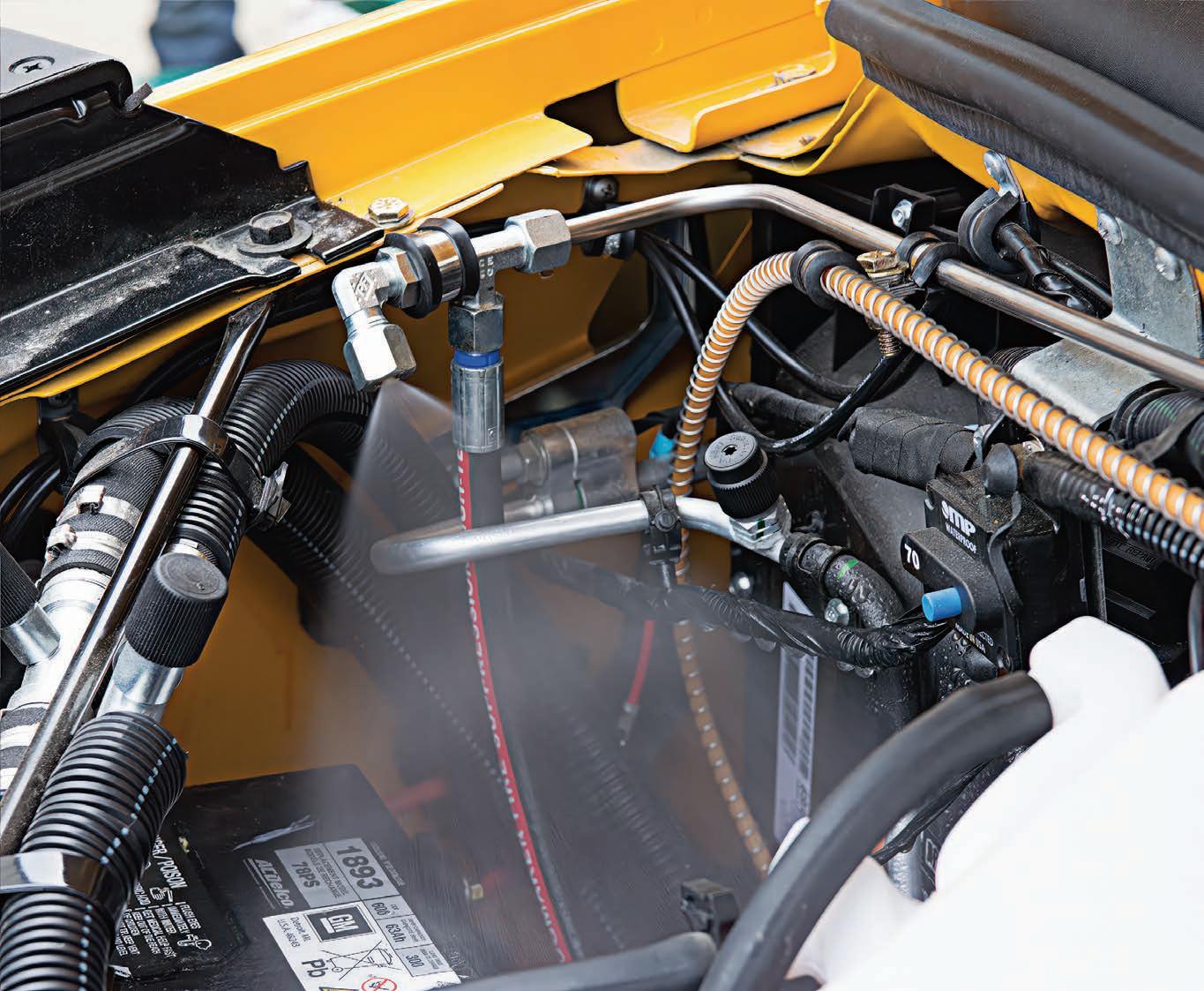
IMAGES UNITED SAFETY
When United Safety first expanded into Australia, it knew its ability to provide safety products to the nation’s buses and coaches would be a vital part of its operations down under. In the years that have followed United Safety’s successful venture to Australia, the safety solutions provider has found that one leading model in particular has
proven to be popular for the country’s various operators.
“Even when United Safety was previously known as Firestorm Fire Protection, we were heavy involved from the inception of fire suppression in the bus and coach market,” United Safety National Transport Business Development Manager Mick Hall told ABC. “Since then, we’ve grown to being a larger company that has the ability to streamline ourselves
as a specialist fire suppression supplier.
“Our Fogmaker system is still the best option for all buses, including a battery electric bus, but we’re no longer a one trick pony.”
United Safety, which originated from the USA in the 1980s, is now a full fire suppression company and safety solutions provider. Yet its trademark product will always be its Fogmaker Fire Suppression System.

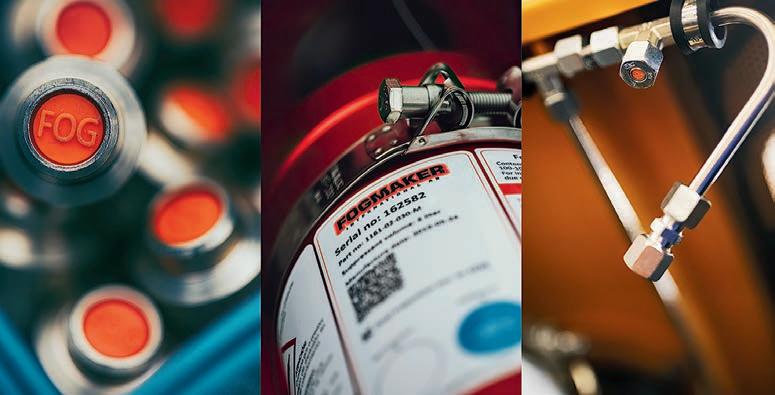
The Fogmaker system is a well-known part of the Australian bus and coach sector. Hall estimates that United Safety has installed around 15,000 Fogmaker systems in Australia to date. Its historical legacy continues to this day – Western Australia’s Public Transport Authority (PTA) has used the system for more than 15 years, while it’s the preferred fire suppression agent in New South Wales.
The Fogmaker has allowed United Safety to develop a national footprint where any state or territory can access the company’s services and systems. When it came to providing a system that could continue United Safety’s trend of reliable
fire suppression on the rising tide of battery electric buses hitting the market, United Safety didn’t have to look any further than its tried and trusted Fogmaker.
“Fogmaker has always stayed constant – it’s been a similar system since day one,” Hall says. “It’s a Swedish product that is internationally and Australian certified and compliant, and United Safety is the only distributor of the Fogmaker in Australia.”
Fogmaker may sound simple, but it mitigates thermal events in both diesel and electric buses in an intricate way. The system includes a high pressure water mist that atomises water molecules. When these water molecules hit the heat source of fire, it converts it to steam. This quickly takes the oxygen out of the air and smothers the fire before cooling the entire area down to reduce any chance of a fire breaking out.
In United Safety’s research,
Fogmaker targets all sides of the fire triangle to prevent a thermal event in a bus or coach from occurring in the first place. When electric buses first began rolling out onto the global market, Hall says United Safety moved quickly to test the best way to provide fire suppression for zero-emissions vehicles. With electric battery fires becoming a hot safety topic, United Safety didn’t have to look far to find an effective solution for the new bus models.
“We knew from the start that electric vehicles would need fire suppression but that it would be a new world,” Hall says. “There’s been evidence that’s come out suggesting that in instances of thermal runaway (an extreme heat and fire event occurring in electric batteries) and battery fires, cooling the battery is the best way to go.
“After trialling suppression systems, we found that Fogmaker
is the perfect option for a battery electric bus.”
Electric battery fire research has proven that zero-emissions bus thermal incidents are completely different to diesel variants. In diesel buses, the main issue with fire suppression focuses on the fuel and heat combination.

When looking at thermal runaways, Hall says studies have shown that a unique vapour is given off prior to the incident occurring. After discovering this, Fogmaker was deployed to begin international testing on lithium ion batteries as a solution to this unique vapour.
Hall says the research is looking into the early detection of electric battery fires by identifying the vapour, known as battery vapour.
“We’re now developing a detection system that will be a precursor, like a smoke detector that we use in diesel buses,” Hall says. “We want to develop this to
Above: United Safety’s systems may sound complex, but they provide straightforward results
Opposite, Top: Fogmaker is still United Safety’s preferred bus product Opposite, Bottom: With a long history in Australia, United Safety’s Fogmaker is more popular than ever
Above: Alongside its Fogmaker, United Safety also offers its Reacton automatic fire suppression system
Below: The QTEC system is another one of United Safety’s trusted products
identify battery vapour and target thermal runaways before they can begin.
“Then it’s all about fire suppression and using Fogmaker to blanket the fire from reaching passengers so that they have time to evacuate.”
Just in Australia, Hall says there is research suggesting that this fire suppression technology is crucial to the increased uptake of
electric buses. Hall says evidence from the Office of Transport Safety Investigations (OTSI), the governing agent for any Australian transport fires, shows that United Safety’s approach to suppressing fires before they begin rather than reactively extinguishing them holds the key.
This then allows for the safe evacuation of passengers and staff, which is United Safety’s primary concern when trying to mitigate thermal events on-board heavy
organisations in Australia ask us to perform fire and discharge tests,” Hall says. “We’ve found that our Fogmaker and water mist systems can do these tests as they can give up to 90 seconds of discharge compared to powder systems that only discharge for seven to eight
Hall is adamant that there is more to United Safety’s product range than the famous Fogmaker.
has grown steadily to include suppression systems for various engine bays, foams, powders and
aerosol fire suppressants that offer a range of solutions to an application rather than a singular product.
To name a few, United Safety offers automatic fire suppression system Reacton, which has rapid fire detection and immediate delivery of an agent in the event of a fire. Hall says Reacton is highly resilient in harsh environments and is automatically activated with no power required.

United Safety also offers Qtec Foam Spray Systems that are pre-engineered to discharge a pre-determined quantity of an extinguishing agent through a network of strategically arranged fixed nozzles.
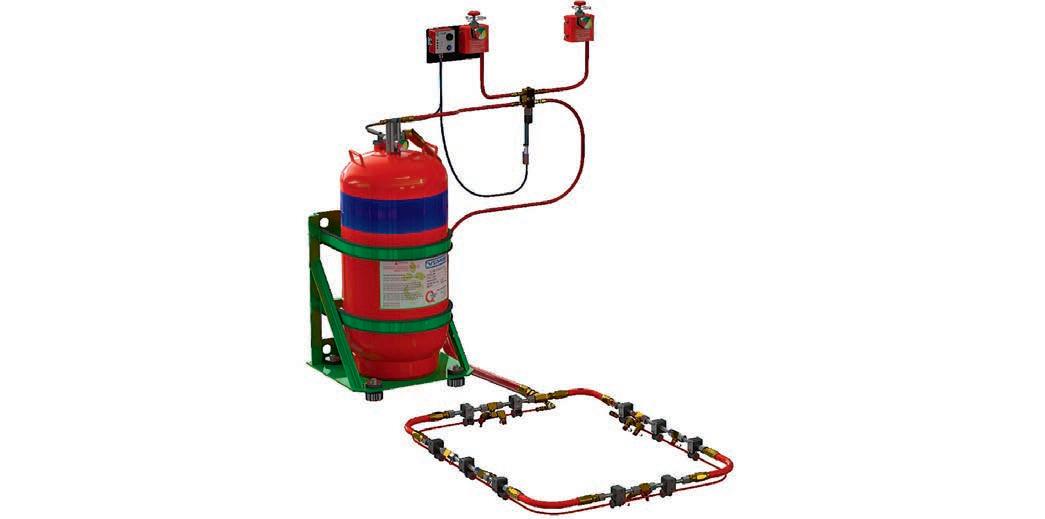
Hall says Qtec is proudly Australian made, while Qtec Fire Services is internationally recognised as the premier supplier of high-quality fire suppression equipment.
All of these work on heavy vehicles, light vehicles, machines and in the mining sector. For buses, Hall says Fogmaker is still the ideal product.
United Safety is continuing to chase improvement. Hall says the company is looking at a new firefighting agent that could be a unique solution to certain fire incidents. While development continues, Hall says when it comes to electric events, cooling down the battery by using water is still the preferred method to remain safe.
He wants United Safety to continue working with the Australian bus and coach industry to educate operators on the importance of Fogmaker for the latest battery electric bus models.
“The bus industry in Australia is very good with getting on the front foot when it comes to fire safety,” Hall says. “The Bus Industry Confederation (BIC) always talks about it, New South Wales has mandated it – it’s on everyone’s mind.
“United Safety is leading the way when it comes to this. Everyone is on board and understands the risk, we’re just waiting to see how it pans out in this new age of electric buses and coaches.”
Our Fogmaker system is still the best option for all buses, including a battery electric bus, but we’re no longer a one trick pony

Volvo’s recently launched BZL Electric chassis has gotten off to a hot start in Australia.
The zero-emission model has already been launched in Western Australia and Victoria as part of renewable transport trials. Yet the recent rollout of the transformative Volvo bus into the south-east Queensland region is a special moment in the manufacturer’s electric journey.
“Being a south-east Queensland based company and having the bulk of our 1,300 employees here, it’s fabulous to showcase our BZL Electric bus in the region for the first time,” Volvo Bus Australia general manager Mitch Peden told ABC. “It’s particularly exciting that we get to introduce our electric model into the south-east Queensland area.”
When Volvo launched the BZL Electric last year, the manufacturer had a range of deals lined up with operators around Australia. But Volvo doesn’t talk up its deals – it instead prefers to see the buses delivered and rolling on roads.

The BZL Electric deliveries started in Western Australia, where the Public Transport Authority (PTA), a Volvo partner and customer, received the first units.

With the buses running strongly for months in WA, Volvo then took the BZL Electric to Victoria, where it is now running in both the Latrobe Valley and Seymour as part of the state’s first electric bus trials.
While the demo models also spread into Sydney on operator trials, Peden was keenly waiting for the day the BZL Electric would land in Queensland.
That wait was over in January, when Queensland operator Transdev announced the first of 17 Volvo electric buses it had on order was to be in service in February.
“We’re ready to go and can’t wait for the first BZL Electric to run in Queensland,” Peden says.
“It’s great to see the chassis in Queensland and see them coming together and getting finished before being sent off to pre-delivery.
“The first bus will go out to Cleveland, with good numbers set to hit the roads.”
Volvo’s historic Queensland deal starts with Transdev after negotiations allowed
The new Volvo BZL Electric chassis may already be proving itself on the roads around Australia, but a recent launch proved particularly special for the Queensland-based manufacturer.IMAGES VOLVO BUS AUSTRALIA
Volvo to prove it is the ideal partner and local electric bus supplier to the region.
After the manufacturer showed its BZL Electric chassis to the operator, Volvo was soon able to move forward with local companies such as Volgren to build and prepare the first electric buses to hit the state’s public transport network.
As the newest instalment of Volvo’s bus catalogue, Peden says the BZL Electric is packed with the latest safety technology.

With a fully comprehensive suite of training for customers and a comforting warranty, Volvo is providing quality assurance and troubleshooting well after the buses are delivered.
When Queensland transport minister Mark Bailey paid a visit to see Volvo and Volgren’s combined
works, Peden says he saw a product and safety protocols that vindicates the state government’s decision to go to scale with Volvo’s BZL Electric.
“We put a lot of work into ensuring our supply chain has no exposure to child slave labour or deep-sea mining,” Peden says.
“We’re confident that we prove our sustainability credentials, which is very important over time when it comes to the government procurement of electric buses.”
Aside from these safety and sustainability innovations, Peden
says the design of the BZL Electric separates the electric chassis from its local competitors.
Volvo’s zero-emissions vehicle differs in numerous ways, starting with the location of its batteries. Instead of packing the batteries into the base of the bus, Volvo has its batteries on the roof. Although this adds weight to the roof, Peden says Volvo has ensured its ABS braking systems and electronic stability control neutralise the weight, creating benefits in other areas of the bus.
This design change means
We’re confident that we prove our sustainability credentials, which is very important over time when it comes tothe government procurement of electric buses. Above: The BZL Electric is set to be delivered in south-east Queensland Opposite, Bottom: Transdev workers receiving specialised driver training from Volvo’s David Woodward
Volvo’s chassis can support double decker bus bodies and provide a flat floor that massively increases passenger accessibility.

It also adds to safety by allowing Volvo to reinforce the rear of the bus and add air tanks to prevent rear-end collisions from causing extensive damage or seriously injuring passengers. Instead of being packed with electric motors or batteries, the rear of the bus in the BZL Electric is instead safer and easier to repair. It may not be something that passengers notice when hopping onboard, but it’s a clever touch that will
please many operators.
The technological innovations don’t stop there.
Peden says Volvo is in the midst of showing operator partners the miniscule technology that makes its BZL Electric above and beyond in the electric bus game.
In the chassis’ battery, self-propagation cell technology means that a thermal event in one cell won’t spread into other areas of the battery, limiting battery fire risks.
“This cell technology is important and goes beyond the safety protocols required by both Australia and the European Union,” Peden says. “The battery protection may add a little bit of weight to our chassis, but it’s already one of the lightest in the market and we deem the incremental safety gain worthwhile.
“In other electric batteries, there are usually a couple of defensive lines in the cells. Our electric bus batteries have nine defensive lines of safety layers that is chemically designed to protect the vehicle.”
Volvo’s unique hazardous voltage isolation loop (HVIL) is also present in the battery to constantly measure high voltage cables and immediately detect resistance changes.
If changes are detected, the HVIL loop will shut down the electrical system and prevent any serious events from occurring.
Peden says this intricate chemical technology present in Volvo’s batteries gives customers and passengers comfort that the manufacturer is above the minimum standard of electric bus safety.
He says Volvo will continue to educate operators on the tiny details that make the BZL Electric unique in the local market.
With more electric models set to land on south-east Queensland roads, Volvo is also increasing its production of the BZL Electric chassis to ensure the state is prepared for the looming 2032 Olympic Games.

While the Olympic challenge forms part of the future strategy, Peden says for now he is keeping his vision short term and focusing his attention on building legitimacy by delivering the first electric buses in Queensland while also continually developing Volvo’s diesel range.
“We’re very keen on showcasing this first batch of BZL electric buses on Queensland roads,” Peden says. “We’re also certainly mindful of the next iteration of electric buses coming too, such as high floor school and mining vehicles.
“We’ll also continue enhancing our traditional diesel business that is very stable and well received in the market.
“We know we need to be an ambidextrous organisation while transitioning to new technologies – it’s both an opportunity and a burden.”
Above: The BZL Electric on display at last year’s Bus & Coach Expo Below: The chassis has been built with the batteries located in the roof of the busThe battery protection may add a little bit of weight to our chassis, but it’s already one of the lightest in the market and we deem the incremental safety gain worthwhile.
Our end-to-end solution is making it easier for operators in Australia and New Zealand to switch to a zero emission fleet. It can include:

+ Feasibility consultancy
+ Planning and design of charging infrastructure and whole fleet strategy
+ Optimisation of parking and depot layouts
+ Project management and delivery
+ 24/7 operational support and operational guarantees
+ Installation of onsite energy generation and battery storage
+ Award winning management software


+ Financing options for charging infrastructure, batteries, battery replacements and vehicles
+ Second-life applications for EV batteries
zenobe.com.au

IMAGES NEXPORT
As a zero-emissions commercial vehicle brand, Nexport is well and truly at the forefront of Australia’s journey to better, cleaner and cheaper transport. ABC chatted with Nexport’s Dan Porter about how Nexport is approaching an exciting year ahead.
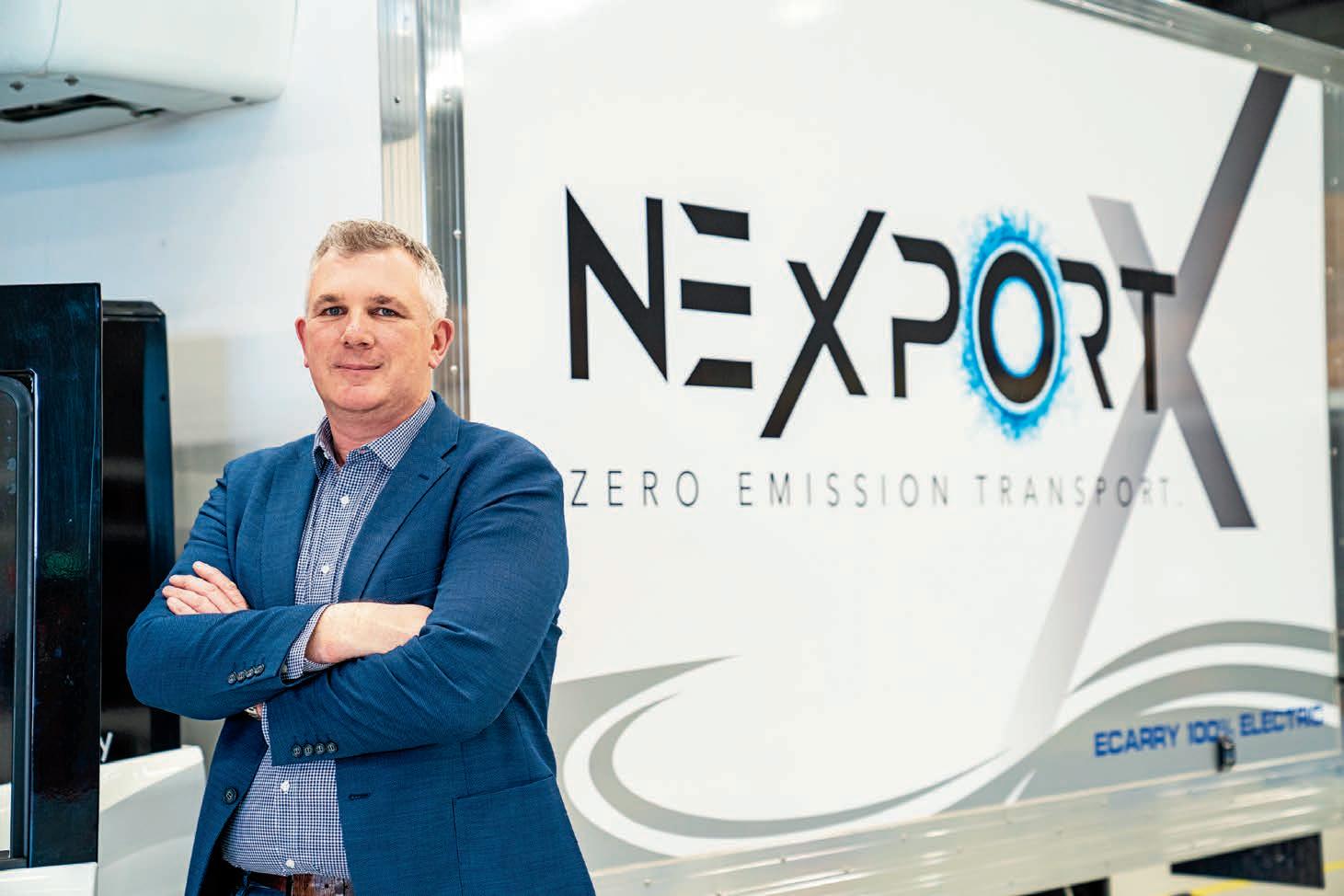
ABC: It’s been a rapid rise for Nexport in Australia! How has the journey been for you and the team so far? How has Nexport grown since first starting in Australia?
DP: It’s been an intense ride over the past 12 months for me personally and the rest of the team – many of whom have been with the company for more than three years.
Nexport’s experience started with the acquisition of a bus body building business that had deployed more than 500 buses in Australia. In 2019, we made the decision to build under the Nexport brand and focus only on zero-emissions vehicles.
Our first electric buses went to Sydney Airport in 2016 and are still in operation. Since then, we have deployed more
than 80 electric buses that have driven nearly six million kilometres.

We also developed the capability to help customers transition to zero-emissions through operational analysis, bus and charger deployment maintenance, depot upgrade and aftercare – a true one-stop shop offering.
ABC: Tell me about some of the key lessons you’ve learnt in the past few years and how it’s shaped Nexport today.
DP: There are big lessons that fundamentally affect our organisational direction and inform all decision making.
It all starts with listening to the customer. It sounds stupid but in truth it’s not currently happening. There is a lot of noise, with many people and organisations offering an opinion on how things should be done or selling their solution as the single fix.
The truth is that for transport operators and users, it’s a confusing landscape in which they are trying to determine their core business capability and areas where they need
We need to listen carefully, to operators, to their customers, to governments and to all their stakeholders.
ABC: And what are you hearing from these industry members?
DP: Practice what you preach! I think we’ve been guilty of promising a lot to the market in the past and we’ve learnt it the hard way. We now talk about under promising and over delivering!
We’ve also learnt to be a true partner on the transition journey. One operator told me recently that he can’t get rid of suppliers until he buys something and then he doesn’t see them for a decade! We know that partnerships are about win-win outcomes – we believe in sharing the good and the bad, the KPIs and the penalties.
Then there’s also the need to build
local expertise. This is a major challenge facing the industry. The industry has traditionally valued familiar faces and relationships but needs to incorporate new skills, expertise and knowledge. We focus on bringing in people with real operational experience.
Many operators are in their second and third generation of ownership or are owned by enormous corporates. They all have their own special blend of expertise and things they consider core business to ensure that they will be competitive. Our proposition, therefore, cannot be a one size fits all model. It must be flexible and aligned to the customer’s operational and commercial objectives.
Lastly, we know that partners must be independent. ‘How can you be independent if you sell your own bus?’ is a question we hear all the time, so we are going to diversify our brand and let Nexport focus on being an electric bus
Nexport will use its global experience to design, engineer and build electric vehicles tailored to the Australian

We will take a flexible approach to manufacturing. At times we will build a whole vehicle locally and other times we may look to only undertake final
We may also consider building overseas and importing some or all of
When it comes to this, under what criteria will you build local?
There are lots of pieces to the puzzle, but broadly if the market demands local content or if it’s cheaper, we build in Australia. Global shipping prices and supply chain volatility has created a big case for buying as much as
We have spent a lot of time in the past year localising and diversifying our supply chain but there are some things you can’t buy here yet.
We also developed the capability to help customers transition to zero-emissions through operational analysis, bus and charger deployment and maintenance, depot upgrade and aftercare – a true one-stop shop offering.
possible and are planning to open a factory in Sydney later this year. We are also exploring options for Queensland and Victoria. Our methodology includes ground up builds with the full chassis being manufactured here.
In addition to being a manufacturing facility, we plan to offer any available space as interim depots to operators that are transitioning their fleets.
ABC: This factory idea is exciting news! When do you think it’ll open?
DP: I’m confident that it will happen this year. The plans are done, I know the market wants it, so it’s solely about timing. We can see commitment building among the state governments and as momentum builds we will invest.
ABC: Coming back to Nexport being a bus company, what will you now focus on in Australia?

DP: Nexport is going to focus on being a passenger vehicle company that builds the best buses and vans in Australia.
Technology and weight reduction are critical to this and will allow us to either carry more passengers for the same battery capacity or increase range by adding batteries proportional to weight loss achieved. These are decisions that can be made upon understanding the customer’s operational environment.
Range anxiety remains a concern in Australia, especially in regional areas,
buses can go up to 500km while offering industry leading passenger capacities.
ABC: That would be an amazing feat. How will you achieve that?
DP: First the batteries will move off the roof and into the chassis. This means that the body can be built with lightweight materials as it does not need as much structural strength. Further, through the use of innovative designs, we can add more battery capacity without much additional mass.
We also see the opportunity to use anti-reflective paints and other emerging technologies to reduce the energy consumption of the buses, further enhancing the range achieved through weight reduction.
ABC: The major concern for zero-emissions buses centres around safety. How does Nexport emphasise safety among its growing fleet?
DP: Safety is definitely a major concern and it means different things to different people. For example, bus drivers would look at the safety of the cockpit.
We know from European experiences that small investments in things like cockpit ergonomics can benefit operators through increased productivity and reduced injury – we’re absolutely committed to working with drivers to create safe working spaces. Another is to take a systems-based
approach. We’re introducing safety systems that are considered standard in a car, such as lane departure and proximity warnings, driver fatigue and seat belt alerts as well as 360-degree views around the bus.
Then there is the physical safety of the bus itself. We remain vigilant of battery technologies and the risks posed and ensure appropriate measures are considered during our design, engineering and manufacturing process.
It sounds like Nexport’s on the right track as a bus company. Do you just simply cease the other parts of your company to focus on this?
Not at all. We understand the industry’s feedback that we need to focus our efforts, so we will roll different business capabilities into different brands. Nexport, as mentioned earlier, will be an electric bus and van brand.
Under the Gemilang Australia brand, we will build bodies for OEMs that require local content.
We are also going to launch a new brand called GoZero. There’ll be more on that soon, but it’s essentially about partnering with operators to transition businesses towards zero-emissions through a full ecosystem that focuses on zero-emissions as a platform proposition.
ABC: With all of these changes made, what does the Nexport range look like now?
DP: It starts with our successful 12.5m city bus. This will remain our flagship product but will evolve to DC technology and will come in multiple variants. We also see that the future of transport is in smaller buses and therefore have introduced buses at 7.5m, 8.5m and 10.5m sizes. We’ll also add a 57-seat coach to the range in the coming months.
These are all supported by our aftersales model, which works as a standalone offering or blended with our services into a turnkey solution. There are infinite possibilities and we’re excited by what the future holds.
ABC: This sounds terrific Dan. Thank you for chatting with me about the future direction of Nexport.
both HVAC and HVDC chassis inputs
Smart I-can control system – integrates with all chassis for efficient battery power management & pre-conditioning.

Energy efficient heat pump, with optional PTC heaters for extremely low ambient temperatures
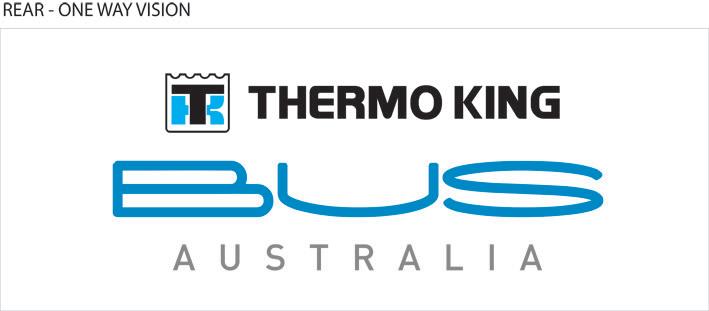
Increased cooling capacity
Battery cooling options available
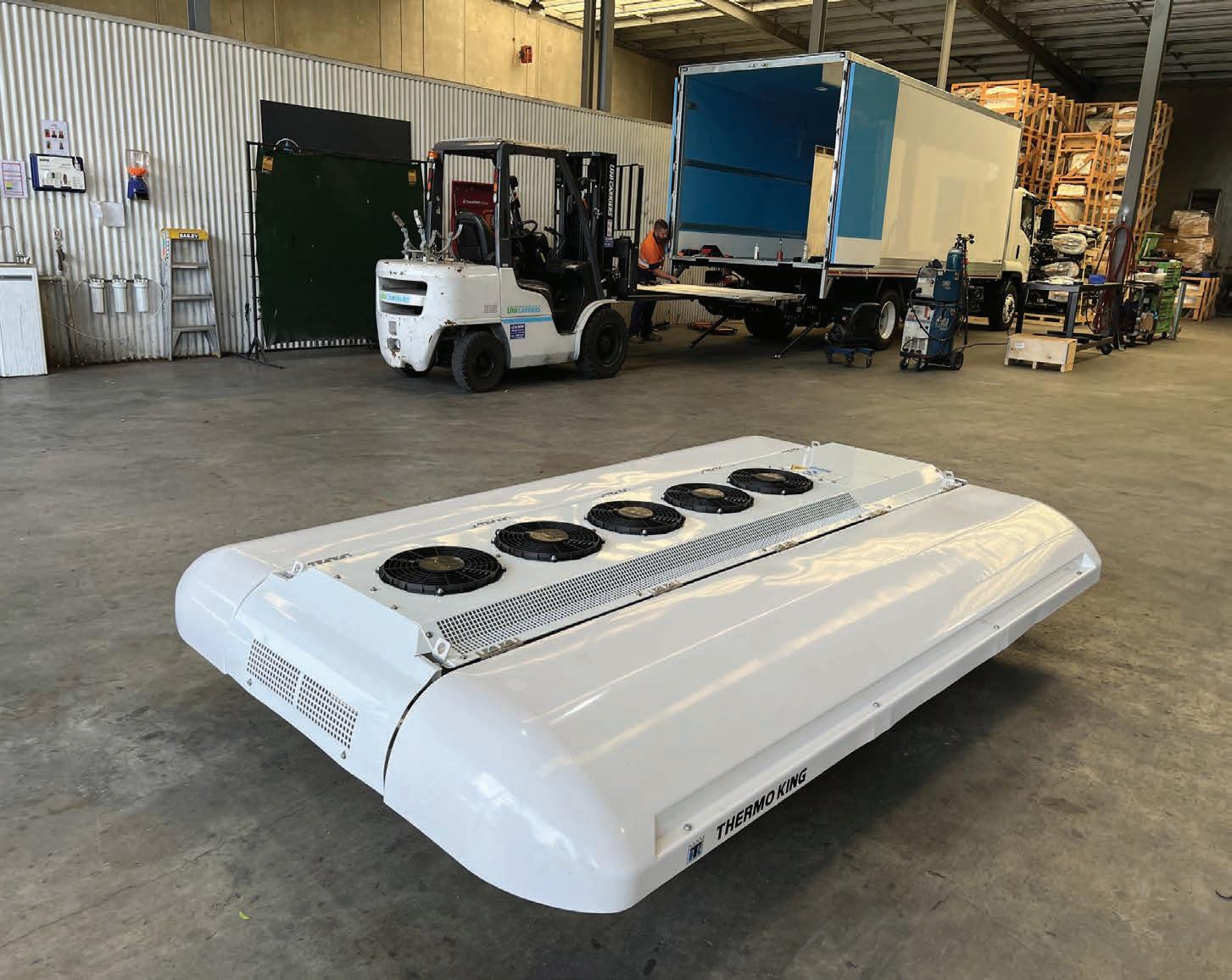
Aluminium extruder and distributor Capral has spent the past two years developing an extruded aluminium offer with some of the lowest carbon dioxide equivalent emissions (CO2e) in Australia. The new lower carbon aluminium options sit well below the global average for CO2e emissions and provide an exciting alternative for local manufacturers.
IMAGES CAPRALAs a major member of the aluminium extrusion and distribution market, Capral could’ve been forgiven if it rested on its laurels.
In 2021, the manufacturer chose to embark on a bold new venture as it sought to offer Australian manufacturers the lowest carbon extruded aluminium options it could.
Late last year, Capral released two new lower carbon aluminium options available for its locally extruded aluminium products that contain as little as a quarter of the global average of carbon.
The conceptualising and manufacturing of these unique products included intimate supply knowledge and the will to create
sustainable products for the bus and coach industry.
“We’ve been working on sustainable options for the past two years,” Capral general manager of supply and industrial solutions Luke Hawkins told ABC. “We started getting traction with suppliers roughly a year ago.
“We’ve now released our products – we were so excited to launch the two lower carbon options in the back end of 2022.”
Hawkins says since its foundation in 1936, Capral has grown to become Australia’s largest aluminium extruder and rolled product distributor in the country.
In the bus and coach industry, Capral’s aluminium products are used to create bus frames, camp rails and electric products.
“Aluminium is fundamental to building quality buses,” Hawkins says. “Our rolled models are also our other key products alongside extrusion. We pride ourselves on being a major Australian distributor of aluminium keys, sheets, plates and coils.”
Capral’s offering to the bus and coach sector, as well as the wider Australian manufacturing industry, made a massive leap in 2021 when the idea for lower carbon aluminium extrusions first arose.

In late 2022, Capral launched its two lower carbon primary aluminium options in the LocAl® Green and LocAl® Super Green, which contained carbon emissions of eight kilograms and four kilograms per kilogram of aluminium respectively.
The global average for aluminium carbon
emissions sits currently at around 16.8 kilograms per kilogram of aluminium.
To offer new products that contain amongst the lowest carbon available globally, Capral had to think laterally.
When Capral first began working on the LocAl® Green aluminium suite of products, it went looking for allies.
Hawkins says Capral first forged partnerships with industry bodies like the Aluminium Stewardship Initiative (ASI) to understand more about the considerations for responsible aluminium procurement.
“The ASI is a globally recognised body that focuses on sustainable aluminium,” Hawkins says. “When we found out which accredited smelters produced the lowest carbon primary aluminium, we used the list as the primary source of the truth.”
Capral also launched several initiatives throughout its own manufacturing processes to find ways of becoming more sustainable, focusing on using renewable energy in its facilities and scouring waste.
By becoming a member of the ASI last year, Capral is now on the path to receiving further levels of certification in 2023. It’s a rich
reward for Capral, who has spent the past two years focusing on the sustainable sourcing of its primary aluminium billet – used to create the diverse extrusions that Australian fabricators use to build buses and coaches.

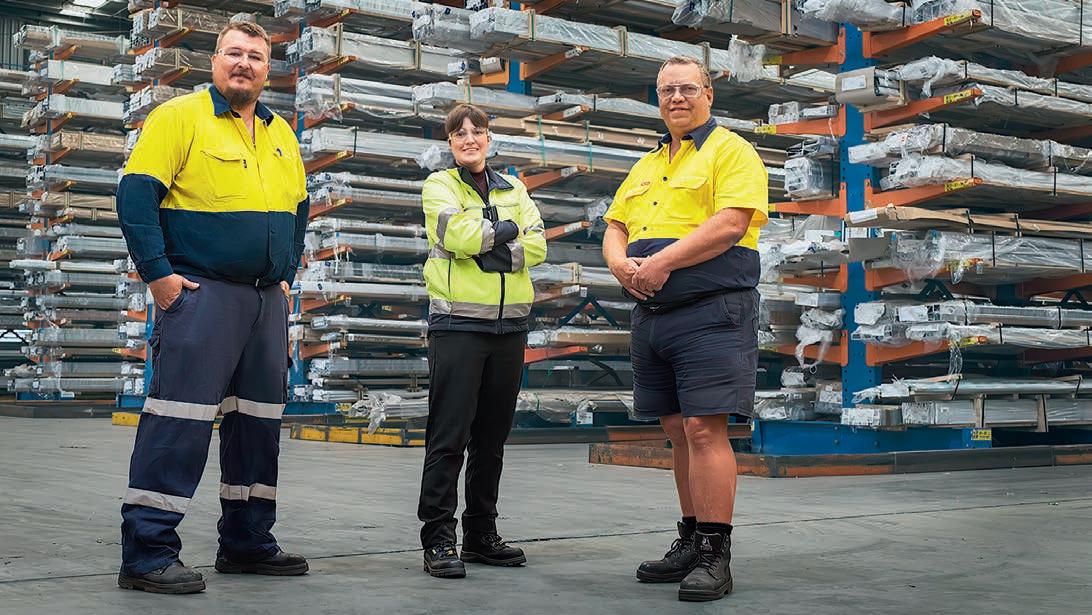
Hawkins says this education path provided Capral with the knowledge it needed to create the LocAl Green range.
“We achieved such low carbon in our LocAl Green range by changing supply sources,” Hawkins says.
“We’re hopeful that these products will help the industry transition to these types of aluminium alternatives progressively as it becomes part of the fabric of buses and coaches going forward.
“For us, it’s a market leading initiative in the Australian context. The LocAl Green products are currently exclusive to Australian manufactured extrusion products and we’re hopeful of bringing more to market this year.”
When it comes to the bus and coach industry, the Capral LocAl
Opposite, Top: Capral’s new lower carbon primary aluminium options offer great benefits for bus and coach manufacturers
Below: Capral’s team is working hard to release more sustainable products for the market this year
green products provide a unique opportunity to create lighter and more sustainable zero-emissions vehicles.
“We’re excited to provide the opportunity for the bus and coach industry to have lower carbon aluminium products so that they can build more sustainable vehicles and differentiate themselves from competitors,” Hawkins says.
“It’s a chance for builders to create a unique feature to their operations which can be so important when it comes to securing contracts.”
Capral’s offering isn’t just limited to sustainable procurement –it’s also entered into a recycling solution that is unique in Australia and it is contracted to recycle 550 tonnes with an Australian smelter. The move is a huge step towards closing the loop on locally produced, extruded and recycled aluminium within Australia.
It’s a left-field option, but Hawkins says Capral’s latest aluminium range is proof that there are many ways for the bus and coach industry to become more
By sourcing high quality local products for the integral build stage, manufacturers and operators can continue leading the way when it comes to the zero-emissions
“From our perspective, the LocAl Green range allows the industry to source lower carbon material that’s also Australian manufactured and supports local industry in an exciting initiative,” Hawkins says. “We’re all looking for that cleaner future and these products are a first step forward in the local aluminium
“Capral will continue to look for more sustainable options to offer the industry – we want to have more options for bus and coach members within the next year.”
We’re hopeful that these products will help the industry transition to these types of aluminium alternatives progressively as it becomes part of the fabric of buses and coaches going forward.



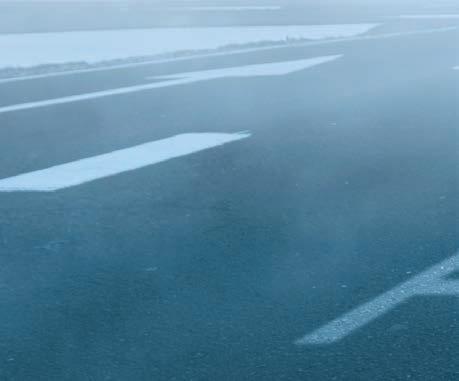

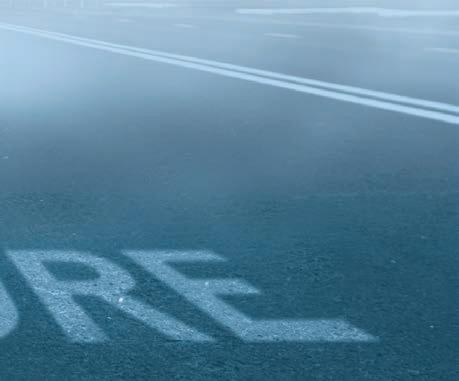








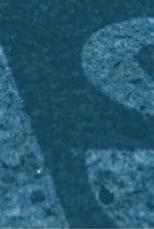



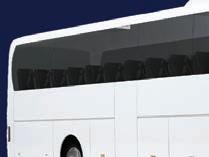
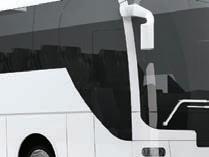



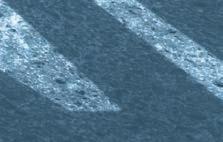





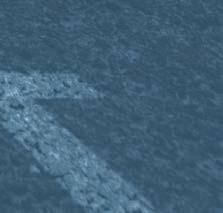


Zenobē was established in 2017 and has quickly grown as an EV fleet and battery storage specialist. In just over two years in Australia, Zenobē has already finished a milestone electric bus depot project that will have a lasting impact on the local industry.
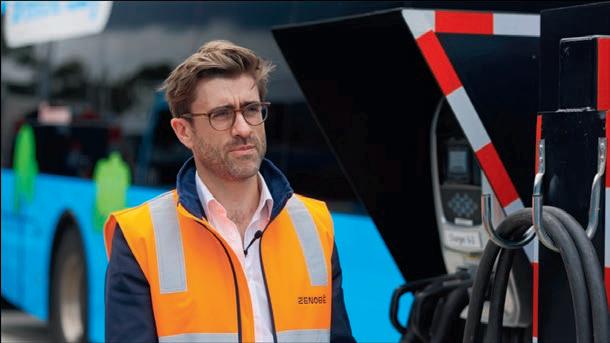

IMAGES ZENOBÉ
It took only three years for Zenobē to emerge as a start-up EV fleet and battery storage specialist at its UK headquarters before expanding into Australia in 2020.
In the three years since Zenobē’s expansion down under, it’s already played an integral role in one of the most groundbreaking projects seen in Australian bus and coach history.
Over the course of a year, Zenobē kick started the Leichhardt electric bus depot with operator Transit Systems. The project was completed in late 2022, in a clear example of how efficient and innovative Zenobē is as an electrification partner for fleet operators.
“We decided to move to Australia as there are strong similarities between operators and original
equipment manufacturers in both the UK and Australia,” Zenobē Country Director of Australia and New Zealand Gareth Ridge told ABC. “There are also similar legal frameworks and operating models we could work with.
“Our Leichhardt depot work has been our flagship project in Australia and still is today,.”
Zenobē was first founded when James Basden, Nicholas Beatty and Steven Meersman came together to create a business that initially focused on grid-scale battery storage to support the uptake of the renewable generation.
Soon after the trio had the opportunity to deploy battery storage at a UK Stagecoach bus depot in Guildford to support a limited grid connection.
Zenobē was able to complete the project in a short timeframe without the need for an expensive grid upgrade. Following this success, it diversified its offering, further developing its electric vehicle capabilities.
Since then, Zenobē’s mission has been to make clean power accessible to both the transport and energy industry.
Zenobē has since introduced a third business unit deploying second life batteries for construction, film sets and the events sector. This side of the business takes end-of-life batteries from electric buses and re-deploys them in second-life applications as either portable power units or back into bus depots to
Above: Zenobē is making history with its involvement in the Leichhardt electric bus depot project
This expertise was soon transferred to Australia through Ridge and the local team, where Zenobē’s main project was to quickly increase the popularity and size of the business down under.
“Being on the ground, we could establish the business and focus on our first project – the Leichhardt depot electrification,” Ridge says.
“Our initial focus when Zenobē first started in Australia in 2020 was to get it contracted and built.
“Being the market leader in Australia and New Zealand, we’re now well positioned to make up about a quarter of the global Zenobē business in the next three to five years.”
In just under three years, Zenobē has grown a team of 16 employees in Australia and New Zealand - its expected to double in size this year.
In Australia, Zenobē is using the Liechhardt project as an example of how it uses technology to support
the electrification of bus fleets.
For Ridge, the Leichhardt depot is proof of the extraordinary developments that Zenobē can help forge for the Australian bus and coach industry.
The Leichhardt electric bus project holds 40 electric buses in a mixed fleet consisting of Nexport/ BYD buses as well as Yutong E12s.
Zenobē forged contracts with Transit Systems and Transport for NSW (TfNSW) while also entering into a joint venture with transmission utility group Transgrid to help electrify the depot.
When Zenobē then received $5 million worth of funding from ARENA, Ridge was certain Zenobē would be able to fulfil its goal of completing the project on a total cost neutral basis.
“This shows the market that we can electrify at scale without having much of an impact on the bottom line,” Ridge says. “What’s key to this is Zenobē’s software that manages all the assets, including the battery storage, smart chargers and solar energy, to minimise total costs for the operator while ensuring operational uptime.”
Ridge says Zenobē prides itself on being technology agnostic, allowing it to solve challenges that the industry faces. These can range from financial challenges that can be overcome through turnkey models to technical challenges that require practical troubleshooting and analysing the latest charging technology.
The company is looking to build momentum following the success of the Leichhardt depot. Ridge says Zenobē has a mandated goal to invest heavily in its Australian team to become a popular name in the local bus and coach industry.
“We’re looking to invest about a billion dollars into Australia and New Zealand in the next three years,” Ridge says.
“We see that there’s a big transition about to happen across our business units from electric vehicle fleets to grid-scale battery storage and second life batteries.
“We have numerous public projects underway and we have other projects that we’ll announce
in the next month to get this period of growth underway.”
Currently Zenobē is funding the 12 new zero-emissions buses being introduced into the ACT.
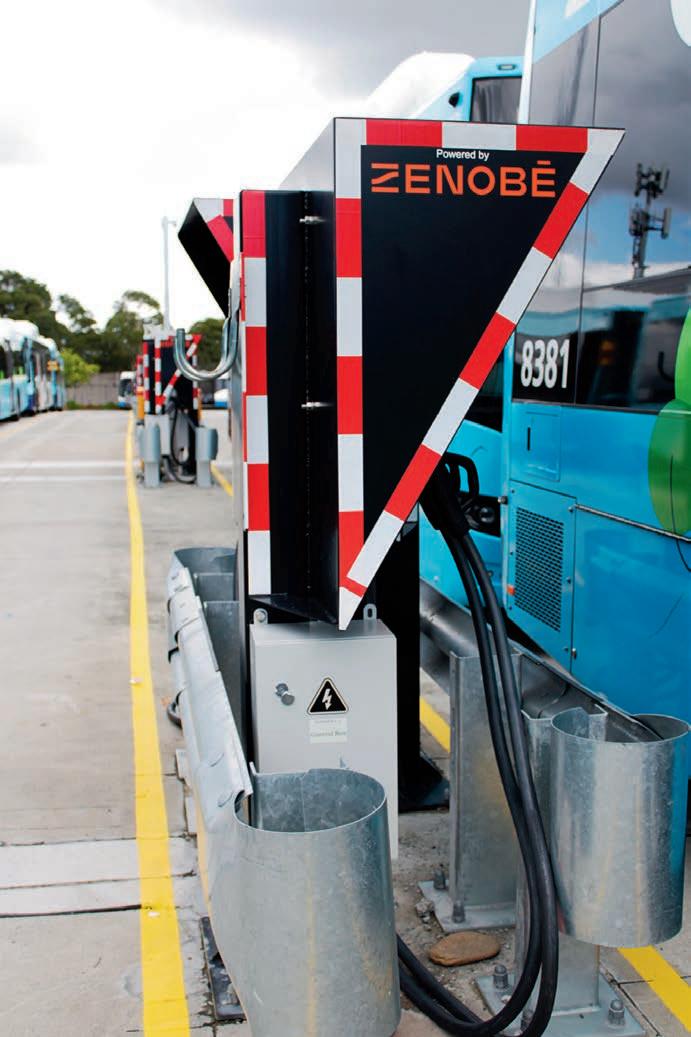
In New Zealand, Ridge says his team is also funding 18 electric buses with GoBus in a move that has been backed by the New Zealand Green Investment Fund.
Ridge says Zenobē will apply its same process to all of these projects, starting with no-cost feasibility assessments before planning and designing the charging infrastructure.
From that, Zenobē structures a solution that meets customer needs before taking on the project management and delivery of the entire process.
When a project is delivered, Zenobē then provides maintenance and operational support for the charging infrastructure and smart charging software to ensure fleets are always ready to complete their dedicated routes.
“We offer around the clock support for all of our projects through local contracts with engineers who are on-call to support any requirements,” Ridge says. “We can use different chargers, batteries and vehicles and still support these requirements.”
In just over five years, Zenobē’s influence has grown remarkably. The evolution of its commercial models for operators allows Zenobē to be a leading electric transport service solution provider across the UK, Australia and New Zealand.
In the future, Ridge is excited for Zenobē to deploy a model that allows for pay per month or kilowatt hour arrangements with depots so that the business can handle everything in the electrification process.
“I couldn’t be more excited about what we’re embarking on,” Ridge says. “This is a once-in-a-lifetime transition to zero-emissions vehicles and we’re keen to grow and invest in our team locally.
“We’re most excited to work closely with the local industry to build a network of local partners as we work with customers to develop solutions that meet their needs.”

a product for Western Australian customers.”
BCI landed on its Fleetmaster electric vehicle as the ideal choice for the historical delivery.
Armstrong and his team then began promoting the popular vehicle in the state with the hope that an operator would decide to order the zero-emissions model.
place to deliver an electric vehicle.
Bus & Coach International (BCI) made history in early February when it successfully delivered the state’s first private commercial electric coaches.
The process started a year ago when BCI brainstormed what model would best suit WA’s unique conditions.
“After previously focusing on city bus operations in the east of Australia, we thought it was time to diversify,” BCI CEO Desmond Armstrong told ABC. “We decided that we wanted to offer



Armstrong was excited by the response he got, as several operators and clients put their hands up to buy the Fleetmaster E. To get deals over the line, BCI listened to client feedback and redesigned the model to create a luggage space that rivalled that of BCI’s current diesel models.
“The air conditioning unit choice was one of the major factors due to the extreme conditions of temperature registered in Western Australia,” Armstrong says. “Required weight and ample luggage space were
Below, L to R: Armstrong inside the new vehicle, and the rear of the fully electric Fleetmaster model
key elements in building this model up to the similar features of the diesel version.
“Our engineers did a terrific job incorporating this feedback into the design.”
Although it was an arduous journey to redesign and deliver this electric coach, BCI knew the Fleetmaster was the right option. Armstrong says the Fleetmaster E is BCI’s lightest coach style vehicle in its fleet.
When BCI engineers could then extend the range in its designs by installing a 422kWh battery, the brand was confident its product could provide the range that most WA mining and tourist companies would accept.
“Our engineers cleverly located the battery in areas where
In early February, Bus & Coach International (BCI) started delivering the first private commercial electric coaches in Western Australia. BCI is hoping that this milestone is only the start of an electric boom out west.
fuel tanks were in our diesel models,” Armstrong says. “This enhanced the vehicle’s centre of gravity while also using up the engine bay area.
“By also utilising space in the rear axle and in front of the luggage bins, we were able to install the battery packs with an impressive capacity.”
Throughout this process, BCI worked with partners to gather vital information. After using this feedback from both electric companies as well as BCI’s previous diesel models, the brand began to produce the Fleetmaster E suited to WA’s arid conditions.
Armstrong is the first to admit that the process wasn’t quick nor easy. During the production stage, BCI had to have constant testing done to comply with the latest Australian Design Rules (ADRs)
Once the model was ticked off, BCI had to deal with administration challenges to get the vehicle licensed. Although it was tough, Armstrong is relieved to have the model comply with the latest ADRs.
“When shipping was decided, we sent one of the two units that we built originally to Western Australia, while
the other Fleetmaster E went to the east coast for last year’s Bus & Coach Expo,” Armstrong says. “Getting vehicles traversing Australia is a huge challenge, so we’ll keep this in mind as we aim to now build more models and send them to WA.”
The Fleetmaster E 53-seater was delivered to local operator Go West. The resources and tourism business says the coach will service South 32’s Worsley Alumina operations near Collie, providing electric transport for mining employees from Bunbury to Collie.

Go West general manager David Haoust says the operator mirrored BCI in wanting to expand its electric reach into WA after already running zero-emissions services on the eastern coast.

“With 55 electrified buses in NSW, it already made sense to spread the ideology to our other divisions of our business to ensure that the zero-emissions strategy continues to grow,” Haoust told ABC. “There’s a sense of pride to know we’re at the forefront of the latest technology to ensure the highest levels of safety in the cleanest possible way.”
Haoust says this delivery will serve as inspiration for the Go West team to continue coming up with new ideas to reduce waste while becoming a market leader in zero-emissions transport.
He says BCI was the ideal partner to deal with and praises the brand for its Fleetmaster model.
“With BCI, there weren’t many challenges and their professionalism was second to none,” Haoust says. “The only challenge we had to face was range anxiety and ensuring the model had more focus on its application than what you’d need for a diesel model that can go anywhere at any time.”
The 53-seat coach has become one of the two first private commercial electric coaches to operate in WA, following previous electric government transport buses in the state. The expected charge time of the Fleetmaster is between three and a half to four hours, while the coach contains a suite of industry leading safety features.
Armstrong says this delivery makes for an exciting moment in BCI’s history. Not one for celebrations, Armstrong is already looking ahead.
“It’s a wonderful achievement for BCI, but the work starts now,” Armstrong says. “We now have to stay close with these vehicles to gather information for future builds while supporting our clients – the journey has only just begun in WA.
“We have a good track record in delivering vehicles into WA, so we really hope we can continue that and fulfil more orders for the Fleetmaster electric coach.”
In the near future, BCI has already lined up deliveries for other clients in WA who have ordered the Fleetmaster E. While looking to increase WA’s electric coach footprint, BCI will also investigate other zero-emissions technology that it can develop to revolutionise transport in Australia.
“We’re all on this great journey to offer sustainable transport and we’re confident that we have a great product with the Fleetmaster E,” Armstrong says. “We’re also dealing with hydrogen projects too that we hope will materialise in the near future.
“BCI has always been an early adopter of technology and a willing participant in the field, so this historical delivery makes us very proud and excited about what’s to come.”
In March 2024, ABC Magazine will proudly support the inaugural Australasian Bus & Coach Transit Awards to recognise the many wonderful members of the industry.
The Australasian bus and coach industry is a sector filled with hard workers and terrific people. From its camaraderie to its pioneering status towards transitioning to zero-emissions vehicles, members of the industry deserve to be rewarded. And that’s just what we’re doing.
On Thursday March 21, 2024, ABC Magazine, alongside Manufacturers’ Monthly Magazine, will be on hand to support the first Australasian Bus & Coach Transit Awards. To be held in Sydney, the awards seek to proudly shine a light on the Asia Pacific region’s bus and coach manufacturers, distributors, operators and suppliers.
The awards night will showcase the innovative products, technology and programs that seek to promote core standards around safety and environmental sustainability in the bus and coach sector.
On the night, 10 awards will be handed out to the very best of the best in the bus and coach industry, ranging from the many hard-working operators in the nation through to the rigidly safe manufacturers who supply the sector. The 10 categories for awards include the:
• Rising Star of the Year Award, which recognises an individual 35 years and under who has impressed their colleagues and made an outstanding contribution to the industry.
• Industry Leader Award, which is given to any leader holding a senior position (executive, manager, director or equivalent) who has
effectively shaped their business’ success, delivered financial growth, significantly and positively impacted the culture and championed the industry widely.
• Woman of the Year Award, which recognises a woman in the industry who has driven change and continues to do so, leading to progress in breaking down barriers and creating new career prospects for the next generation.
• Operational Excellence Award, which is given to a team that has achieved demonstrable improvements in efficiency, industry best practice, OHS, sustainability and impeccable records.
tangible benefits across financial, safety and/or sustainability measurements.

• Operator of the Year, which goes to a fleet operator that has achieved success across key indicators of safety, growth and demonstrates a positive company culture.
• Distributor of the Year, recognising an OEM distributor that has achieved success in growth across sales and financial revenue, personnel and internal development opportunities.
• NextGen Award, which is given to a company driving a program or initiative that attracts young people to the broader industry.
Stay tuned for more information
• Sustainability Initiative of the Year, which recognises a product, technology, system, project or initiative that champions and drives sustainability, with tangible outcomes.
• Safety Program Award, which recognises a program, project or initiative that promotes and improves safety outcomes across a business and/or the wider industry.
• Technology Solution Award, which is given to a supplier of technology to an equipment OEM or operator to improve their process, delivering
to come as the industry prepares for a massive night of nights at the inaugural Australasian Bus & Coach Transit Awards.

Keep an eye out on ABC Magazine and busnews.com.au for more information on the night as well as the nominations process for the 10 awards.
To get involved in award sponsorship, which has many perks ranging from a table of 10 at the Gala event to an advertisement in the winners’ edition of ABC Magazine or Manufacturers’ Monthly Magazine, contact ABC now before spots are snapped up!
On the night, 10 awards will be handed out to the very best of the best in the bus and coach industry.
An increasing number of electric buses beginning to hit the Australian market means manufacturers need to find points of difference.
Foton Mobility is a new player in the local sector. The novel charging capabilities on its new low floor battery electric city bus makes its model unique.
“This new Foton electric bus includes a quick charging feature,” Foton Mobility national sales manager Greg Abel told ABC.
“Dual charging ports on the bus allows for complete charging in 90 minutes.
“Factor this in with our 240 kilowatt Charge Green charger that we sell and we can revolutionise the time it takes to charge electric buses.
“The premise behind this move is if we can reduce the charging time, it allows the bus to be available for longer periods throughout a day and reduces idle time.”
As a manufacturer of only zero-emissions buses, Foton Mobility’s background is different to other Australian manufacturers. Without ties to a diesel legacy, Foton
instead has a history of mass producing battery electric and hydrogen fuel cell heavy vehicles in China.
The Australian arm of Foton is bringing this expertise down under in the form of its new low floor battery electric bus.
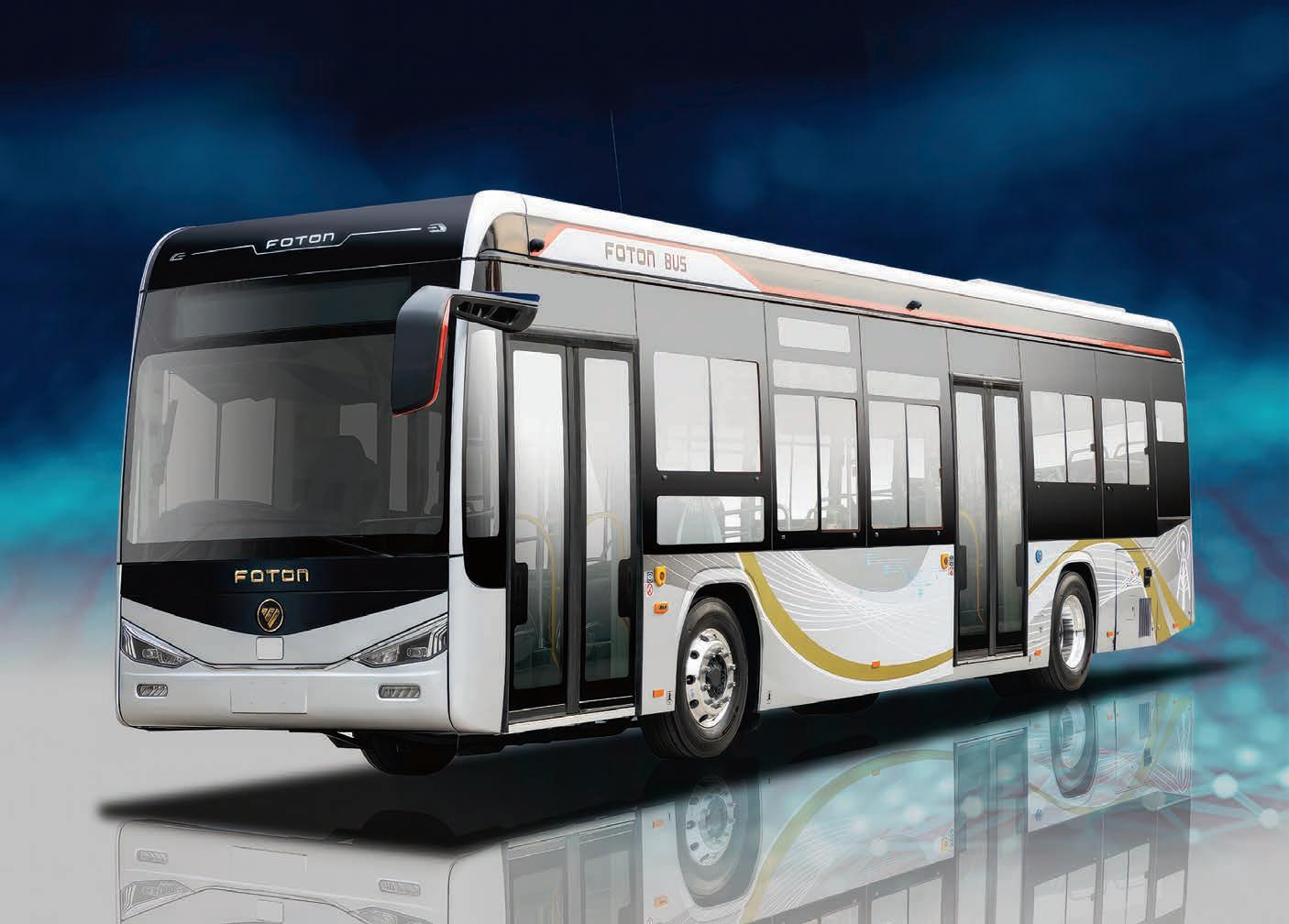
It’s another step in the zero-emissions journey for Foton after first introducing a hydrogen city bus to Australia in 2021.
The hydrogen bus was followed by Foton’s first battery-electric logistics truck, the iBlue model, in mid-2022,.
Foton then expanded further with its low floor battery electric bus option.
“This new bus came to Australia in mid-2022 because Foton believes there’s a market in Australia for both hydrogen and electric buses,” Abel says.
“We thought the low floor was the best model to first bring out in our electric fleet.
“The bus then received full Australian Design Rule (ADR) approval in September. It’s now ready for the Australian market.”
Abel is one of the lucky few in Australia to have taken Foton’s new battery electric low floor bus on a drive.
IMAGES FOTON MOBILITY
With years of global experience under its belt, Foton Mobility has used all of this knowledge on its new low floor battery electric city bus that’s set to hit the Australian market this year.
Abel says the low floor model is a proven product that is simple and smooth to drive.
“I’m very keen to get the low floor battery electric bus out to operators on trials,” Abel says.
“The aesthetics and major components are similar to what we have in our FTH12 hydrogen fuel cell bus and it contains many features that make it attractive to operators.

“The way the bus drives and handles will surprise operators, as the build quality and pricing of the vehicle is very competitive.”
The components onboard the Foton electric bus carry familiar names. The ADR and Disability Discrimination Act (DDA) compliant model includes a DANA motor with 350 kilowatt hour CATL batteries, ZF axles and Bosch steering.
A key part of Foton’s zero-emissions venture is its ability to forge partnerships with many members of the international bus and coach industry.
It currently partners with the likes of ZF, CATL and Toyota.
“We’re working with names that Australian operators are familiar with,” Abel says.
“Some industry members may not be familiar with our vehicle, but they’ll know the major parts fitted inside it and know that they can trust it as a proven product.”
Pair all of this with Foton’s five year or 400,000 kilometre complete warranty on the bus and an eight years or 640,000 kilometres warranty for the battery and it makes for an attractive proposition.
If the buses take off in Australia, the manufacturer is prepared for mass production. As a global company, Foton is familiar with fulfilling large orders to a high standard. It recently delivered 1100 electric low floor buses in Chile.

The Foton Group has more than 20 individual factories around the globe, giving it the capacity to build buses on a large scale.
“What we bring to the market is the experience we have with building these vehicles and their componentry,” Abel says.
“Our experience is more important than our size, but the size of our global group allows us to
achieve any orders required due to the scope and scale of partnerships that we’ve made.”
For operators who have experienced Foton’s global electric offerings, Abel says this new electric city bus is similar to previous models, including the iBlue truck.
He says Foton remains consistent across all vehicles by following the same process when it comes to testing and build.
Abel says the aim is to limit the initial upfront cost for operators and minimise the total cost of ownership to help boost electric bus sales in Australia.
“This bus is a proven Foton vehicle with build numbers in the bank and operational kilometres on the board,” Abel says.
Above: The new electric model contains familiar names when it comes to componentry
Below: Dual charging ports allows for the bus to be completely charged in 90 minutes

Opposite, Top:
the road in any operation.”
With operational experience, Abel knows that there is more to pleasing the Australian industry than just supplying a quality electric low floor bus.
He says providing service after the sale to ensure vehicles are kept on the road is just as important.
It’s why Foton Mobility has recently established a nation-wide service network for its vehicles.
Foton has also engaged in partnerships with prominent service agents to provide an extensive service department to specialise in aftersales care.
This includes local technicians working out of Foton’s head premises in New South Wales’s Smeaton Grange and numerous specialists from factories all around Australia who are trained to care for electric and hydrogen buses.
“Having this battery electric bus on the market was a high priority on our list so that we could show its reliability and build quality,” Abel says.
“It’s now about consolidating our products while continuing to engage in product development so that we can provide the best electric buses for the Australian market’s needs.”
Some industry members may not be familiar with our vehicle, but they’ll know the major parts fitted inside it and know that they can trust it as a proven product.
As a dealer of global electric bus airconditioners,Queensland Thermo King is not alone in the local market.
Yet with a footprint that spans all across Australia and provides extensive aftersales service, it has become a unique member of the local heating, ventilation and air conditioning (HVAC) market.
As the national dealer of Thermo King Bus products, Queensland Thermo King has meticulously established a network of support staff and technicians in Queensland and beyond, ranging from its Brisbane head office to subsidiary premises in New South Wales, Victoria and Western Australia.
“This network allows us to do
something pretty special in the HVAC market and respond to both market demands and customer needs,” Queensland Thermo King customer solutions manager Allan Lowes told ABC.
“It helps us immensely when we can have people on the ground to provide key decision makers with market knowledge and customer requirements.”
Lowes says Queensland Thermo King has revamped its Brisbane head office to accommodate for the growth of the business and its own electric air conditioning unit offerings.
Alongside the collaboration with Thermo King in the development of new products, Lowes says this dedication to a head office increases capacity to market demands while also
allowing for more efficiency when it comes to customer service and overall experience.
He says aftersales support through Queensland Thermo King’s sites around Australia is becoming a vital part of the company’s operations.

“The way we’re approaching this is two faceted,” Lowes says.
“We need a product that keeps up with the latest technology, but then we also know that having support through product technical teams, training teams and support staff is important in the transition to electric models and supporting our customers.
“Our close internal relationship between the customer solutions and operations teams enables this to come to fruition.”
The focus on electric bus technology
As a HVAC dealer, Queensland Thermo King is continuing to look for new ways to grow in Australia. The combination of a new electric model and an expanding national network is helping give the dealer a point of difference.
isn’t limited to aftersales support.
importing and supplying HVAC systems that are now designed for electric buses and coaches.
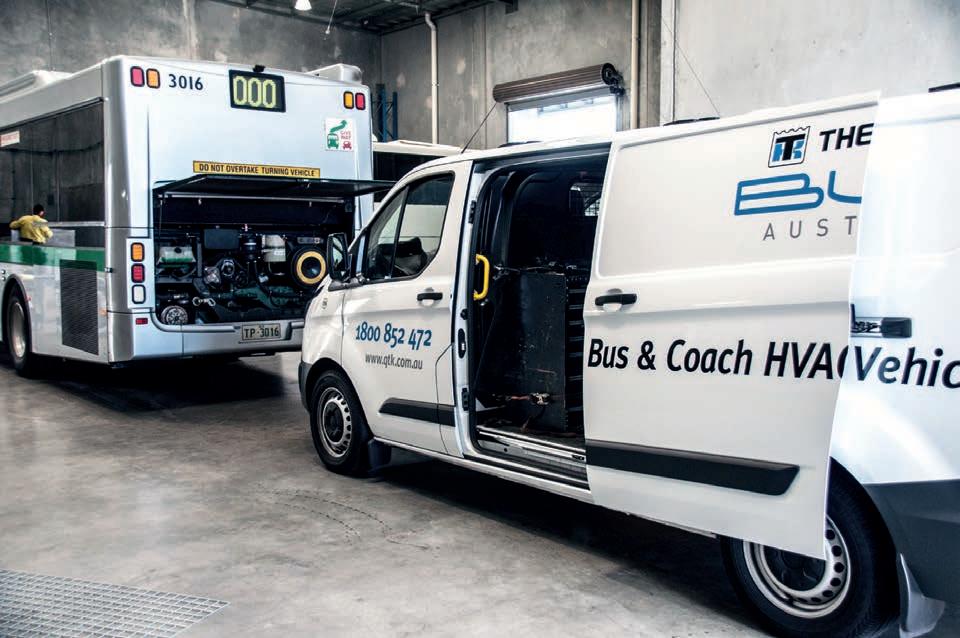
electric products,” Lowes says. connections in Thermo King who are willing to accommodate and
The initial result was the E1200 electric model that first began
updated version in the E1200 LW (lightweight) model that is now providing more value for electric weight in order to increase the vehicle’s capacity to travel longer
Thermo King currently has more than 100 electric air conditioning units in Australia, with the majority being the predecessor in the E1200 model. He expects this to change once the industry understands the new benefits of the LW product.
“The new E1200 LW model supersedes the original electric product we have,” Lowes says.
“All of the same benefits apply from the E1200 model. The oldest E1200 in Australia currently is seven years old and has been performing well.”
This experience from the E1200’s success has allowed Queensland Thermo King to access historical data and learn ways to update the model.
After analysing the performance of the model, Lowes and his team gave feedback to the global Thermo King business about how to improve the electric HVAC system further.
Alongside the continued knowledge that arises from
historical performance, Queensland Thermo King was able to receive and begin supplying the E1200 LW model, with the major difference being the reduction in weight.
“The E1200 LW model is more of a compact design, which is quite important for electric buses where roof space is becoming prime real estate,” Lowes says.
“The new model has a lightweight aluminium frame that reduces a substantial amount of weight and aids in getting more range for the vehicle.
“We changed some of the features and used inverter technology and DC power management all in one to make it a unique and purpose-fit model for each bus that we install it on.”
Lowes says the E1200 LW unit is only the start for Queensland Thermo King’s investment into electric models. He says his team is constantly communicating with the global Thermo King body about future product developments and designs.
Lowes says this international connection has been pivotal to Queensland Thermo King’s

recent growth.
He credits Thermo King’s global band of engineers who adopt his feedback and support the growing Australian market.
With both Queensland Thermo King and its international body looking to enhance its product range in the coming years, Lowes is grateful for the close relationship that he shares with Thermo King.
“Our partnerships in the Australia and Asia Pacific region are very beneficial for driving local outcomes in our market,” Lowes says.
“We’re now working on different items to add value to the bus solution for HVAC climate control.
“We’ll keep working with OEMs locally and internationally to develop more products that lead this space.”
The new model has a lightweight aluminium frame that reduces a substantial amount of weight and aids in getting more range for the vehicle.
For Irizar Asia Pacific, prior preparation played a major part when it came to sales made at the end of last year.
The importer and bus and coach bodybuilder cast its focus over a range of sectors in the second half of 2022 to ensure it had a busy 2023 lined up.
The hard work paid off when Irizar achieved its budget for orders in 2023 within the first month of this year.
“We’re very confident in the 2023 market and what it has in store for us,” Irizar Asia Pacific managing director Steve Heanes told ABC. “Our order bank is incredibly strong as we see a good recovery in the charter and coach sector, as well as in the mining sector.
“We had a strong focus on all three sectors. We initially thought we were on track for a good recovery, but this will exceed that.”
It’s an impressively quick return for Irizar.
Following COVID-19 lockdowns and ongoing supply chain issues over the past couple of years, the bodybuilder had to adapt.
Heanes says Irizar kept a balanced approach in order to see sales surge once again. This meant keeping an eye on a wide range of markets, starting with school charter businesses and continuing
to the mining and coach industries.
At the end of 2022, the proof was in the pudding as Irizar closed the year with more than 120 orders to fulfil in 2023.
Heanes says the result gives Irizar great confidence that it’s heading on an exhilarating trajectory in 2023 and beyond.
“We started seeing this upturn in sales in the final quarter of last year,” Heanes says. “We started receiving really strong enquiries that allowed us to have some great conversations.
“We really kicked some goals and won
coach, school, mining and charter areas keeps plenty of doors open, while the return of inbound cruise ships offers Irizar the opportunity to sell to customers who have renewed confidence in purchasing quality vehicles.
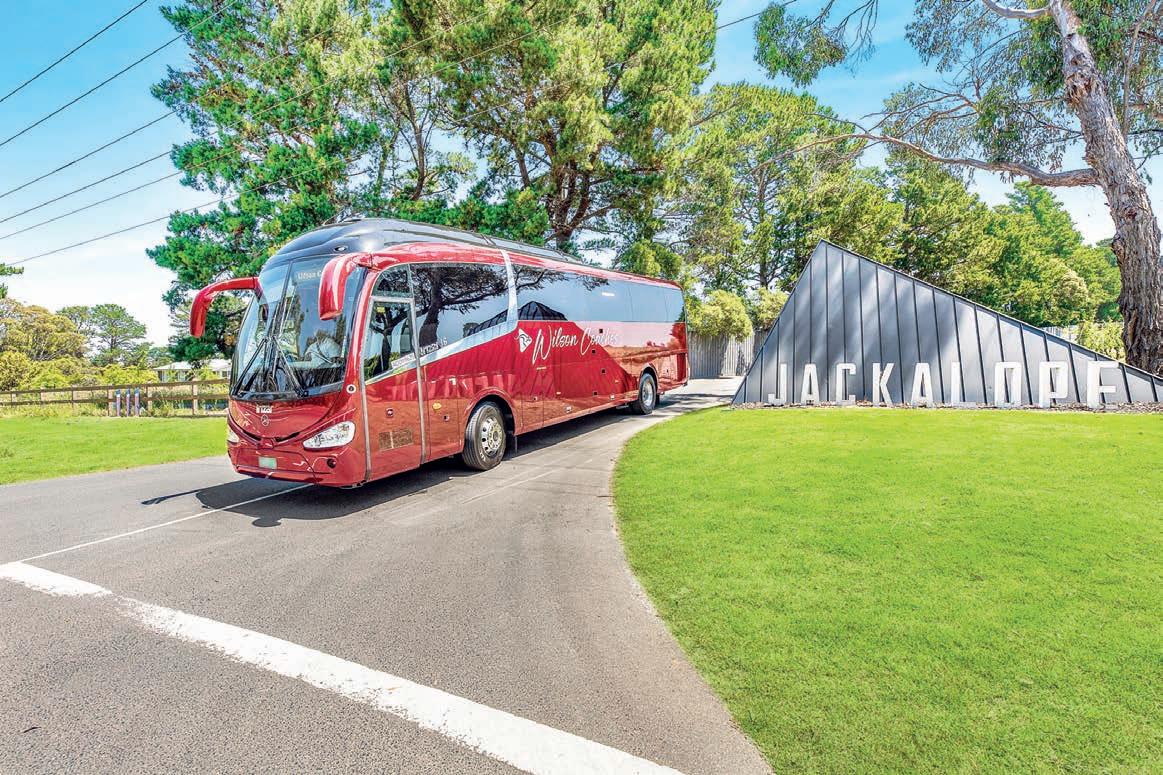

The high demand will allow Irizar to change where and how it operates.
Currently the bodybuilder is based in the Victorian suburb of Hallam. Throughout 2023, Irizar will leave those premises and establish itself in Pakenham’s South-East Business Park,
As it looks to overcome supply chain issues, Irizar Asia Pacific managed to get ahead of the game with its 2023 order book. After a successful start to the year, Irizar is now preparing for larger journeys.
vehicles in a timely manner,” Heanes says. “This new site will allow us to double the size of our parts warehouse, which is a major bonus for us.”
Irizar Asia Pacific aims to move from a 1000 sqm facility to a 3500 sqm factory that will allow for the single preparation of up to 12 vehicles at a time and the opportunity to construct a factory flow with stations around the premises.
Alongside these bonuses will be a dedicated seat fitment area and a contractors’ region to make operations run smoother than ever before.
“Currently we have two sites running,” Heanes says. “We can now consolidate it into one, which will allow us to store between 30 and 40 buses in stock undercover.”
Heanes has also worked hard to invest in staff and engineering managers to make the build and delivery process even smoother when Irizar moves into its new space.
It’s a positive for Heanes, who is still trying to overcome the inbound shipping and supply chain delays that are extending lead times for body builds.
Heanes says he is now experiencing extended delays when ships are forced to wait at sea for up to a week before they’re allowed to dock on Australian shores.
“Our focus will be to deliver all of our order bank this year and optimising the supply chain is a major part of this,” Heanes says.
“We have a close working relationship with shipping agents and contractors, so we can forward order lots of components





vehicles as efficiently as possible before making the move to Pakenham.
The factory move is not the only news on the horizon for Irizar.
There are also strong rumours a new Irizar model, the i6S Efficient coach, will be arriving in Australia from Europe in the near future. This model offers another 12 to 13 per cent increase in fuel efficiency due to its aerodynamics, weight reduction and design.

to ensure they’re here in advance.
“We’ll continue making sure that we order one to two months in advance than what we normally would to ensure parts are here in time to meet arriving vehicles.”
Although a lot of Irizar’s major ordering work is already done, 2023 promises to be a busy year for Heanes and his team as they set about delivering the ordered
Alongside this potential release, Heanes is excited about continuing to grow the Irizar brand in what is expected to be a boom year for the bodybuilder.
“This year is a mix of both fulfilling our large order book and expanding the brand further,” Heanes says. “It’ll be a fun mission for the year and we can’t wait to see how we go.”
Our order bank is incredibly strong as we see a good recovery in the charter and coach sector, as well as in the mining sector.
E-T-A’s HVR10 is another evolution in the manufacturer’s electrical engineering products. Ricardo Pimenta is one of many at E-T-A’s global headquarters who continue tackling the challenges that electrification throws at electrical circuits.

In his 17 years working for E-T-A, Ricardo Pimenta has seen transport technologies change rapidly.
Since starting with the global engineering manufacturer in 2005, Pimenta was testing, supporting and developing existing and new products. As product manager, he’s now responsible for the electrical automotive relays portfolio and the high voltage program in E-T-A’s Transportation Division.
Pimenta’s job title changes throughout the years summarise the rapid technological evolution that the transport industry has seen since the mid-2000s.
towards a more sustainable mobility future. This includes developing products that suit the new wave of zero-emissions buses and trucks that are hitting both Australia and the world.
Pimenta says the future of division transportation at E-T-A lies in both the digitalisation and electrification of vehicles and assets. His helping hand in the quest for environmentally friendly mobility is what fuels constant development in electrifying buses and trucks.
This drive to safely improve electric bus technology has resulted in E-T-A’s latest innovation in the HVR10.
life for vehicles.
In an emergency, the relay can switch off and still function, with high end semiconductors allowing the systems to still work.
Pimenta says the HVR10 is very successful in nicheapplications demanding high uptime and safety. This can vary from electric excavators used in underground mines to the many electric buses that are now running routes around the world.
Above: The new HVR10 is a major innovation for E-T-A
Below: E-T-A started designing the model around two years ago
Opposite: Ricardo Pimenta has worked with E-T-A for more than 17 years
“I started at E-T-A with a degree in Mechatronics and added a business degree on the side,” Pimenta told ABC. “In my 17 years at E-T-A I have worked in various departments, including in the test lab and in research and development.
“Now I work on high voltage products that continue to grow the transportation sector.”
Based in Bavaria, Germany, Pimenta has helped drive E-T-A
The hybrid high voltage relay is an arc-free switching system that makes the disconnection of electric systems inside a vehicle safer, even in the event of an electrical overload.
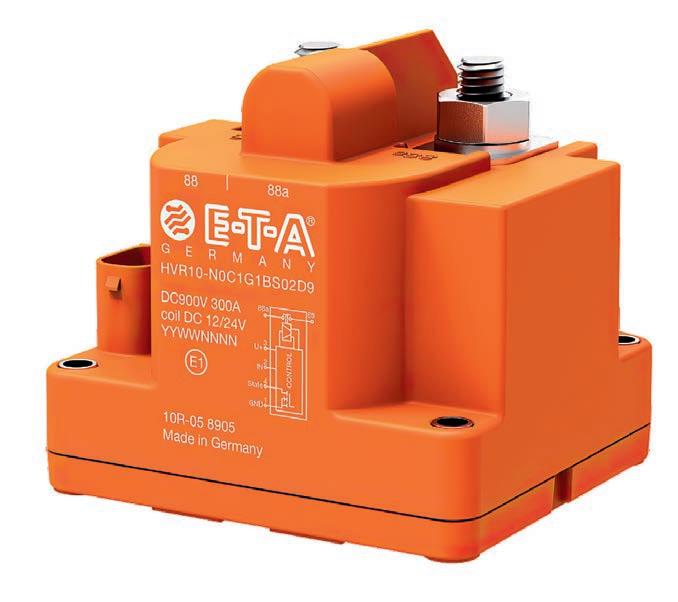
The HVR10 can switch off high short circuit currents up to 2,000 A at 1000 V, meaning an increase in uptime of buses, trucks and construction vehicles.
“The special part of the HVR10 is that we have developed an electronic bypass around the mechanical contact,” Pimenta says. “This suppresses the arc when switching and is a completely new approach from E-T-A for automotive relays.”
Pimenta says E-T-A launched the HVR10 relay around two years ago.
The unique electrical bypass means electrical contacts onboard a vehicle are much less stressed, guaranteeing a longer service
The technology behind the HVR10 sounds complex. Simply put, the relay is a compact system that provides very high breaking capability in an emergency while extending the uptime of zero-emissions buses and trucks.
The HVR10 is the first step into the high voltage market for E-T-A. While promoting the relay, the engineering manufacturer is also in the midst of developing a space-saving high voltage circuit breaker that can combine the switching function of a high voltage relay with the safety of a high voltage fuse into one product.
In simple terms, this new product will enhance the protection of electrical circuits onboard buses to ensure these vehicles can run as smoothly and safely as possible.
This new system will allow a vehicle’s battery management system to switch batteries back on in case of faulty measurements to ensure vehicle availability.
Such is the nature of E-T-A, it is always juggling various innovative developments.
Pimenta and his team are also simultaneously working with a partner to develop a high voltage pyrotechnic fuse that has an increased breaking capability.
Pimenta says the demand for higher breaking capacities are skyrocketing as electric buses and cars use increasingly powerful energy storage systems to enhance range.
This demand makes for plenty of challenges that Pimenta and E-T-A are collectively working around.
Both battery electric and hydrogen fuel cell buses operate at much higher voltages than in the past, creating the need for new technology to keep circuits safe onboard.
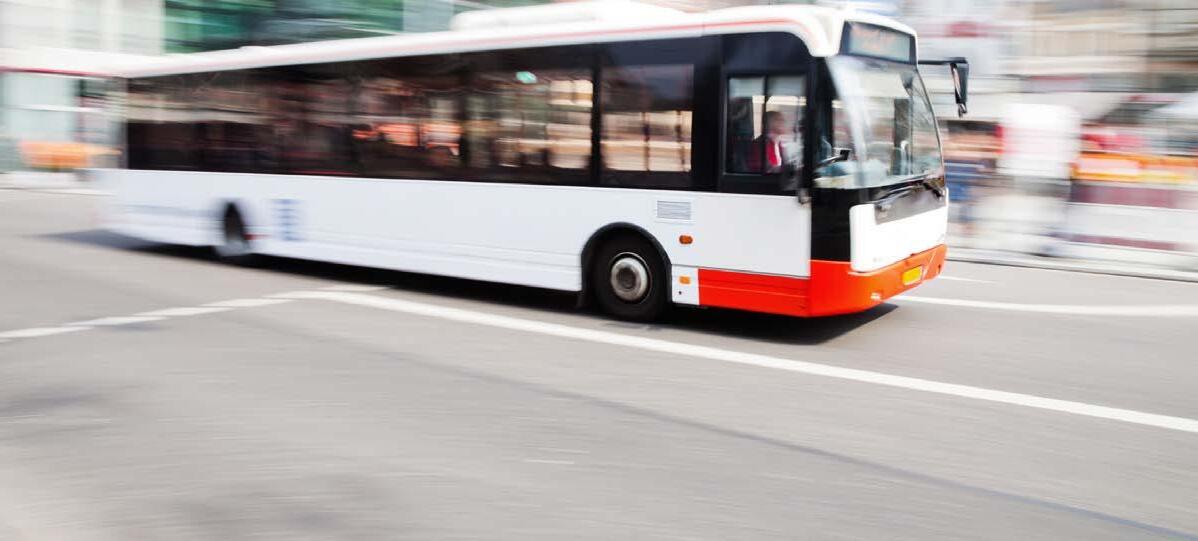
“This progression of high voltage technology means that completely new switchgear and protection elements have to be developed for vehicles,” Pimenta says. “The biggest challenge is the electric arc that is generated as soon as the electric contacts are opened.
“The higher the voltage, the greater the component stress.”
E-T-A clearly doesn’t have time to stop and celebrate its successes.
Pimenta is continuing to push on past the HVR10 as more crucial high voltage safety products are in the works at E-T-A’s global headquarters in Germany.
Despite coming up with many solutions, Pimenta’s burgeoning career is dedicated towards continually overcoming the challenges that a rapidly expanding zero-emissions transport sector place on electrical systems onboard buses.

“For all three product groups, including the HVR10, it’s a very exciting time,” Pimenta says.
“The pre-development phase is well underway and we’re currently working with a number of customers on the specifications for the series product.
“At this stage, we’ll still have the freedom to take new requests into account and are open to suggestions.”
The hybrid high voltage relay is an arc-free switching system that makes the disconnection of electric systems inside a bus safer, even in the event of an electrical overload.
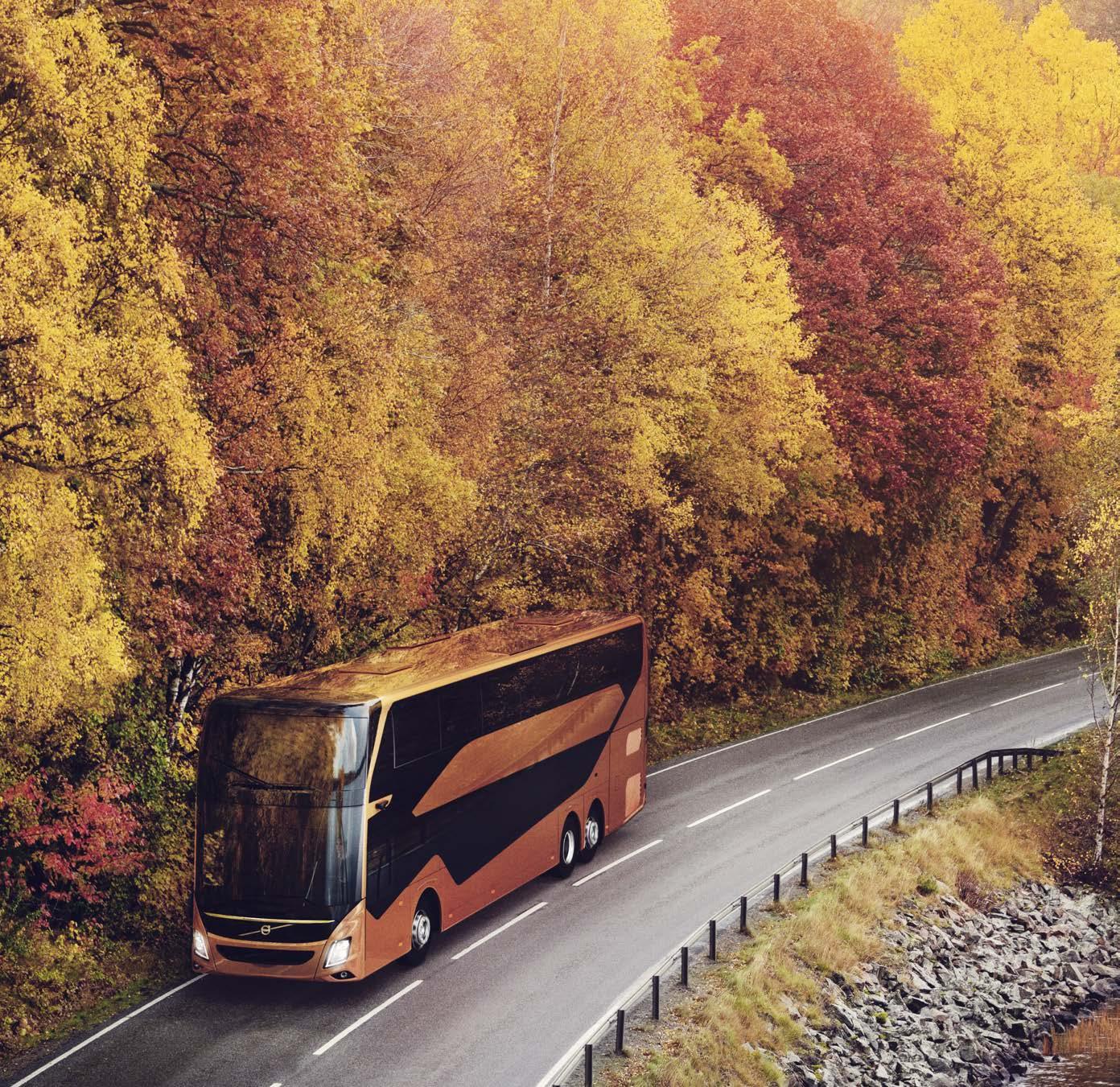
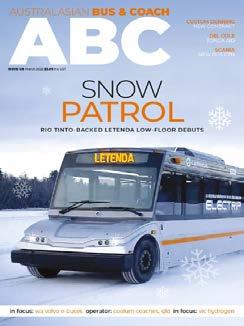
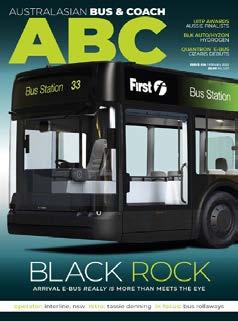


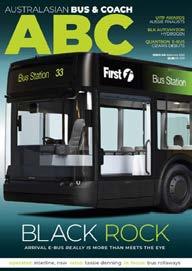
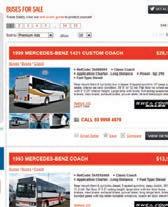



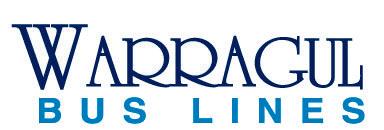

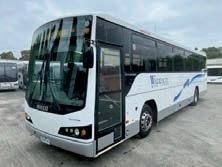




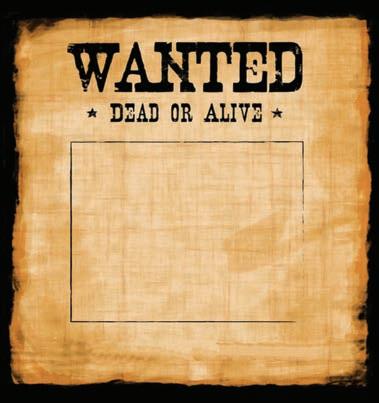

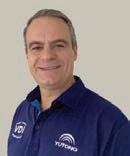









Be sure not to miss out on an opportunity to attend these fantastic in-person events
The Bus Industry Summit will take place in Canberra in March

QBIC
April 14/15
Annual Conference & Gala Dinner
MAY
BusNSW
May TBA
Delegates Forum/ Country & Metro/ BusNSW AGMs/ BoM-BCIA-Coop Meetings
JUNE
QBIC
June 16
Regional Member Forum Gympie/ Maryborough
TasBus
June TBA
Annual Conference and Dinner
Regional Seminars Southern NSW
QBIC
February 24
Regional Member Forum
Toowoomba
BusVic
February 27-28
Wodonga, Wangaratta, Shepparton and Swan Hill Branch Meetings
MARCH BusVic
March 1
Ouyen Branch Meeting
BusNSW
March 6-10
Regional Seminars Northern NSW
BusVic
March 21
Melbourne Branch Meeting
BIC
March 21-22
Bus Industry Summit (Hotel Realm, Canberra)

BusVc
March 27-28
Maryborough, Hamilton, Horsham and Bendigo Branch Meetings
APRIL
QBIC
April 13
Committee/ Supply Partner Evening
UITP Global Public Transport Summit (Barcelona)
June 15-17
JULY BusVic
July 11-14
Maintenance Conference & Trade Show Melbourne
BusWA
July 13-14
Conference in Perth
AUGUST
QBIC
August 5
Regional Member Forum Chinchilla
BusNSW
August 25
NextGen Leaders Forum Sydney
SEPTEMBER
QBIC
September 8
Partner Forum Cairns
QBIC
September 9
Regional Member Forum Cairns
OCTOBER
BusNSW
October 4-5
2023 Conference Wollongong
BusWorld Europe (Brussels)
October 16-19
BIC
October 16-19
Moving People Conference (Energy Events Centre, Rotorua NZ)
DECEMBER
BusNSW
December 4
Delegates Forum/ Country & Metro Meetings/ Xmas Function
TBA
QBIC
Christmas Event
Opticruise transmission including a retarder, Irizar 13.5m “Century” bodies, 54 lap sash seat belted seats, 48 when 2 wheelchairs fitted, rear toilet, A/C, plus more, travelled approx. 1,500-1,650,000klms, engines and transmissions have been rebuilt approx. 4-500,000klms ago

Reduced to $110,000.00+GST each

Ifthebackendof2022wasn’tgoodenough,theAustralianbusand coachindustrytookdeliveriestoanotherlevelinthefirstmonthof2023.
Following an excellent return to en masse deliveries in 2022, bus and coach OEMs didn’t experience any post New Year delays when it came to supplying new vehicles.
For January, the industry opened with an impressive 105 deliveries, eclipsing December’s effort of 91 units delivered.
When it came to chassis, a different company seized pole position to start 2023. Yutong were far and away the leader in January, recording an impressive 32 deliveries to nearly double the second placed and perennial frontrunner in Volvo (17). Bus & Coach International (BCI) was close behind on 16, while Scania dropped down to fourth with 13 deliveries after taking out December’s honours. Mercedes-Benz (eight) remained consistent to start the new year, while King Long and BLK (five units) couldn’t be split. BusTech Group started 2023 with three deliveries, while BYD and I-Bus (two deliveries each) narrowly beat MAN and Challenger (one apiece) to round out the chassis deliveries for January.
Yutong continued its chassis dominance when it came to the bodybuilder market, as it echoed the 32 deliveries for January. BCI continued to impress in January, as its hot start to the year gave it second place with 21 units. Perennial body champion Volgren was relegated to third place in January with 14 deliveries, just ahead of Irizar (10). Both King Long and BLK (five) remained tied, while Scania (four) and BusTech Group (three) beat out Coach Design, I-Bus and Express Coaches, who each recorded two deliveries. The final five deliveries for January were split between five different brands in an even market.

In the evolving seating sector, Yutong’s deliveries helped it narrowly edge out its competitors. The Yutong clean sweep continued as it recorded the 32 seat deliveries, while Sege was mightily impressive but fell one short with 31 units. McConnell (24) remained close behind the pair, with the podium well
ahead of next best StyleRide with nine deliveries. King Long (five) remained ahead of APM (two), while Marcopolo and Fainsa both recorded the single delivery for January.
Yutong’s dominance extended into the air-conditioning market through its Cling-Yutong brand, as its 32 deliveries proved too much for Thermo King (21). MCC rounded out the top three with 16 units for January in a remarkable jump from the single unit it delivered in December, while Hispacold was nestled into fourth with 10 deliveries. Valeo tripled its December output with six units delivered, while King Long wasn’t far behind with five deliveries. Collectively, Coachair, Denso and Konvekta all couldn’t be split with four deliveries each, while Songz (two) and Spheros (one) rounded out the sector.
Finally as we look to the state-based competition, Victoria’s dominance ended at the hands of Queensland. The northern state delivered the most buses and coaches with 28 for January, while New South Wales fell just short with 25 of its own. Victoria was pushed down all the way to third with 21 deliveries after previously recording 38 units in December. Western Australia started 2023 off strong with 16 deliveries, while the final 15 deliveries were split between emerging areas in South Australia (seven), the ACT (six) and Tasmania (two).
Turn overleaf for comprehensive bus and coach delivery information for January. Please note all data is as supplied from manufacturers, at their discretion.
Yutong continued its chassis dominance when it came to the bodybuilder market
Intheevolvingseatingsector,Yutong’s deliverieshelpeditnarrowlyedge outitscompetitors.TheYutongclean sweepcontinuedasitrecordedthe32 seatdeliveries,whileSegewasmightily impressivebutfelloneshortwith31units. McConnell(24)remainedclosebehindthe pair,withthepodiumwellaheadofnextbest StyleRidewithninedeliveries.KingLong (five)remainedaheadofAPM(two),while MarcopoloandFainsabothrecordedthe singledeliveryforJanuary.
Yutong continued its chassis dominance when it came to the bodybuilder market, as it echoed the 32 deliveries for January. BCI continued to impress in January, as its hot start to the year gave it second place with 21 units. Perennial body champion Volgren was relegated to third place in January with 14 deliveries, just ahead of Irizar (10). Both King Long and BLK (five) remained tied, while Scania (four) and BusTech Group (three) beat out Coach Design, I-Bus and Express Coaches, who each recorded two deliveries. The final five deliveries for January were split between five different brands in an even market.
Yutong’s dominance extended into the air-conditioning market through its Cling-Yutong brand, as its 32 deliveries proved too much for Thermo King (21). MCC rounded out the top three with 16 units for January in a remarkable jump from the single unit it delivered in December, while Hispacold was nestled into fourth with 10 deliveries. Valeo tripled its December output with six units delivered, while King Long wasn’t far behind with five deliveries. Collectively, Coachair, Denso and Konvekta all couldn’t be split with four deliveries each, while Songz (two) and Spheros (one) rounded out the sector.
When it came to chassis, a different company seized pole position to start 2023. Yutong were far and away the leader in January, recording an impressive 32 deliveries to nearly double the second placed and perennial frontrunner in Volvo (17). Bus & Coach International (BCI) was close behind on 16, while Scania dropped down to fourth with 13 deliveries after taking out December’s honours. MercedesBenz (eight) remained consistent to start the new year, while King Long and BLK (five units) couldn’t be split. BusTech Group started 2023 with three deliveries, while BYD and I-Bus (two deliveries each) narrowly beat MAN and Challenger (one apiece) to round out the chassis deliveries for January.
BCI RobertsonBus&CoachQLD1BCICruiser12BCI400REuro5A
RobertsonBus&CoachQLD1BCIPromaBCI207REuro5A
ATGWA9BCIFleetmasterBCI325REuro5AAllison2
NewcombeCoachlinesNSW2BCIFleetmasterBCI325REuro5AAllison2
AustralianTransitEnterprisesSA2BCICitirider12BCI325REuro5A
GeronimoBusesWA1BCICitirider10BCI300REuro5A
BLK HurstbridgeBus&CoachVIC2President2BLK320REuro5AAllison212.5Valeo
CrossCountryToursQLD1President2BLK360REuro5AAllison213.2Valeo61 – – –X –X –SegeY KineticResourcesQLD2President2BLKRZero
BYD KineticMelbourneVIC2D9RAVolgren300kWRZero
BUSTECH GROUP ClarksLoganQLDQLD1BusTechZDI-P450BusTechGroup(QLD)321/240RZero
CHALLENGER
KeolisDownerHunterNSW2BusTechZDI-P450BusTechGroup(QLD)321/240RZero
FleetspecWA1ChallengerV10ChallengerV10300REuro5AAllison210.5Thermo
I-BUS AUSTRALIA N/ASA1IsuzuNQRI-Bus190FEuro5AIsuzu28Songz
N/AQLD1IsuzuNQRI-Bus190FEuro5AIsuzu28Songz
KING LONG N/ATAS1KingLongKingLong285REuro5ASZF2
N/AQLD2KingLongKingLong250REuro5ASZF
N/AQLD1KingLongKingLong235REuro5ASZF213King
N/AQLD1KingLongKingLong235REuro5ASZF213King
MAN FallonsWangarattaVIC1IC.19.290.RR8CoachDesign290REuro5A
MERCEDES-BENZ N/AQLD1O500RSBCI360REuro5AZF
N/AQLD1O500RSBCI360REuro5AZF
N/ASA1O500RSExpressCoaches360REuro5AZF
N/AWA1OC500RFE51936Omnibus360REuro5AZF
N/AVIC1OC500RFE51936BCI360REuro5AZF
N/AVIC2OC500RFE61936BCI360REuro6AZF
N/AQLD1OC500LEE6Volgren300REuro6AZF
SCANIA B&GChristianVIC1K320CB4x2NBCoachDesign320REuro6A
IrizarAsiaPacificQLD1K310IB4X2Irizar310REuro5OpticruiseScania2
KineticMelbourneVIC1K320HB4x2LBVolgren320REuro6OpticruiseScania212.5Thermo
KineticMelbourneVIC1K320HB4x2LBVolgren320REuro6OpticruiseScania212.5Thermo
KineticMelbourneVIC1K320HB4x2LBVolgren320REuro6OpticruiseScania212.5Thermo
KineticMelbourneVIC2K320HB4x2LBVolgren320REuro6OpticruiseScania212.5Thermo
LCDyson'sBusServicesVIC1K320IB4X2Irizar320REuro6A
McHarrysBusLinesVIC4THDK370CB4x2NB12.3CL3ScaniaHiger370REuro6A
TassielinkTransitTAS1K320CB4x2LBExpressCoachBuilders320REuro6A
VOLVO PatersonCoachesNSW1VolvoB8RCoachConcept330REuro5A
KinrossWolaroiSchoolNSW1VolvoB8RMarcopolo330REuro5A
PortBusNSW1VolvoB8RIrizar350REuro6A
SeapostNSW1VolvoB8RVolgren320REuro6A
CDCSouthEastQLDQLD3VolvoB8RLEVolgren320REuro6A
King'sChristianCollegeQLD1VolvoB8RVolgren330REuro5A
IrizarAsiaPacificQLD4VolvoB8RIrizar330REuro5A
IrizarAsiaPacificQLD2VolvoB8RIrizar330REuro5A
OrgansCoachesVIC1VolvoB8RIrizar350REuro6A
KangaCoachesSA1VolvoB8RSupportrans330REuro5A
SeymourCoachesVIC1VolvoBZLVolgrenN/ARZero
YUTONG N/ANSW1D9Yutong250REuro5AAllison210Cling-Yutong –39 – –X – – –YutongY
N/ANSW3D12Yutong360REuro5AAllison2
N/AQLD1D9Yutong250REuro5AAllison210Cling-Yutong
N/ANSW1D7Yutong190FEuro6AAllison28Cling-Yutong
N/ASA1D9Yutong250REuro5AAllison210Cling-Yutong –39 – –X – – –YutongY
N/ANSW2D9Yutong250REuro5AAllison210Cling-Yutong –39 – –X – – –YutongY
N/ANSW1D7Yutong190FEuro6AAllison28Cling-Yutong
N/AQLD1D9Yutong250REuro5AAllison210Cling-Yutong –39 – –X – – –YutongY
N/ANSW1D12Yutong360REuro5AAllison2
N/ANSW2D7Yutong190FEuro6AAllison28Cling-Yutong
N/AWA2D9Yutong250REuro5AAllison210Cling-Yutong –39 – – – –X –YutongY
N/AWA2D7Yutong190FEuro6AAllison28Cling-Yutong
N/ANSW1D12Yutong360REuro5AAllison2
N/AQLD1D7Yutong190FEuro6AAllison28Cling-Yutong
N/ANSW1D12Yutong360REuro5AAllison2
N/AACT6E12Yutong350kwhN/AZero
N/ASA1D7Yutong190FEuro6AAllison28Cling-Yutong
N/ANSW1D7Yutong190FEuro6AAllison28Cling-Yutong
N/ANSW2D9Yutong250REuro5AAllison210Cling-Yutong –39 – –X – – –YutongY N/ANSW1D12Yutong360REuro5AAllison2
TOTAL DELIVERIES 103
5AZF212.3ThermoKing –53 – – – –X –SegeYN 5AZF28.8MCC39 – – – – –X –SegeYN 5AAllison212.3MCC57 – – –X – – –SegeYN 5AAllison212.3MCC57 – – –X – – –SegeYN 5AZF212.5MCC51 – – – – –X –SegeYN 5AZF210.1MCC33 – – – – –X –SegeYN 5AAllison212.5Valeo57 – – –X – – –SegeYN 5AAllison213.2Valeo61 – – –X –X –SegeYN AN/A312.5Valeo –53 – –X – – –SegeYY ABYD212.1ThermoKing – –37 – –X – –McConnellNY AZF210-12.9ThermoKing46 – – – –X – –McConnellNY AZF210-12.9ThermoKing46 – – – –X – –StyleRideNY 5AAllison210.5ThermoKing45 – – – – – –XFainsaYN 5AIsuzu28Songz32 – – – – –X –APMYN 5AIsuzu28Songz32 – – – – –X –APMYN 5ASZF210.2KingLong46 – – –X – – –KingLongYN 5ASZF29.1KingLong40 – – – – –X –KingLongYN 5ASZF213KingLong58 – – – – –X –KingLongYN 5ASZF213KingLong58 – – –X – – –KingLongYN 5AZF210-12.9ThermoKing –34 – – – –X –StyleRideYY 5AZFEcolife212.3Coachair –48 – –X – – –SegeYN 5AZFEcolife212.3MCS –48 – –X – – –SegeYN 5AZFEcolife212.3ThermoKing57 – – – – –X –McConnellYN 5AZFEcolife212.3ThermoKing57 – – – – –X –McConnellYN 5AZFEcolife212.3Valeo61 – – – – –X –McConnellYN 6AZFEcolife212.3Denso61 – – –X – – –McConnellYN 6AZFEcolife212.3ThermoKing43 – – – –X – –StyleRideNN 6AZF212.5ThermoKing57 – – – – –X –StyleRideYN 5OpticruiseScania212.3Hispacold57 – – – – –X –SegeYN 6OpticruiseScania212.5ThermoKing – –43 – –X – –McConnellNN 6OpticruiseScania212.5ThermoKing – –43 – –X – –McConnellNN 6OpticruiseScania212.5ThermoKing – –44 – –X – –McConnellNN 6OpticruiseScania212.5ThermoKing – –43 – –X – –McConnellNN 6AZF212.5Hispacold –48 – – – –X –SegeYN 6AZF212.3Konvekta57 – – –X – – –McConnellYN 6AZF212.5ThermoKing45 – – – –X – –StyleRideNN 5AZF212.5ThermoKing57 – – –X – – –StyleRideYN 5AZF212.5Spheros57 – – – – –X –MarcopoloYN 6AZF210.8Hispacold –36 –X – – – –SegeYN 6AZF212.3Denso – –43 – –X – –McConnellNN 6AZF212.5Coachair – –48 – –X – –McConnellNY 5AZF212.5ThermoKing61 – – – – –X –StyleRideYN 5AZF212.3Hispacold –53 – –X – – –SegeYN 5AZF212.3Hispacold57 – – – – –X –McConnellYN 6AN/A212.9Hispacold57 – – – – – – –SegeYN 5AN/A212.9ThermoKing76 – – – – – – –StyleRideYN AN/AN/A12.9Denso44 – – – – – – –McConnellYY 5AAllison210Cling-Yutong –39 – –X – – –YutongYN 5AAllison212.4Cling-Yutong57 – – –X – – –YutongYN 5AAllison210Cling-Yutong –39 – –X – – –YutongYN 6AAllison28Cling-Yutong27 – – –X – – –YutongYN 5AAllison210Cling-Yutong –39 – –X – – –YutongYN 5AAllison210Cling-Yutong –39 – –X – – –YutongYN 6AAllison28Cling-Yutong27 – – –X – – –YutongYN 5AAllison210Cling-Yutong –39 – –X – – –YutongYN 5AAllison212.4Cling-Yutong57 – – –X – – –YutongYN 6AAllison28Cling-Yutong27 – – –X – – –YutongYN 5AAllison210Cling-Yutong –39 – – – –X –YutongYN 6AAllison28Cling-Yutong27 – – –X – – –YutongYN 5AAllison212.4Cling-Yutong57 – – –X – – –YutongYN 6AAllison28Cling-Yutong27 – – –X – – –YutongYN 5AAllison212.4Cling-Yutong57 – – –X – – –YutongYN N/AN/A212.5Cling-Yutong – –44 – –X – –YutongNY 6AAllison28Cling-Yutong27 – – –X – – –YutongYN 6AAllison28Cling-Yutong27 – – –X – – –YutongYN 5AAllison210Cling-Yutong –39 – –X – – –YutongYN 5AAllison212.4Cling-Yutong57 – – –X – – –YutongYN
When Mo Thompson first moved from mainland USA to Alaska just before the COVID-19 pandemic, she thought she’d only be there for a summer. When her husband then asked her to forge through a freezing winter, Thompson had one proviso.
“When he asked me to stay for the winter, I told him I would only if I had a puppy,” Thompson told ABC.
Thompson soon had her dog and began working two jobs in the seasonal Alaskan city of Skagway. In just a couple of short years, Thompson’s love of dogs led to her owning and running the most unique bus service Skagway has seen.

With many seasonal workers coming to Skagway and working gruelling hours, Thompson first started her business by taking co-workers’ dogs for walks during her lunch break.
The small city soon noticed that Thompson was exceptionally good with dogs and in the years that followed, Thompson went from walking a small group of dogs to needing vehicles to transport her growing collection of puppy participants for their daily mountain walks. But it all went to another level when Thompson and her husband bought a bus.
“When I bought our latest bus, the internet fell in love,” Thompson says.
“Now with this new bus, I’ve been posting daily on TikTok as the dogs hop onboard.”
The videos that Thompson posts daily to social media show dogs waiting in the snow on the curb for the Mo Mountain Mutts bus to pick them up. The video then records them as they hop onboard and trot to their seat, where they socialise with the other dogs.
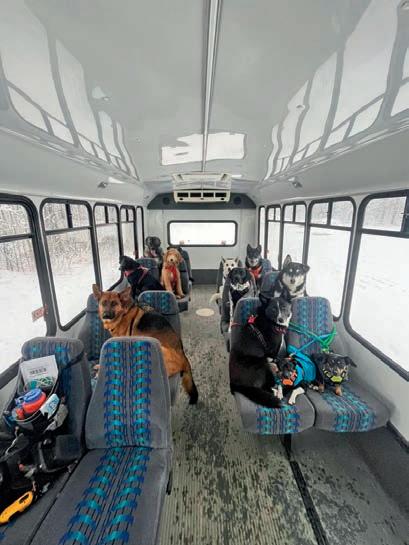
Thompson says the bus has been a hit for the dogs – there’s now even a designated ‘licky puppy corner’ for the younger and more excitable passengers.
“On the bus every dog has their own seat,” Thompson says. “We have that corner made up of a quadrant of seats where the licky puppies go.
“It’s eliminated the problem of older dogs not wanting to sit next to a licky puppy, as the senior dogs stay well away from the dogs who lean on each other and get excited.”
The Mo Mountain Mutts bus is a 2005 Ford Eldorado AeroTech bus that
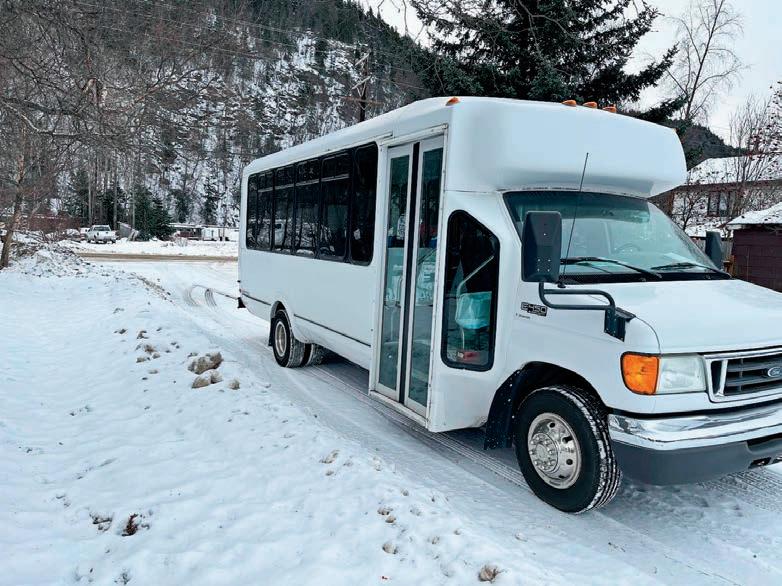
owning a bus after previously owning a minivan has allowed her to film the dogs more and create a following on social media.
“The dogs love the bus as they get good treats when they hop on and behave,” Thompson says. “I always use high value organ meat for them when they get onto the vehicle, so they get a treat pass upon entering.”
The bus has done more than just keep the dogs and Thompson sheltered.
Certain TikTok videos of the Mo Mountain Mutts have been seen more than 55 million times, with certain dogs, like Jake, becoming a fan favourite on the social media app. It’s created a whirlwind for Thompson that has revolutionised her business. She credits the bus for her success.
“I was so lucky to get the bus,” Thompson says. “Now I’m at my capacity for dogs to care for and I can post daily.
“The dogs love the bus and the puppy bus is a hit!”
In Skagway, Alaska, a unique dog walking business has exploded on social media after buying a bus to transport its canine clientele.








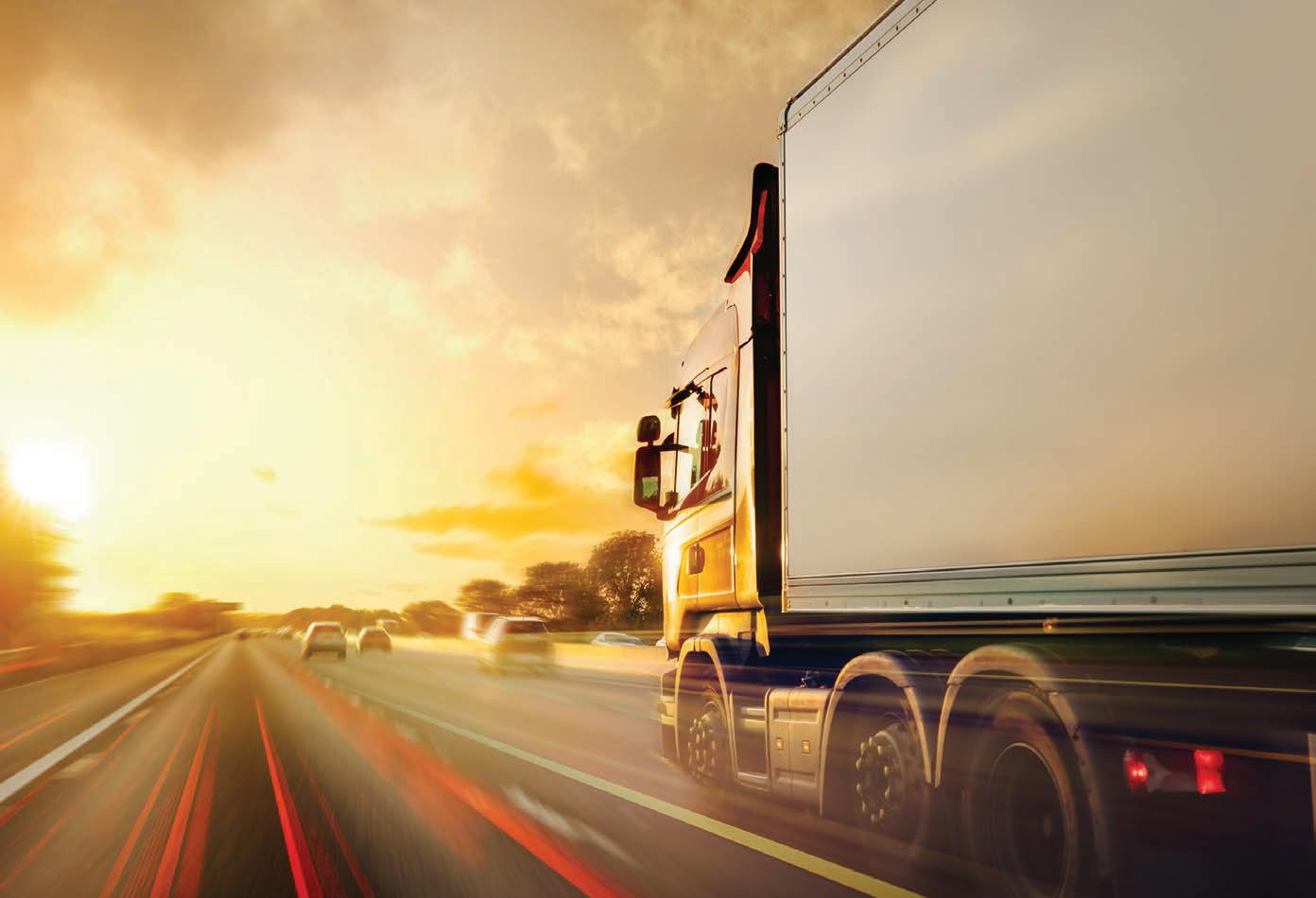
The world’s best rated commercial telematics platform is up to Australia’s freight task.
40,000 + Global customers
2 Million + Connected vehicles
40 Billion + Daily records
Fleet optimisation
+ Improve fuel economy
+ Decrease idling
+ Reduce speeding
+ Monitor engine data
+ Plan maintenance
Compliance
+ Vehicle safety inspections
+ Seatbelt use reporting
+ Manage driver infractions
+ Corporate sustainability programs
Productivity
+ Real-time fleet management
+ Exception rules
+ Trips & activity reporting
+ NFC Driver ID
+ Easy dispatching
Expandability
+ Open-source platform
+ Marketplace of Add-ons & Add-ins
+ SDK & APIs
+ IOX expansion on every device
Safety
+ Risk & safety reports
+ In-vehicle coaching
+ Accident notifications
+ Collision reconstruction
+ Driving in reverse
Sustainability
+ Reduce fuel consumption
+ Track CO2 emissions
+ EV performance monitoring and reporting
+ GO device recycling program
